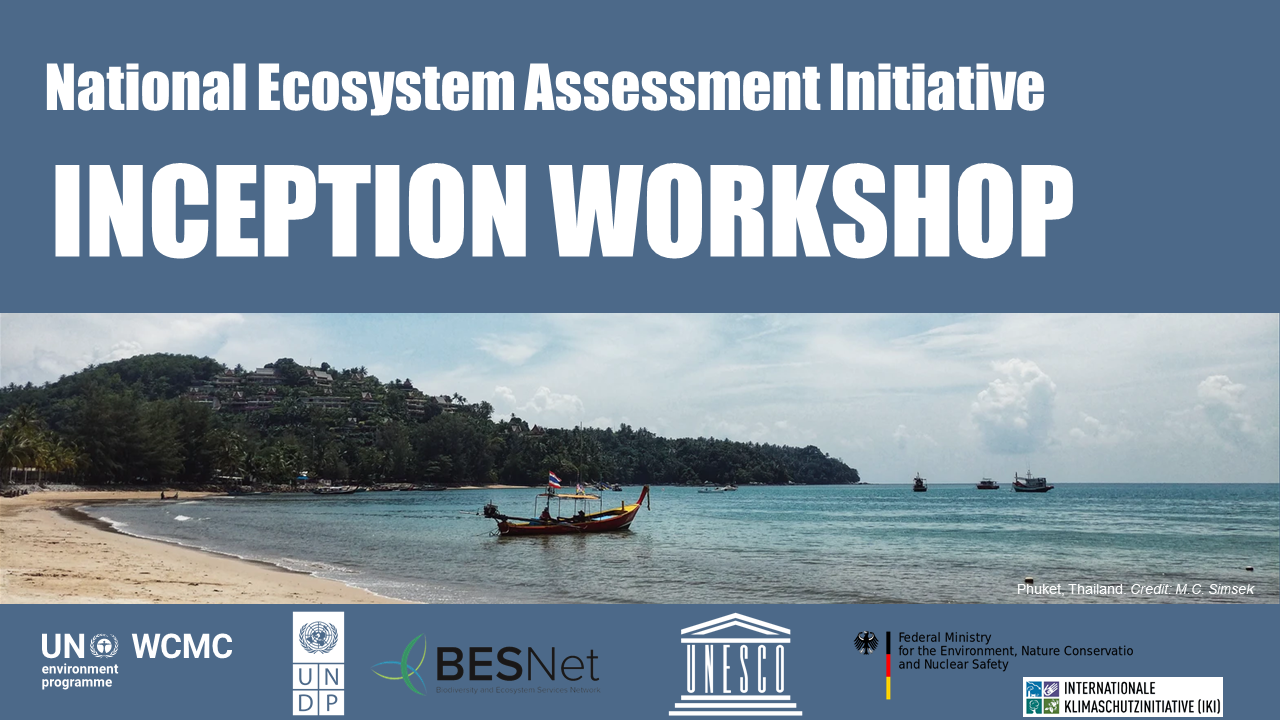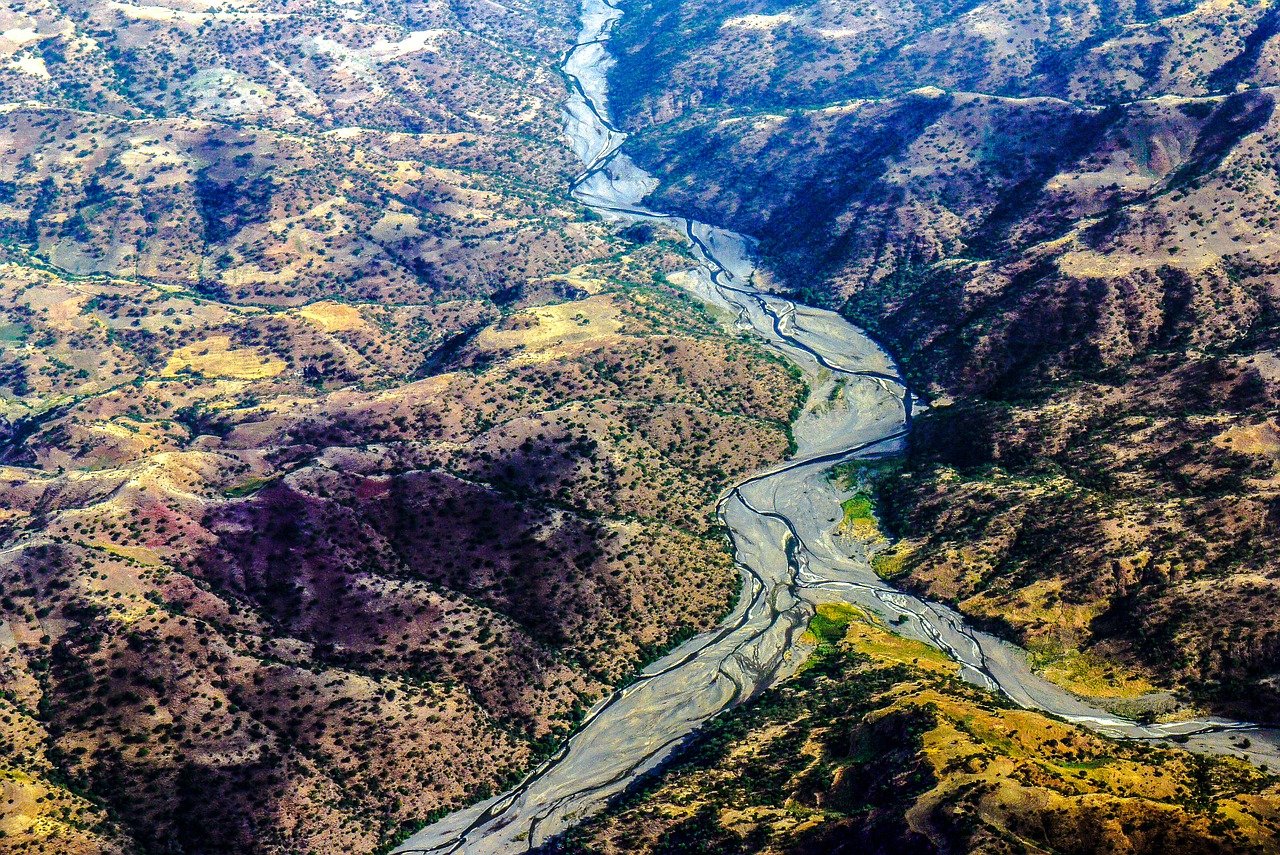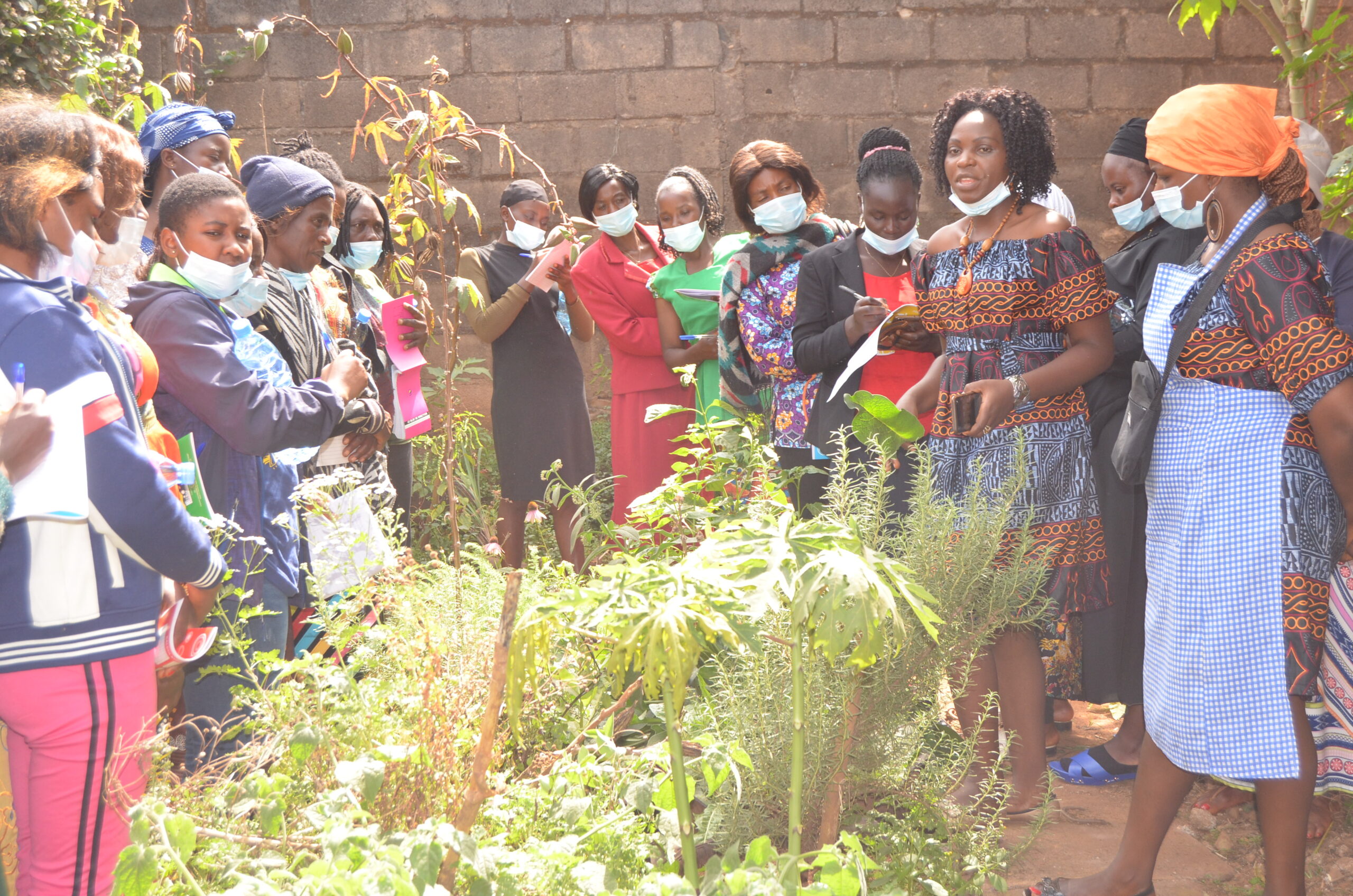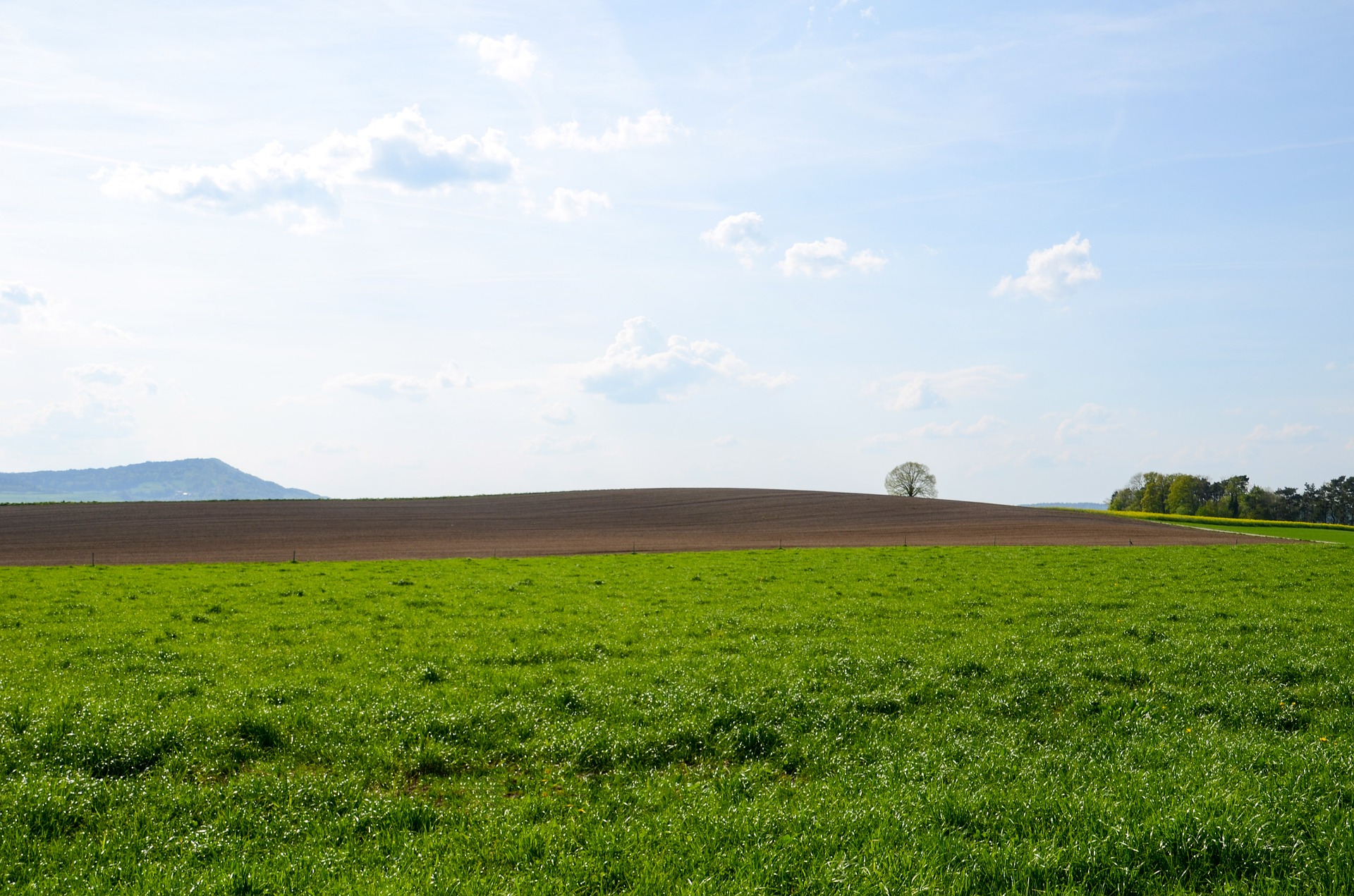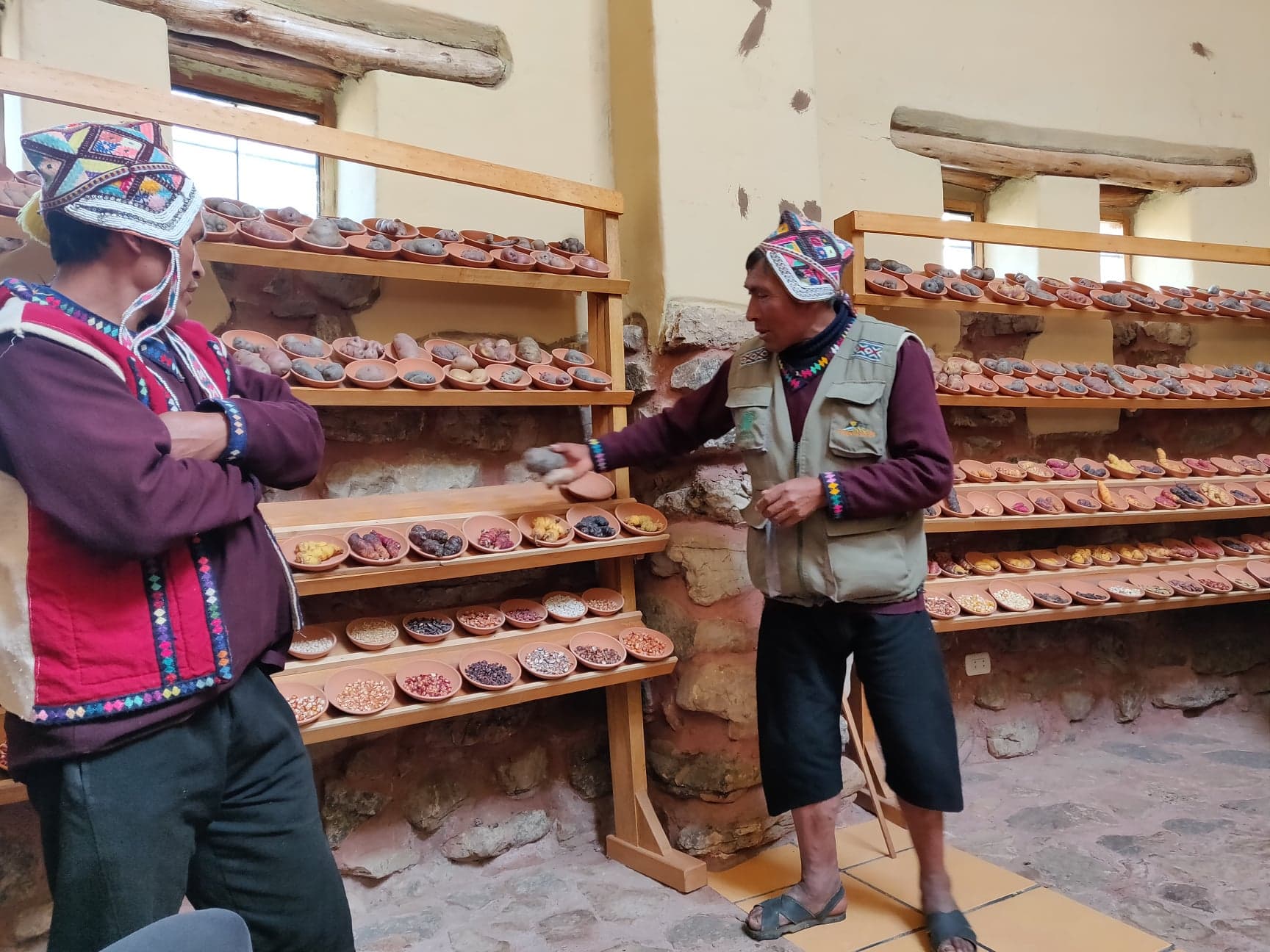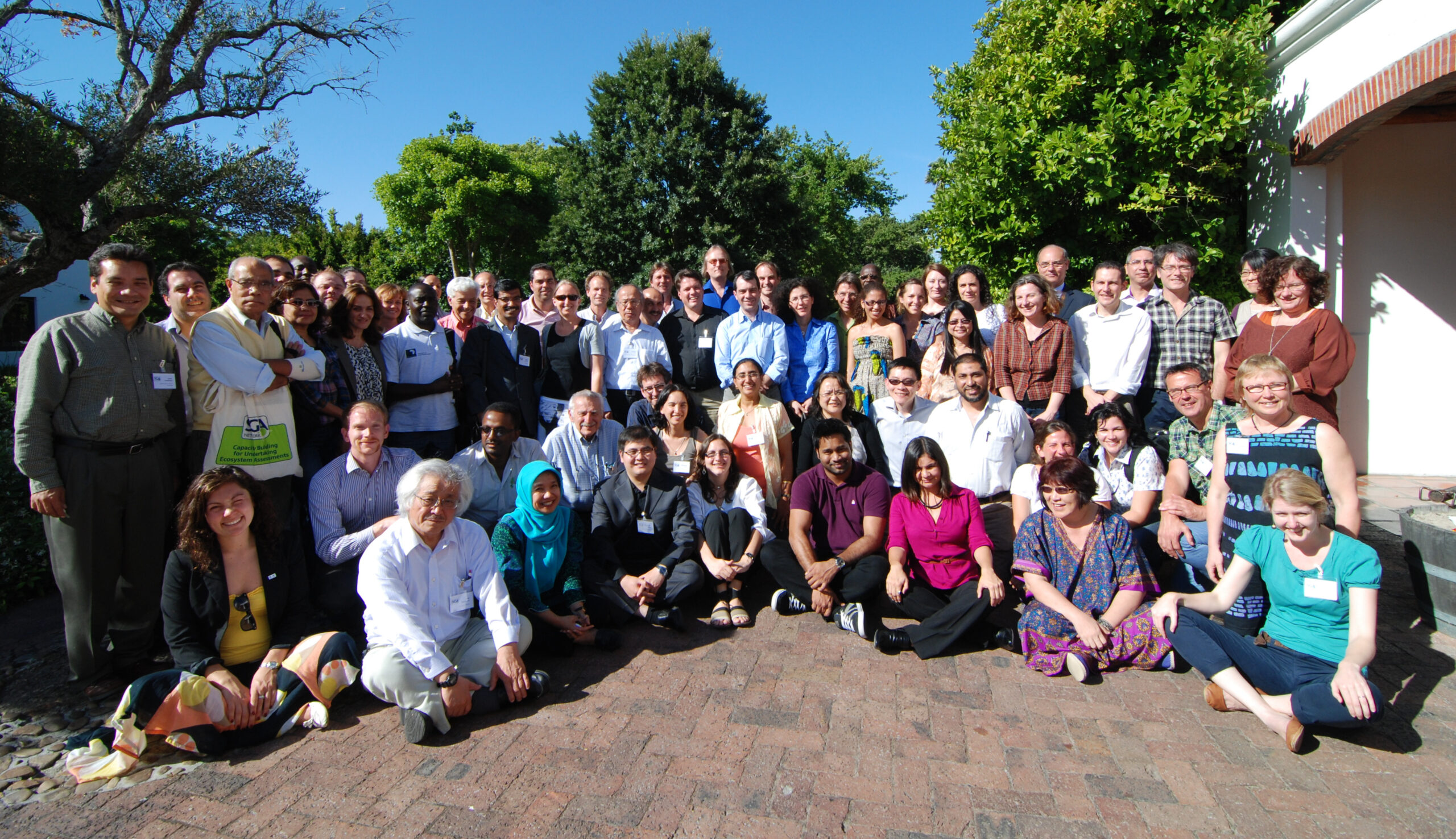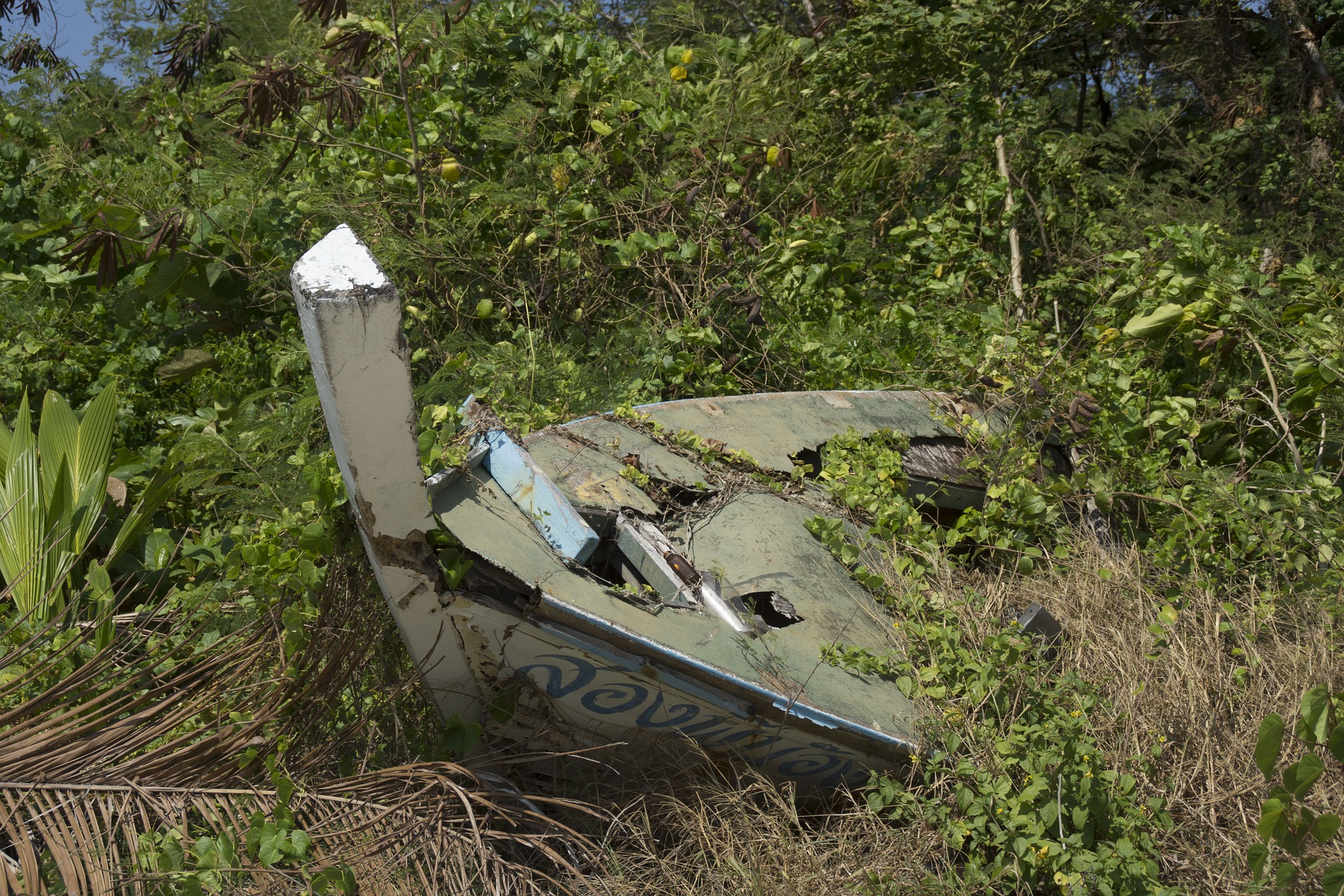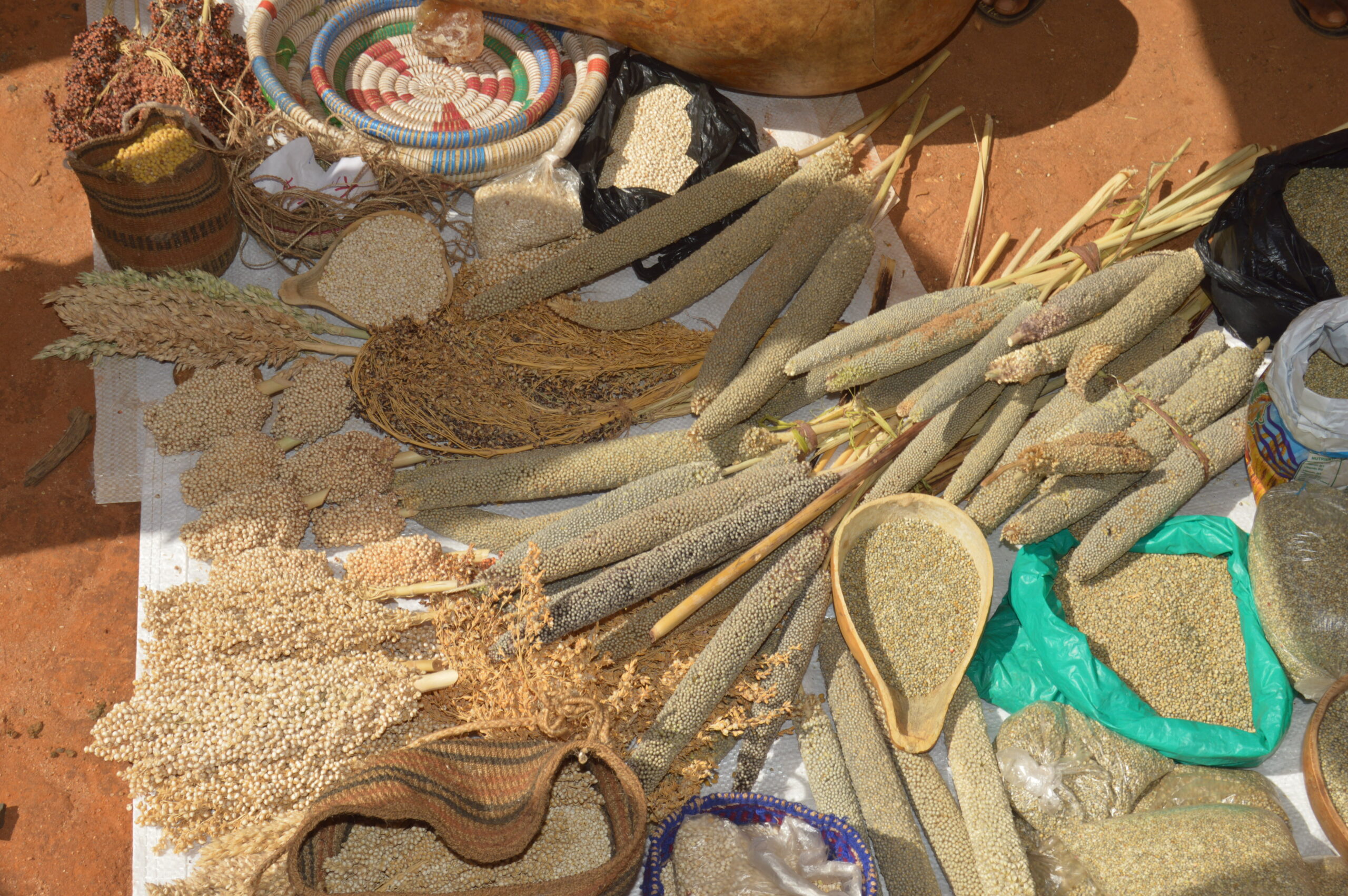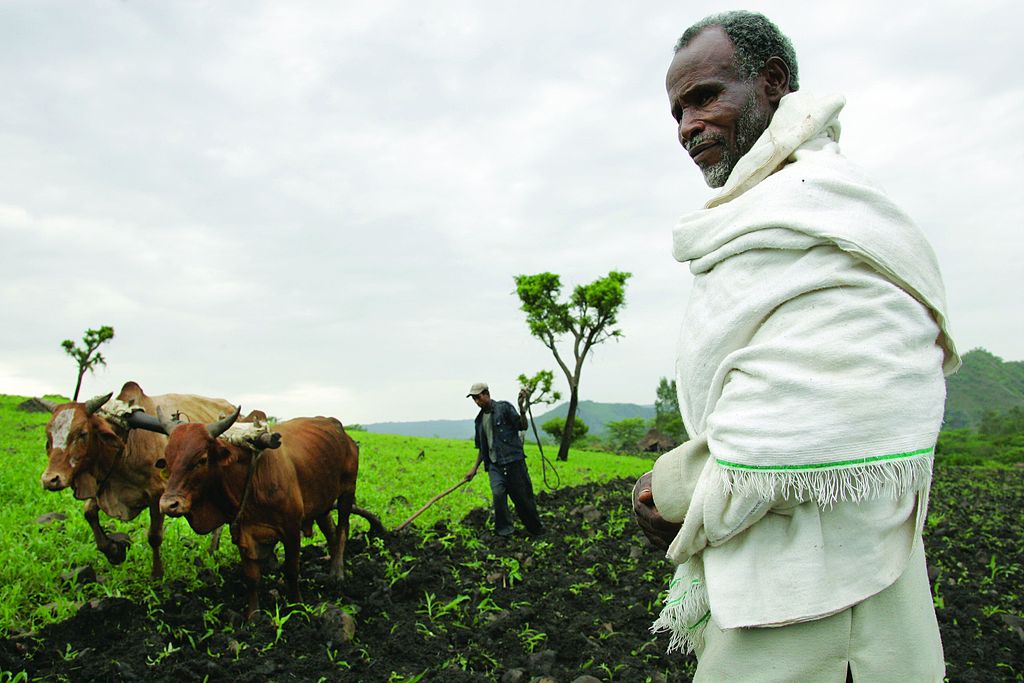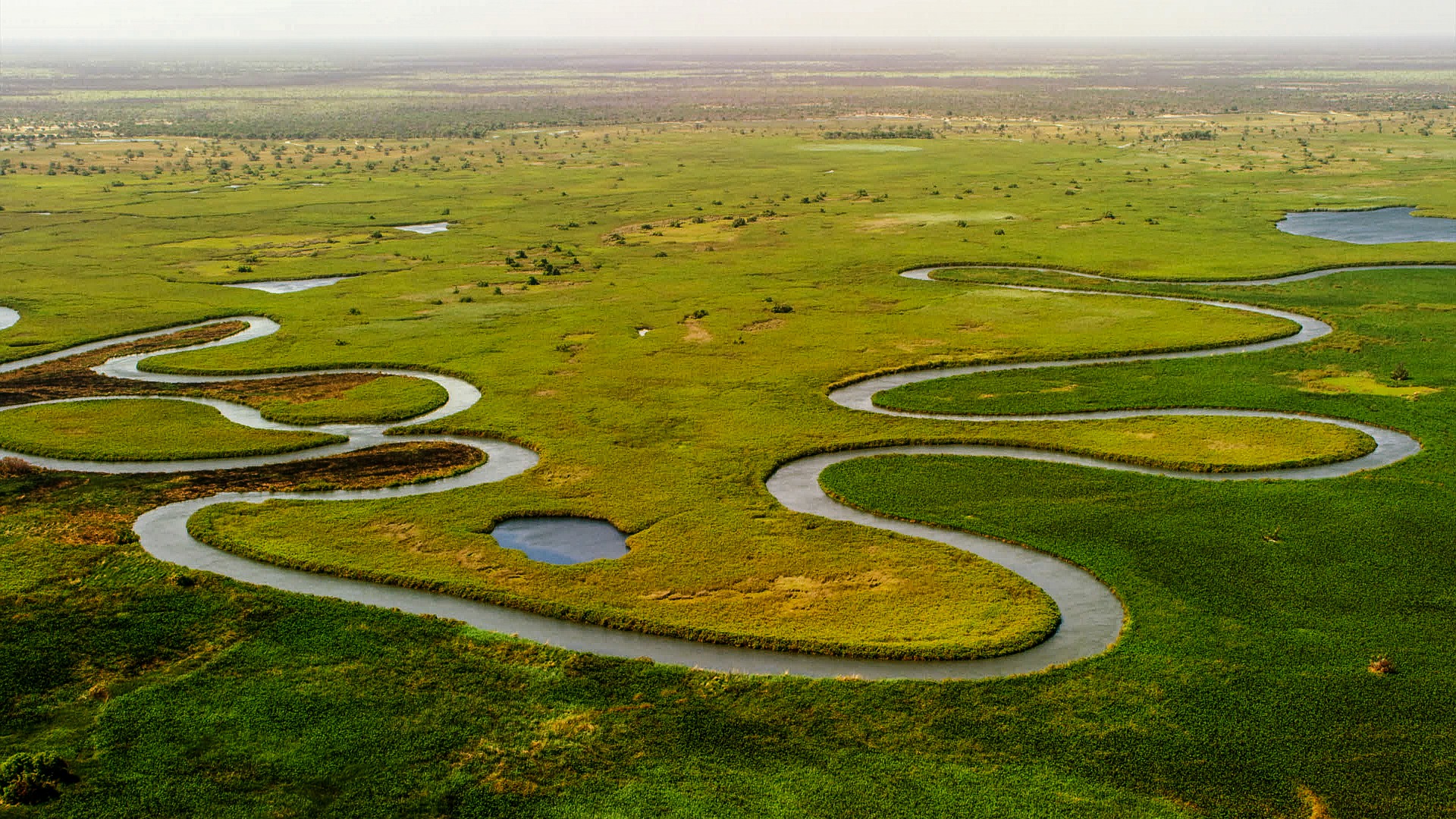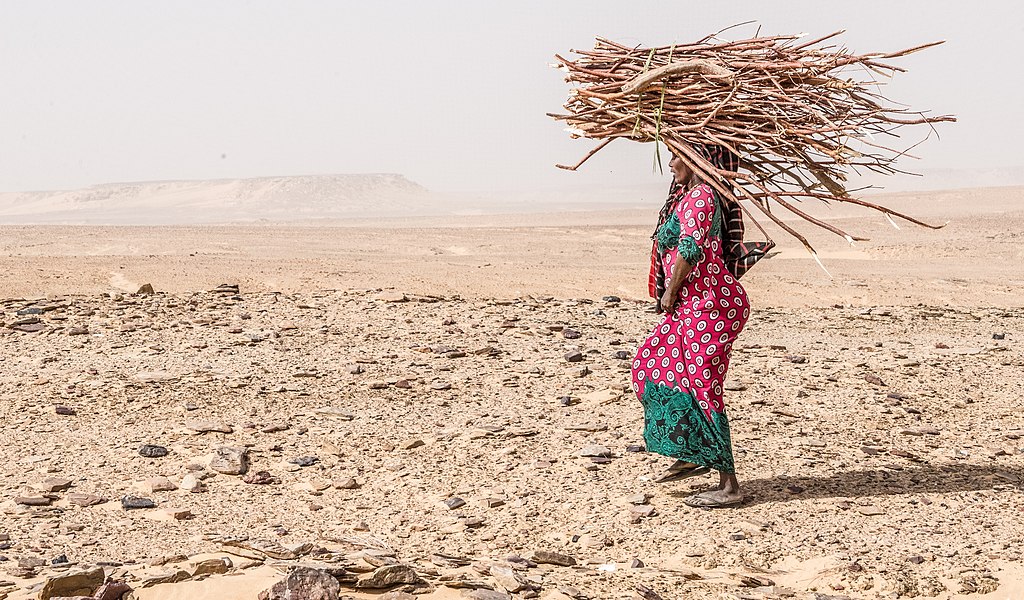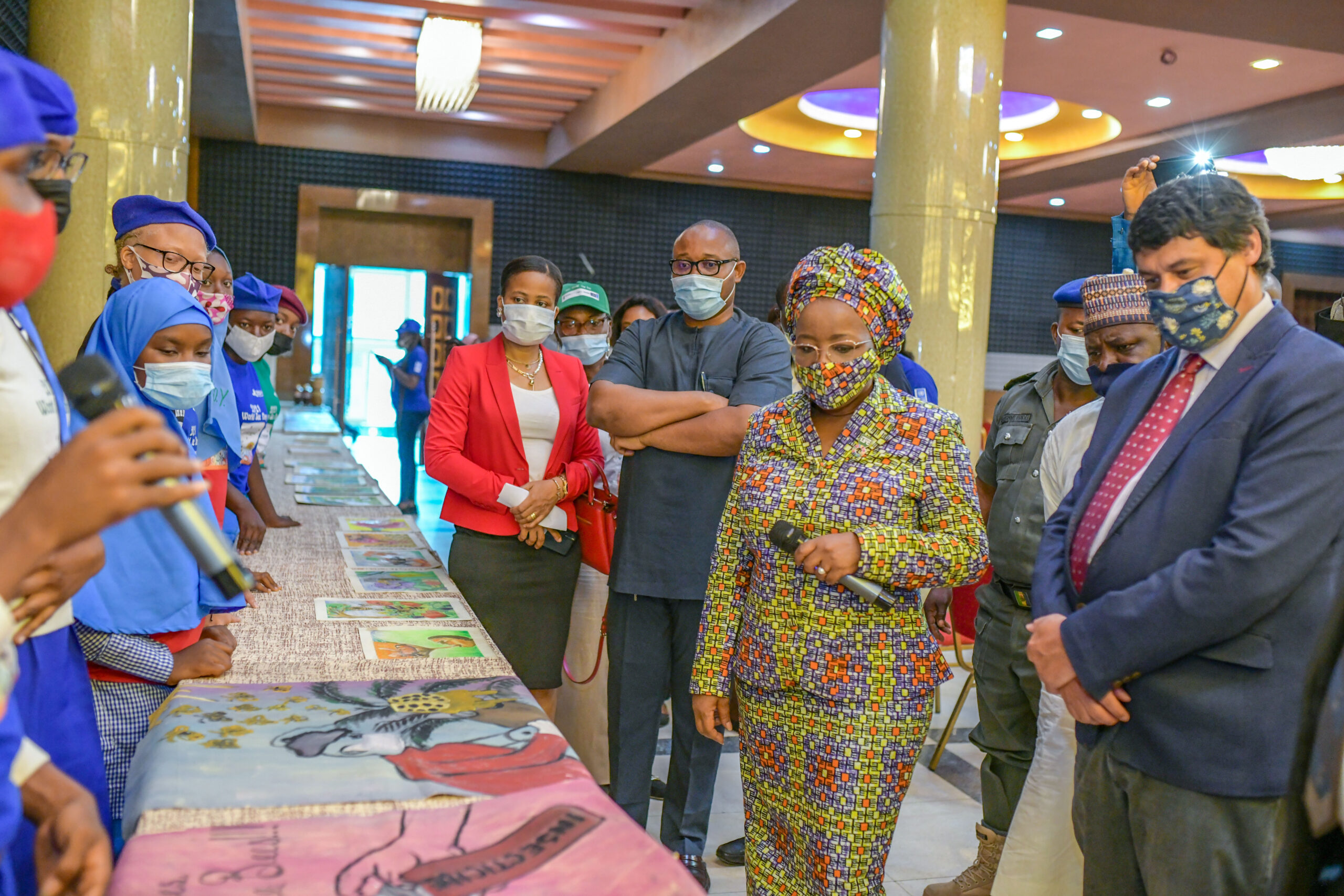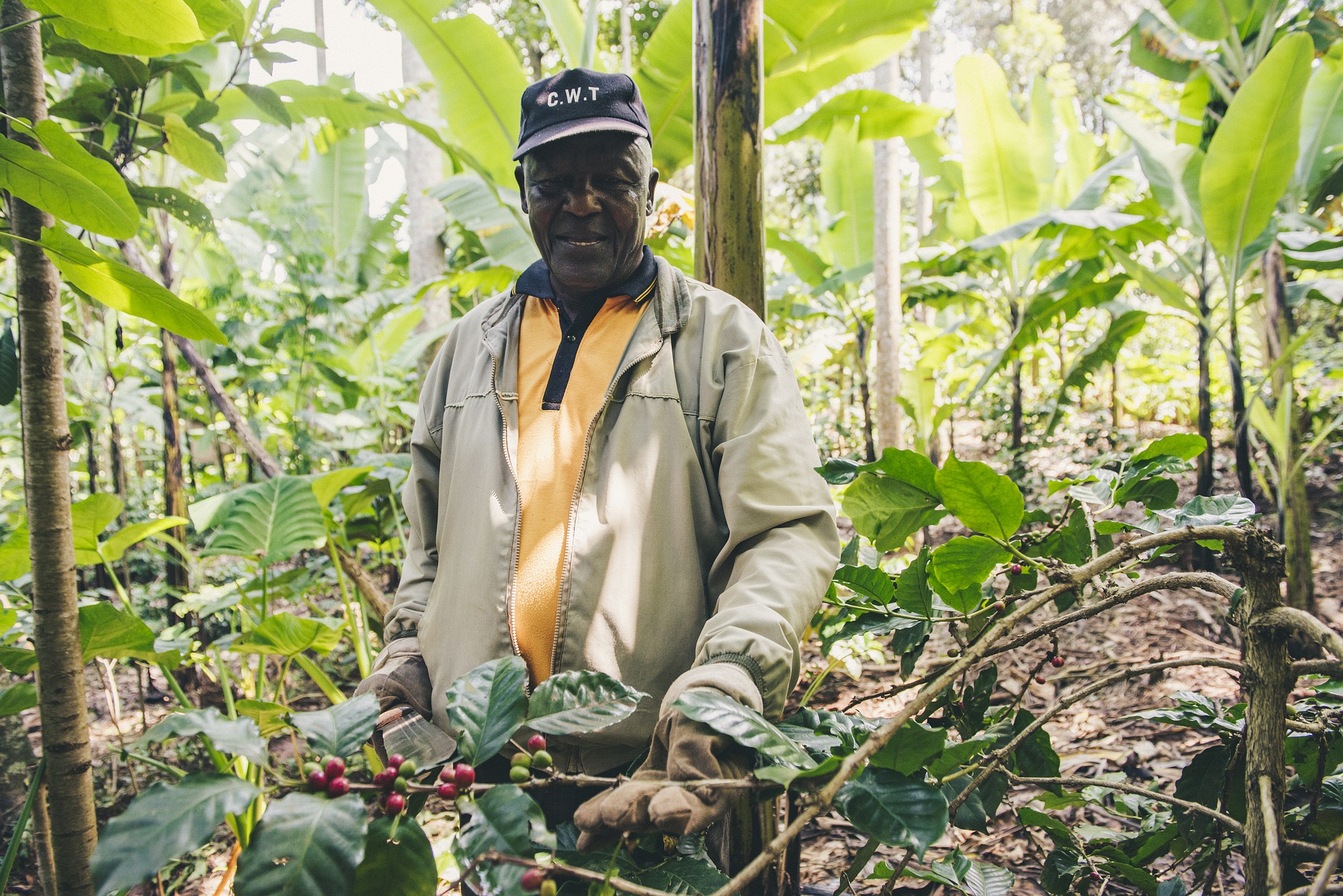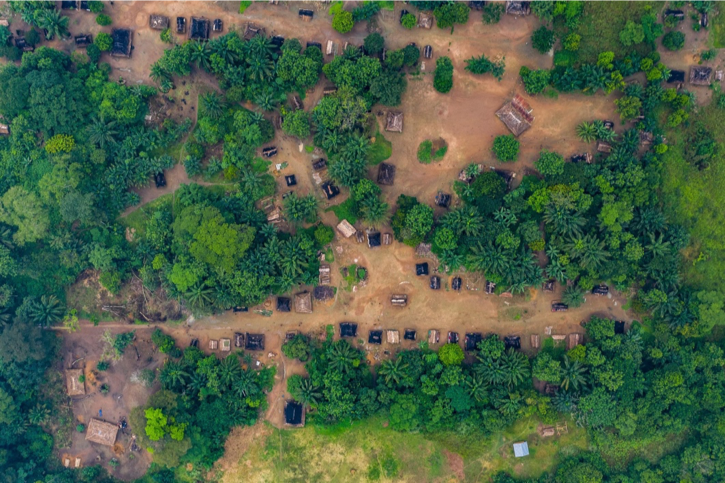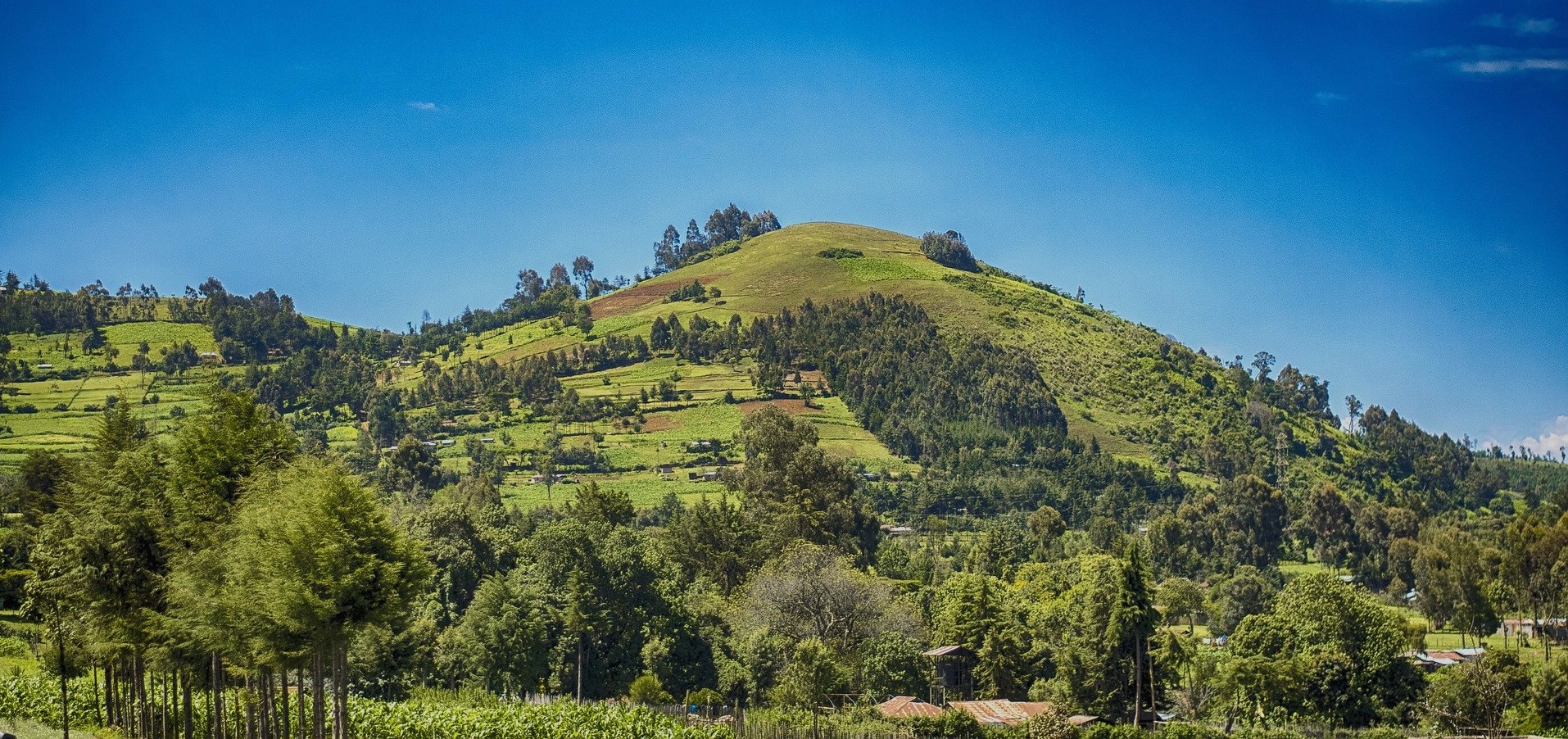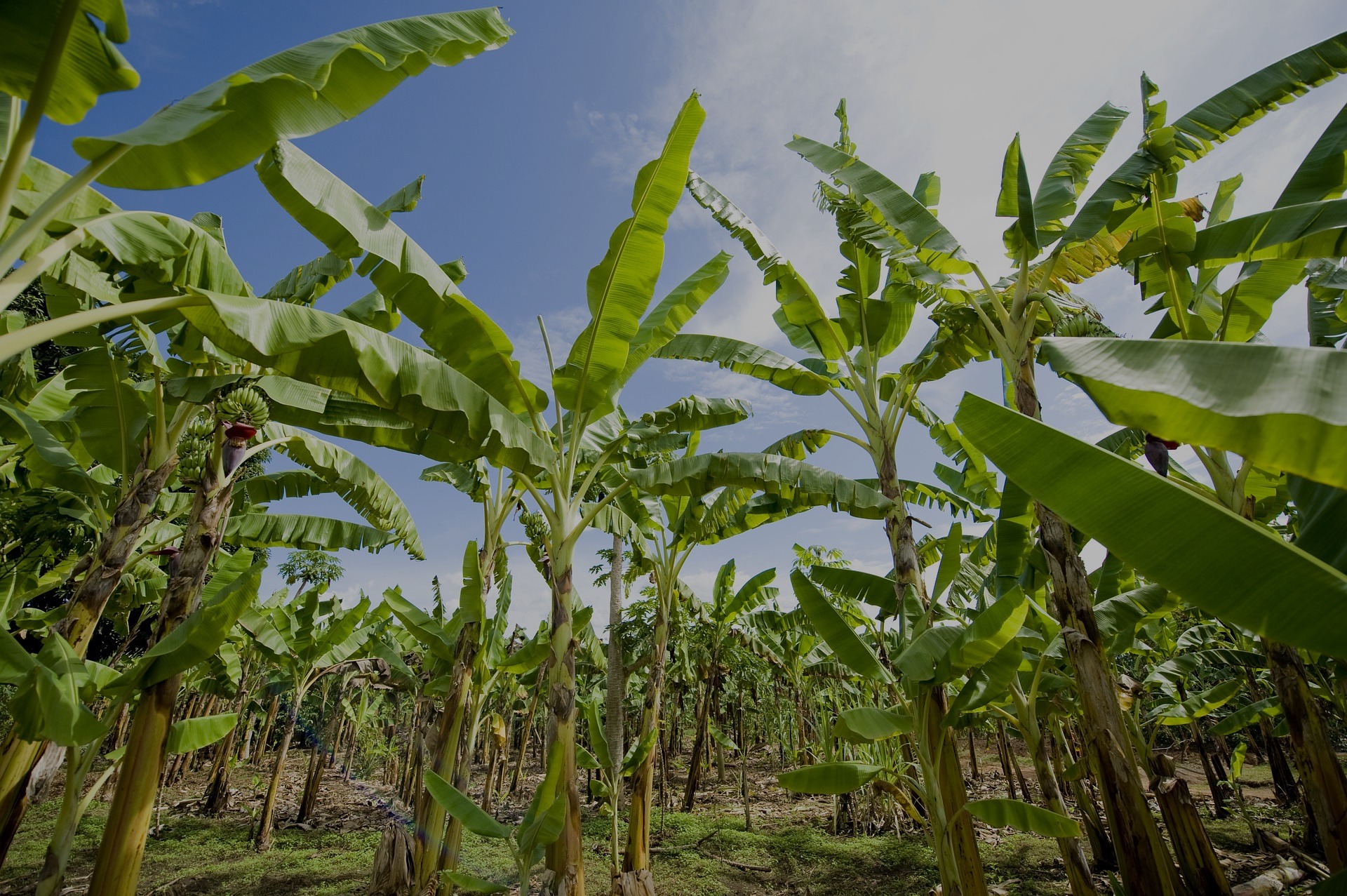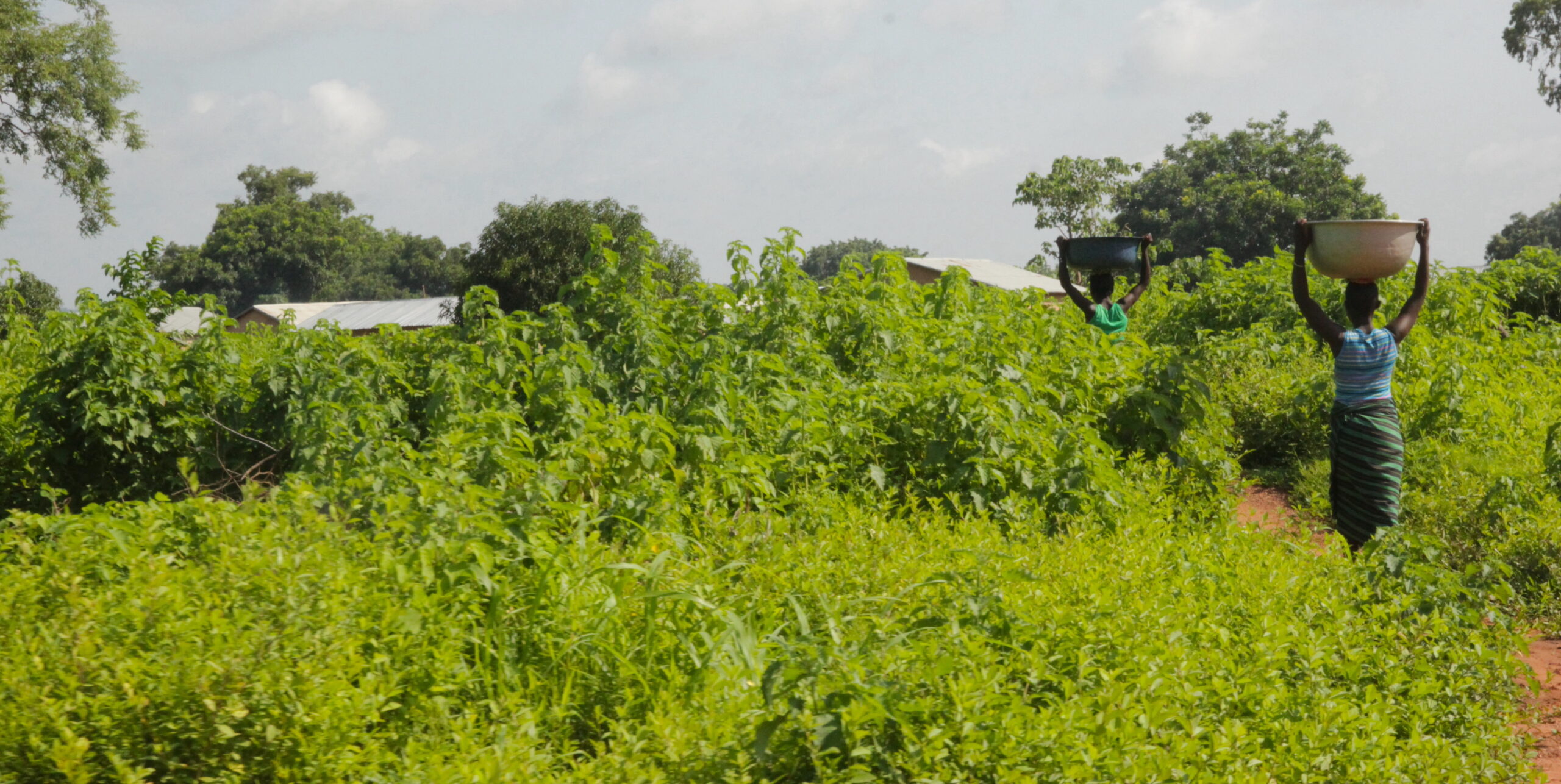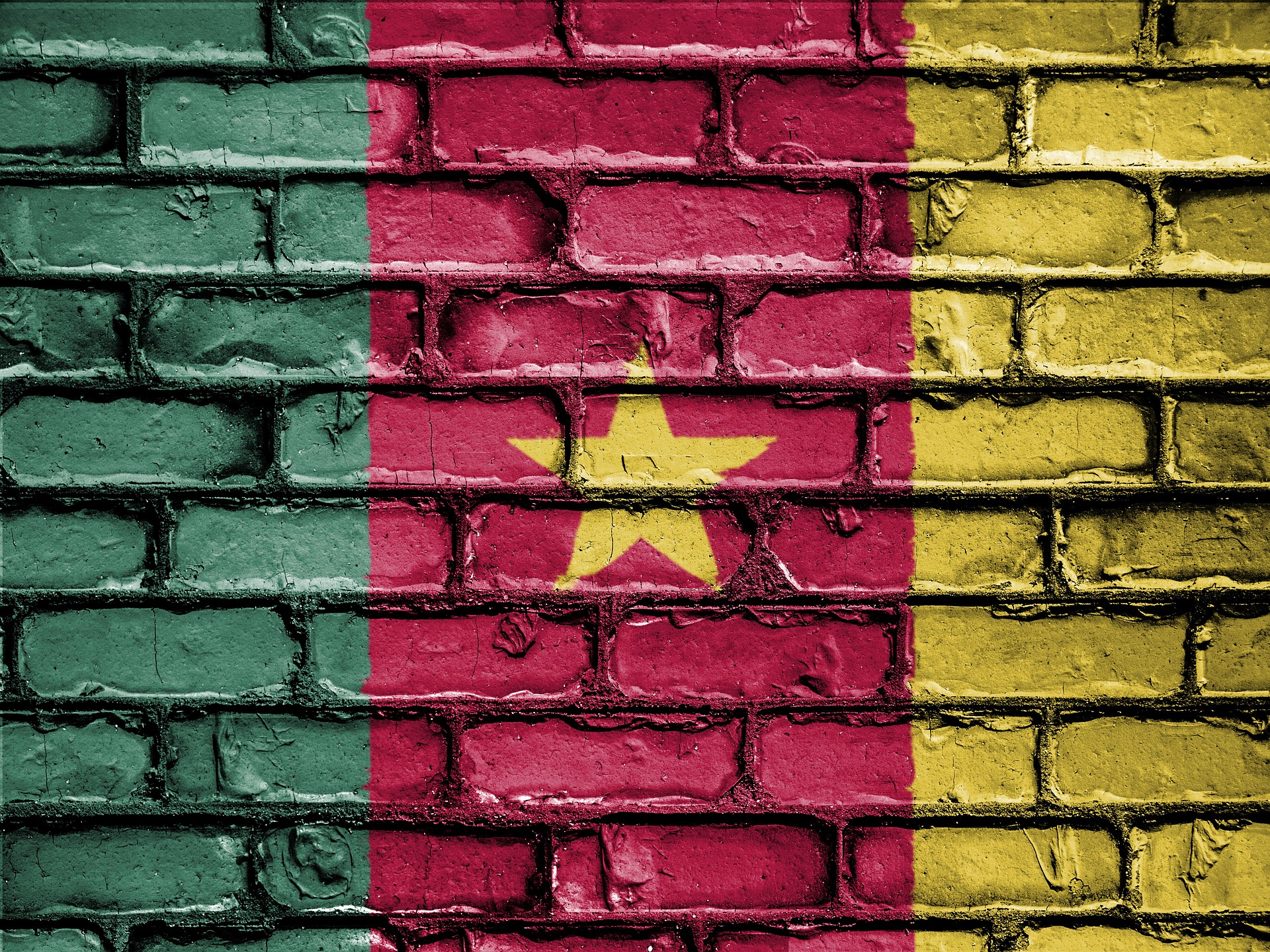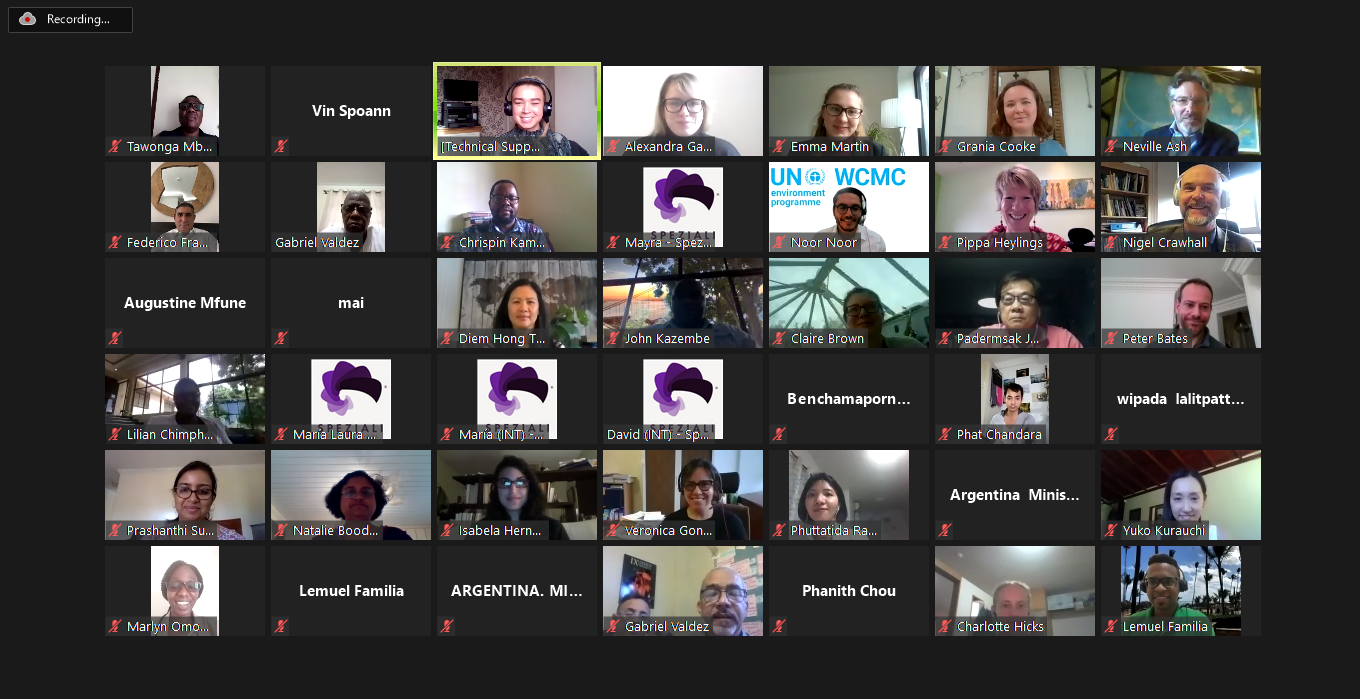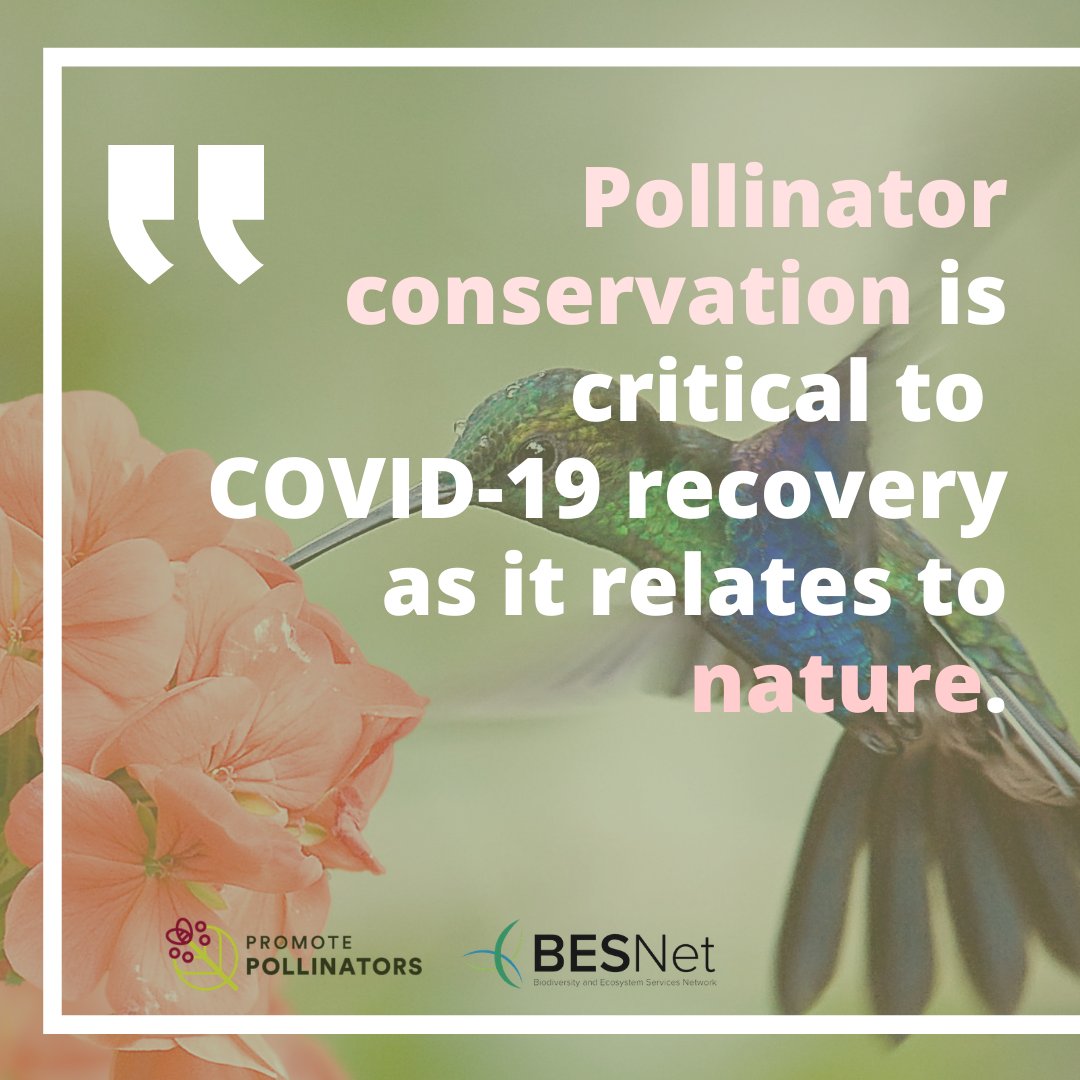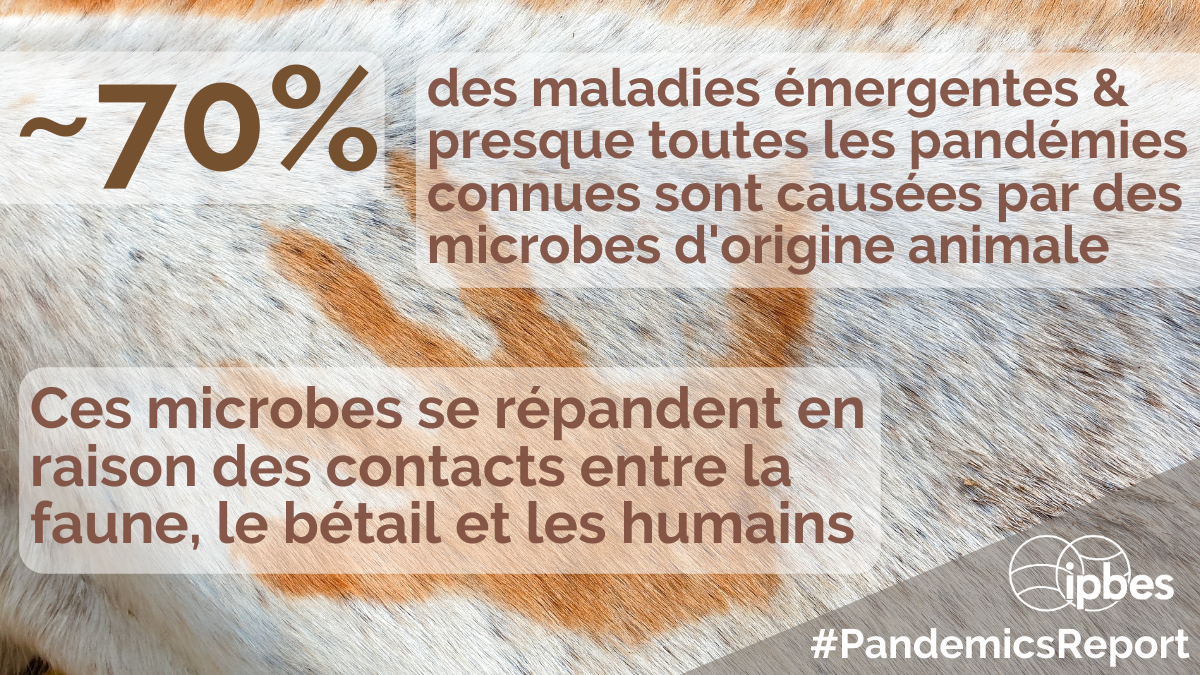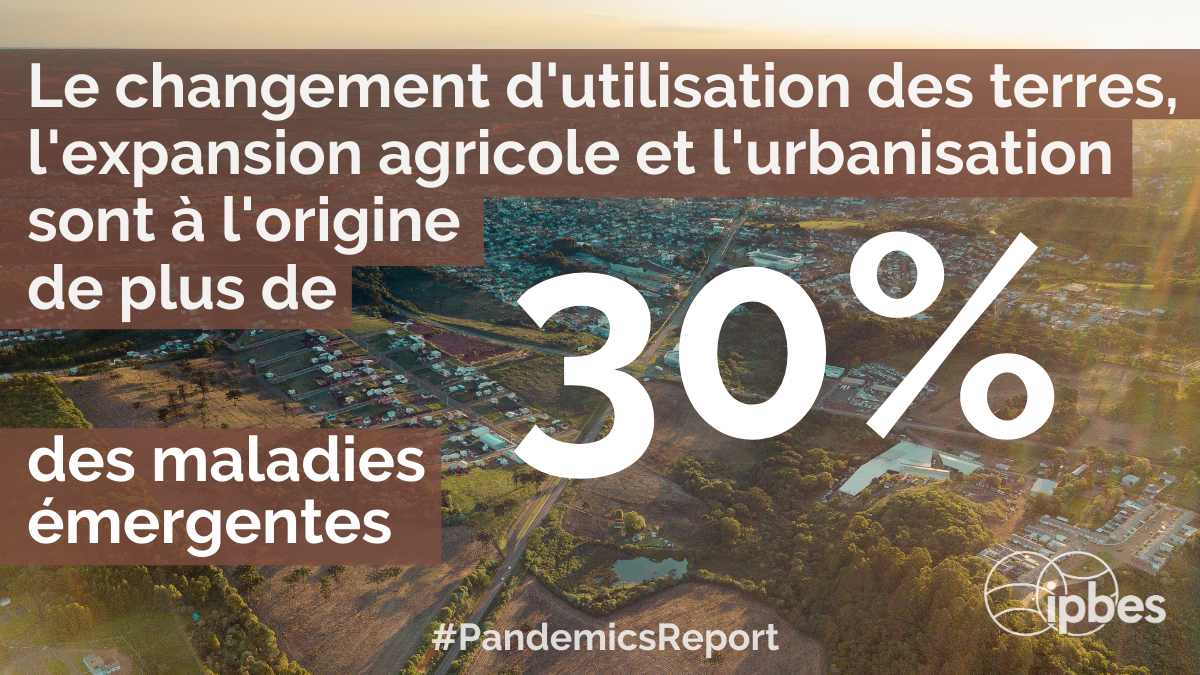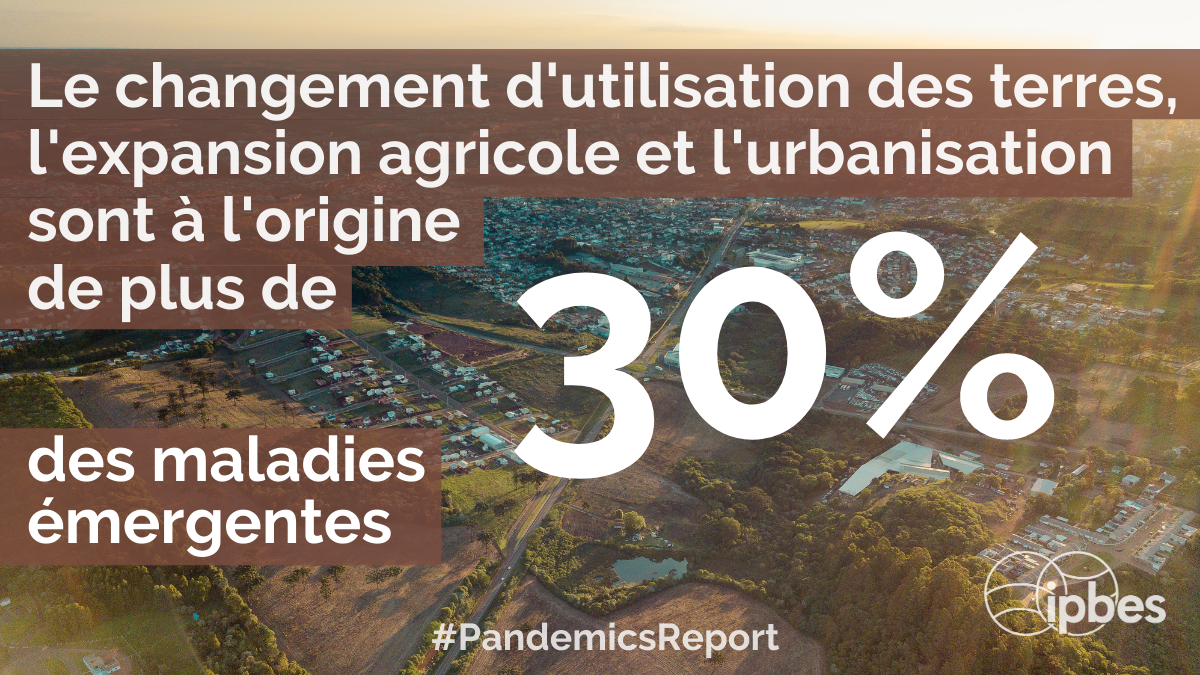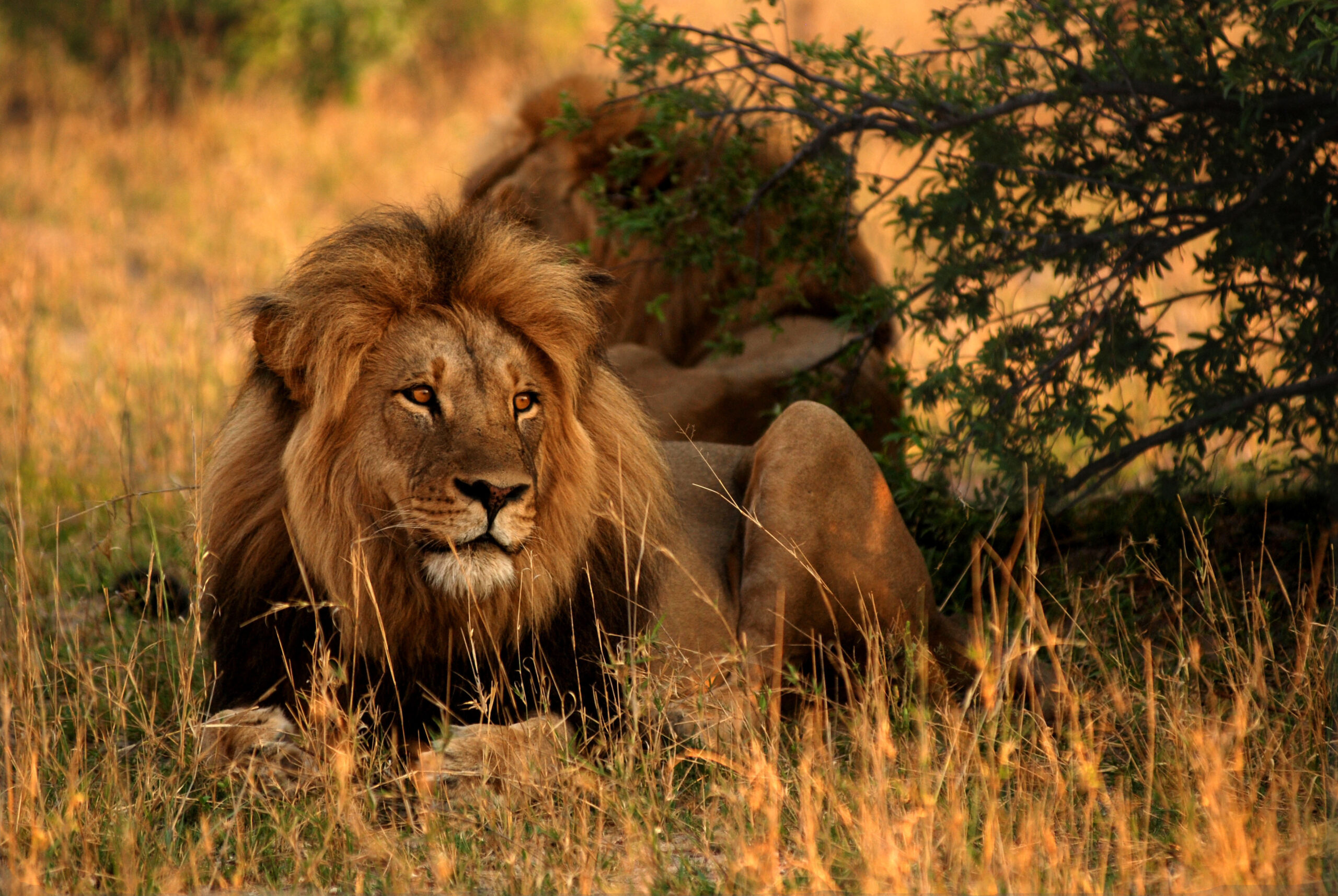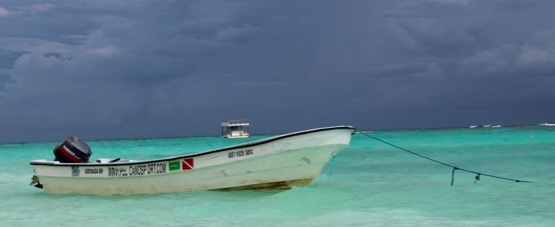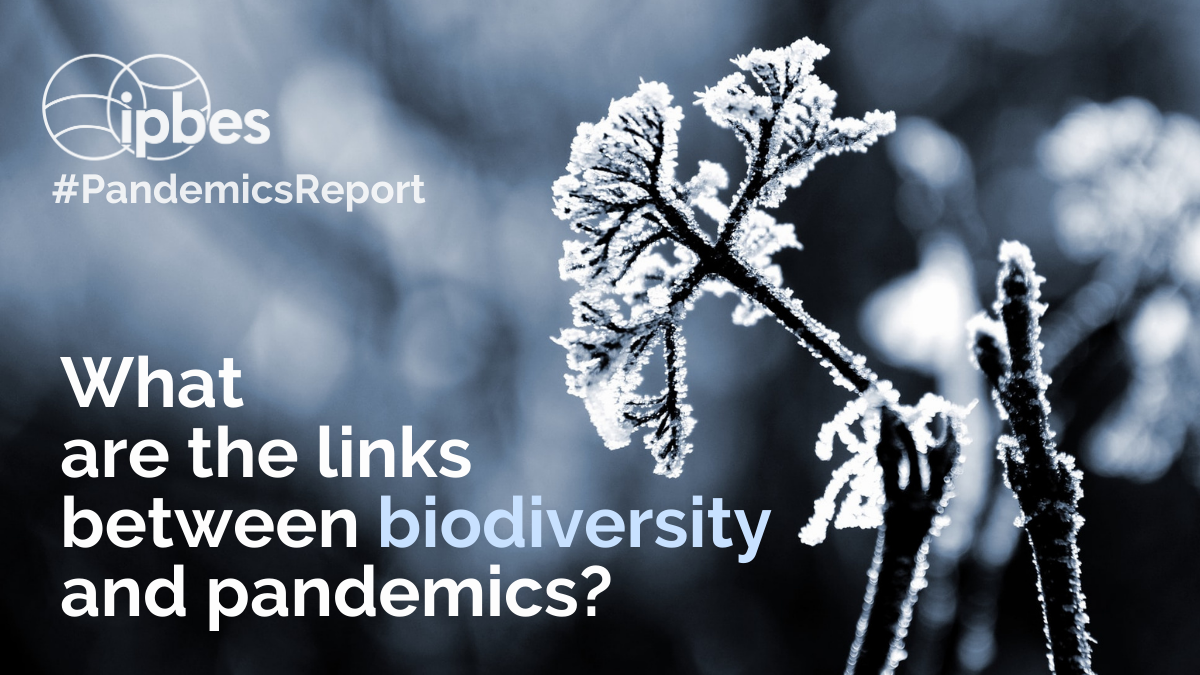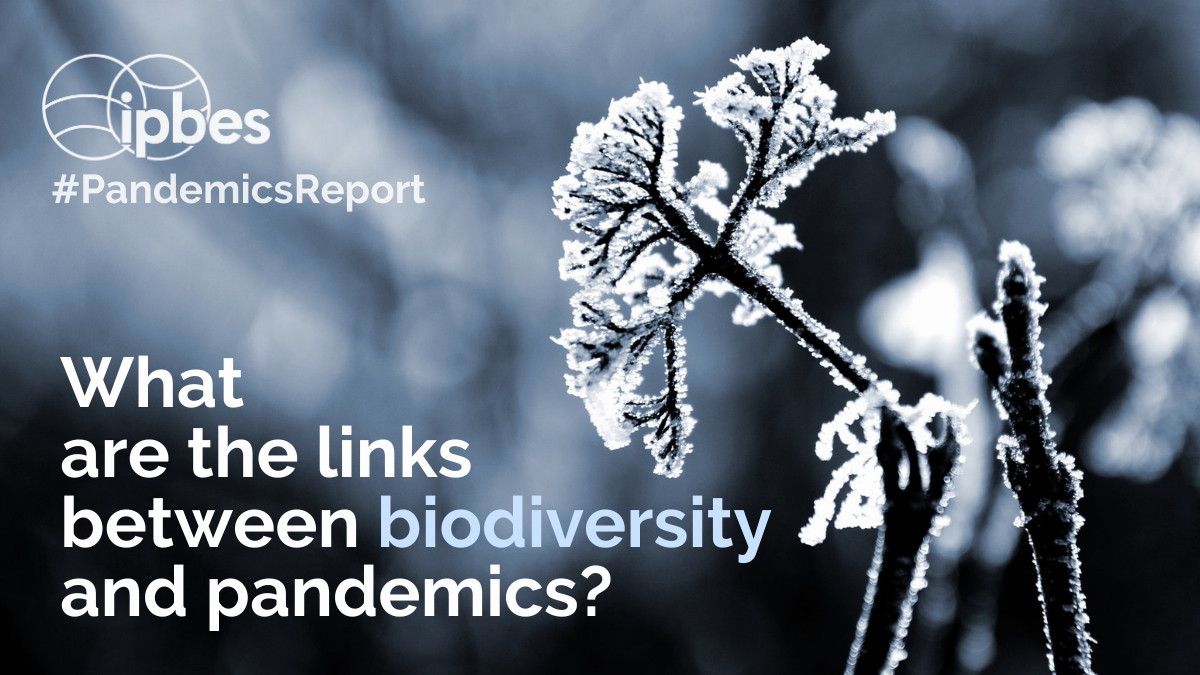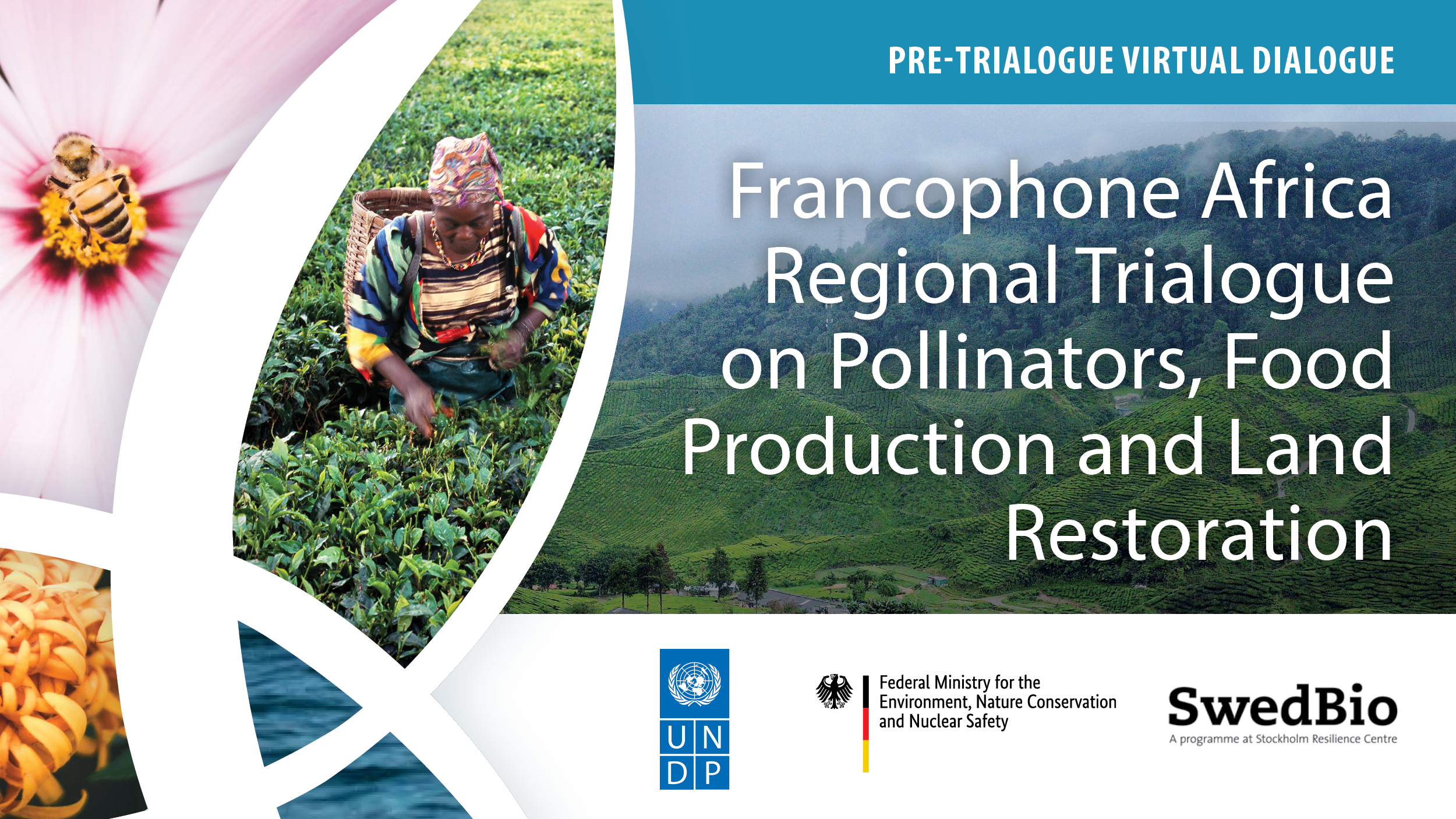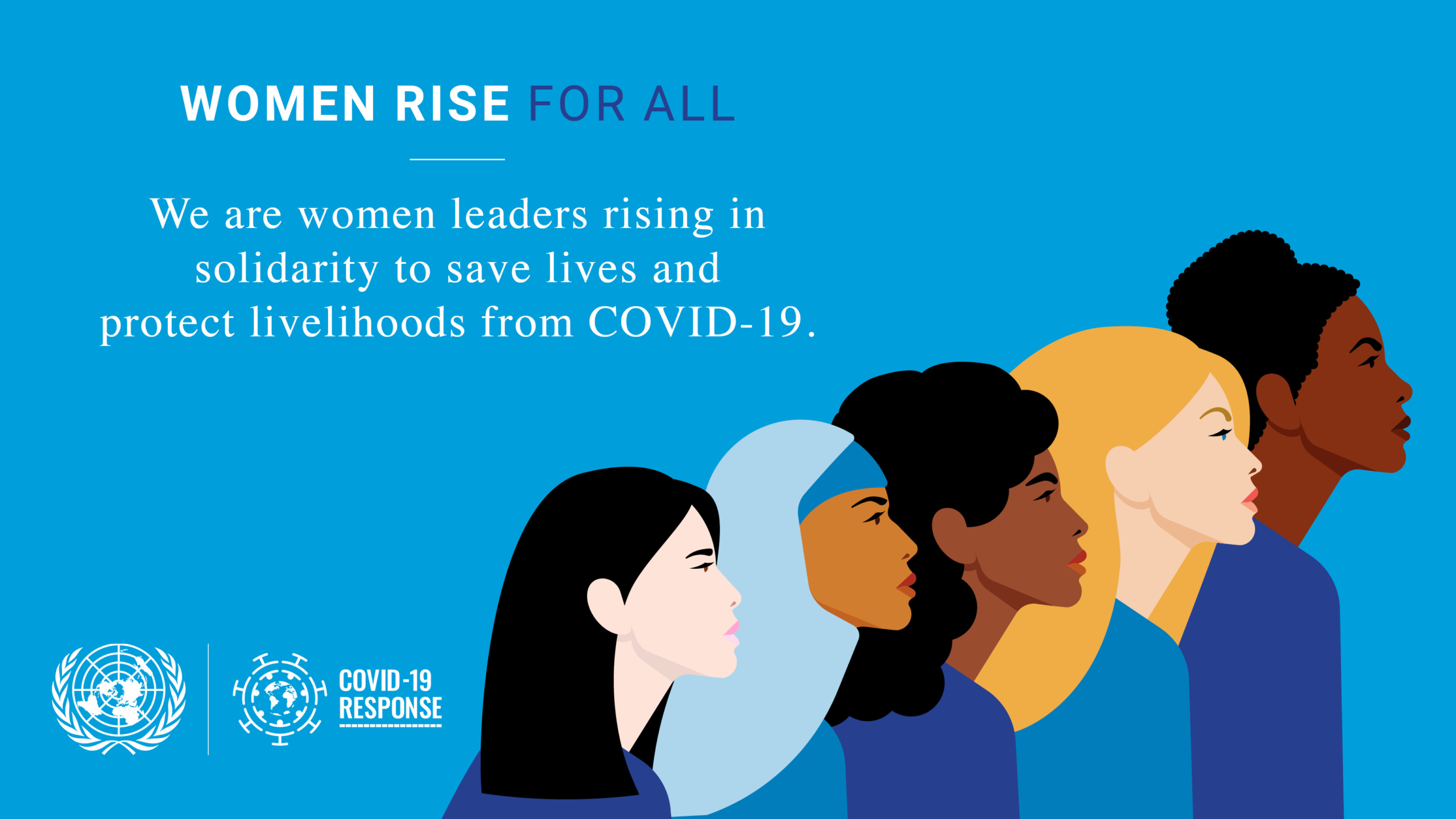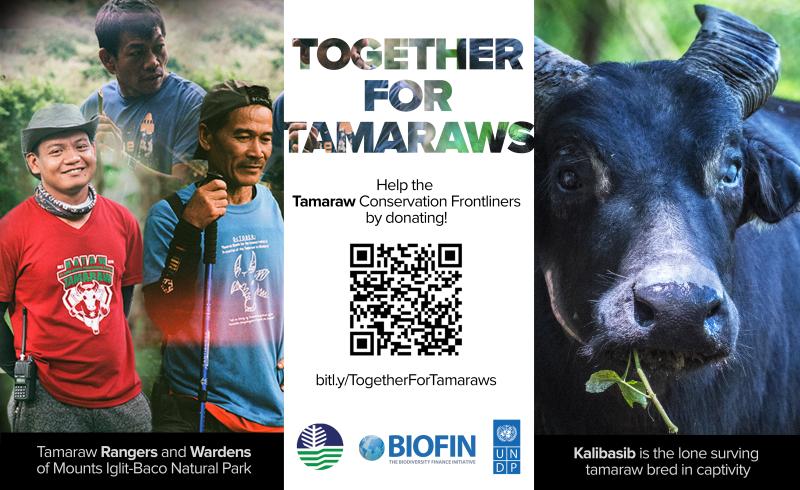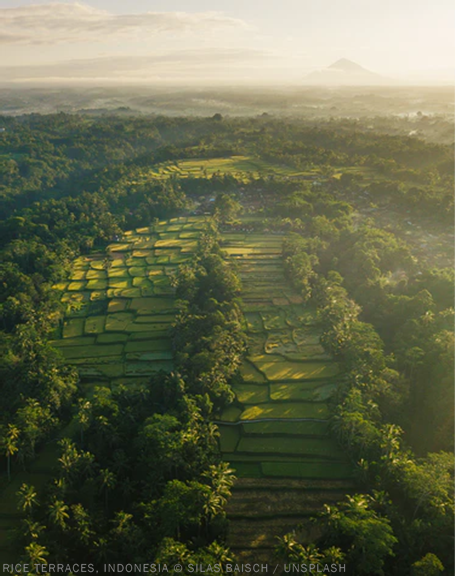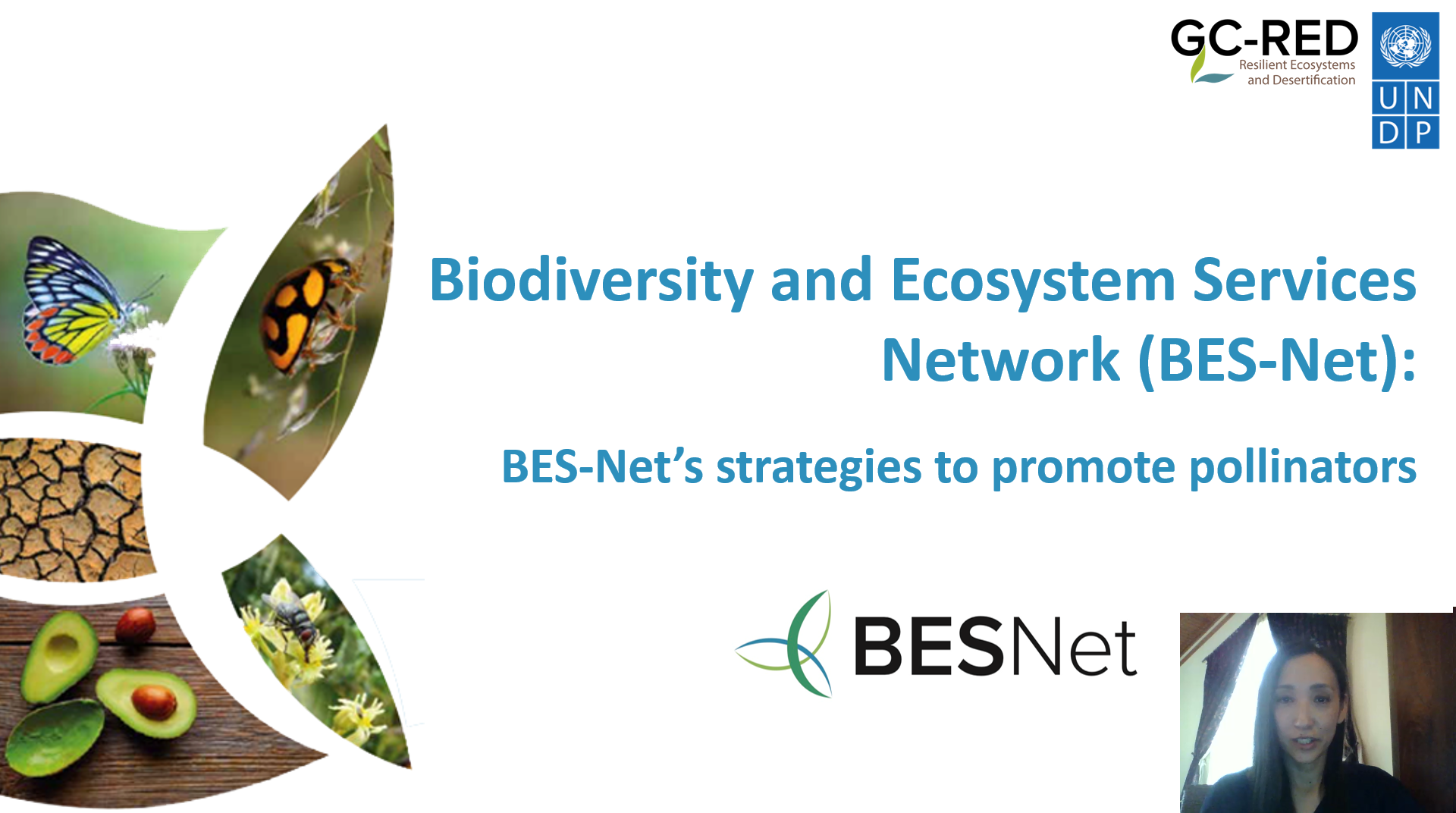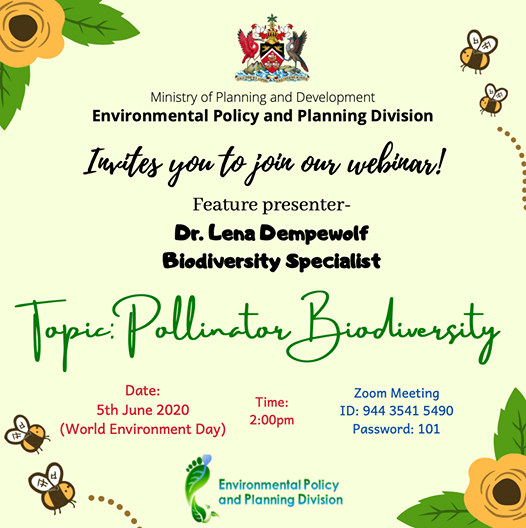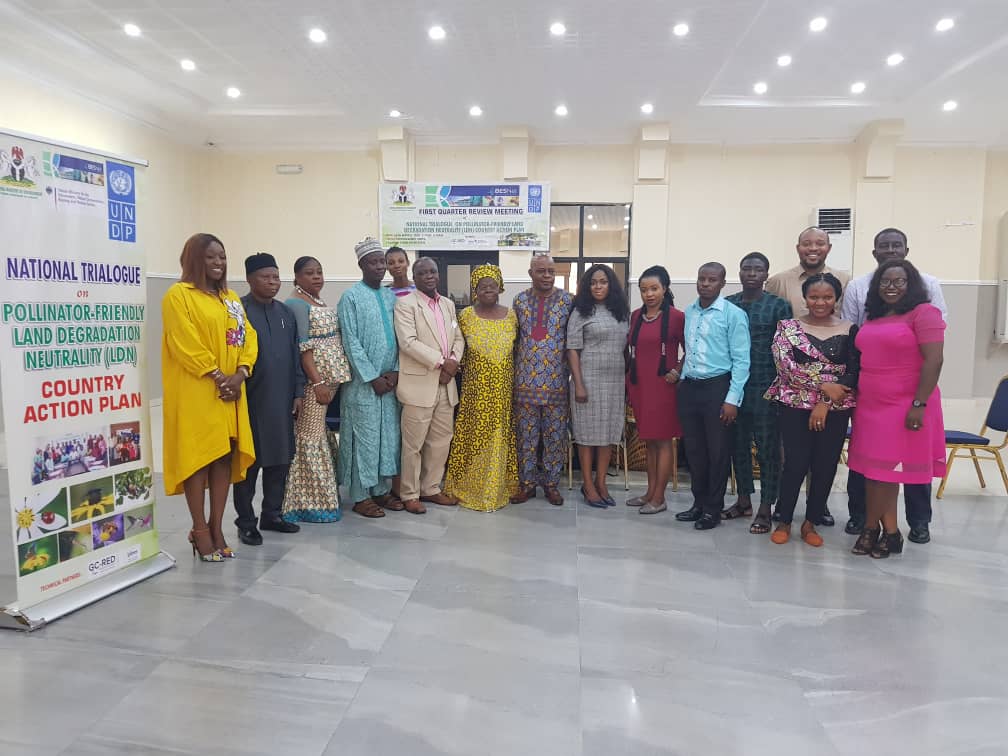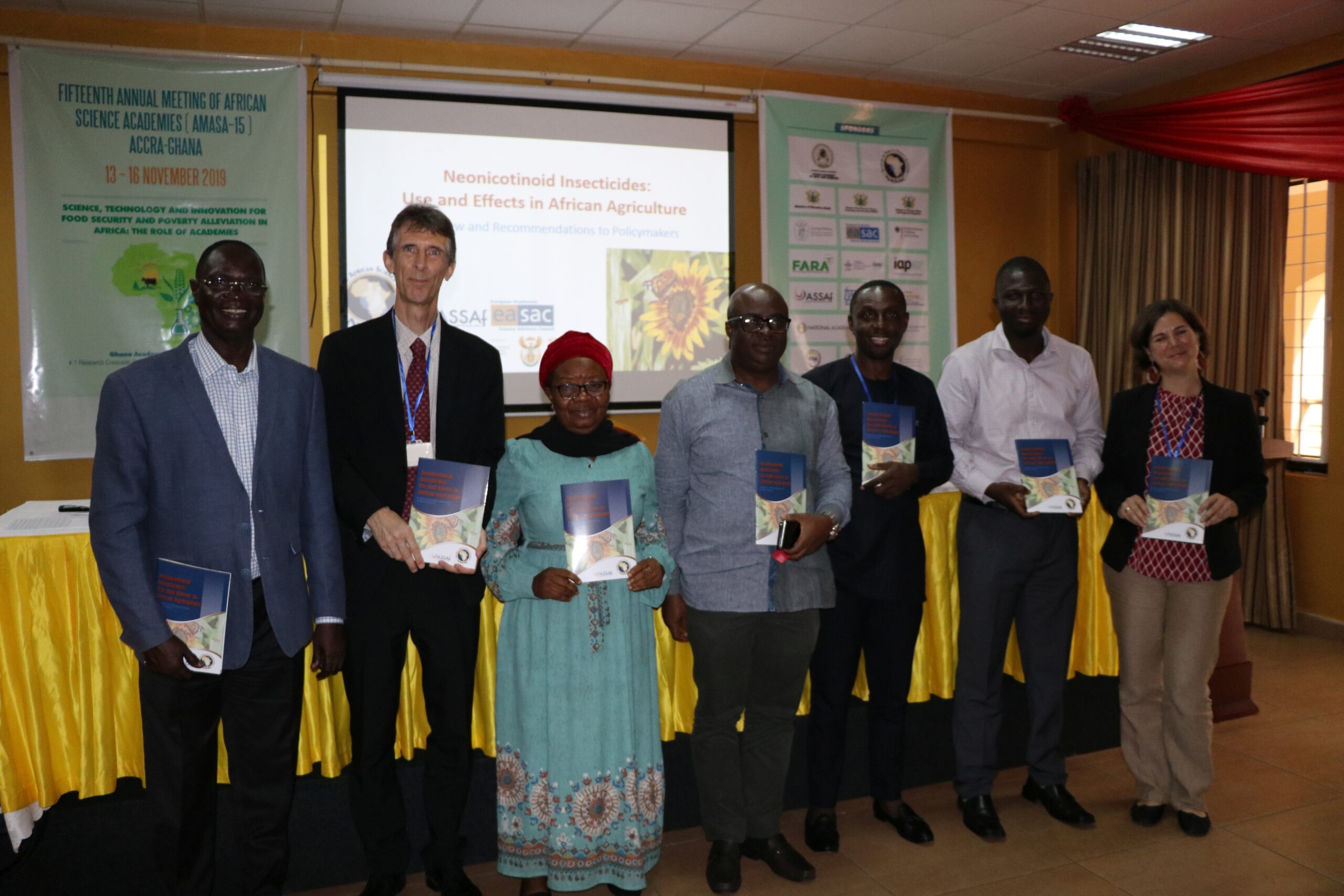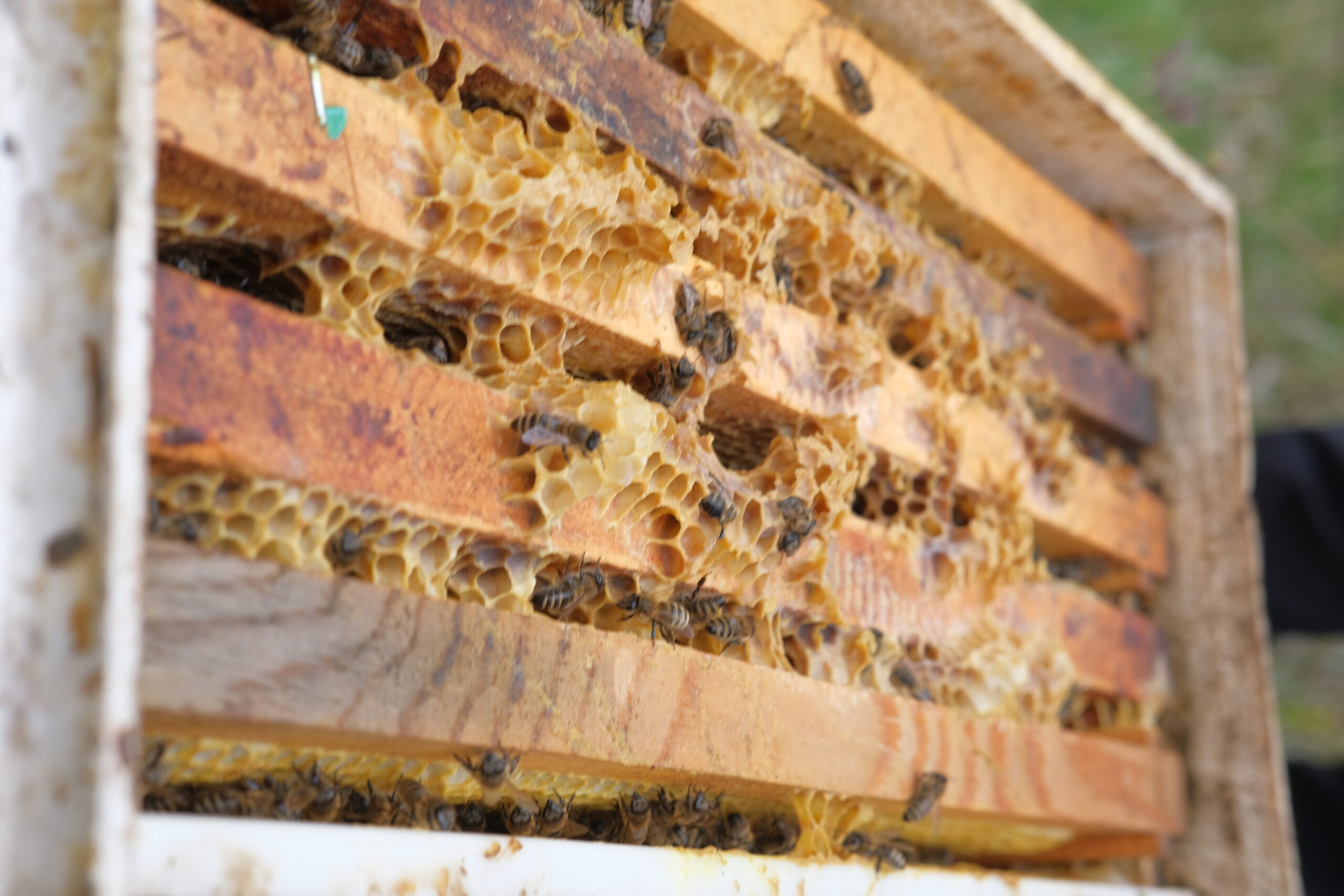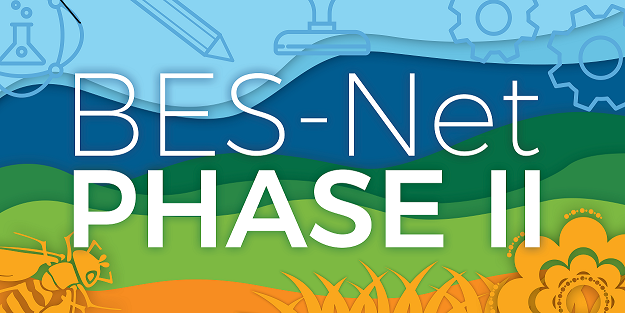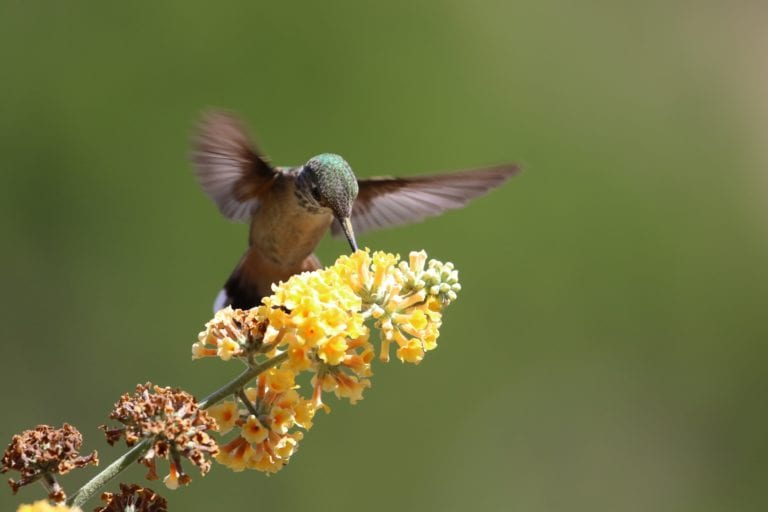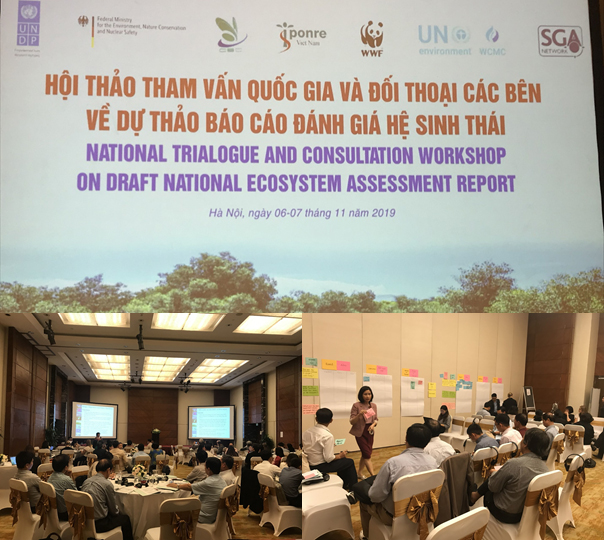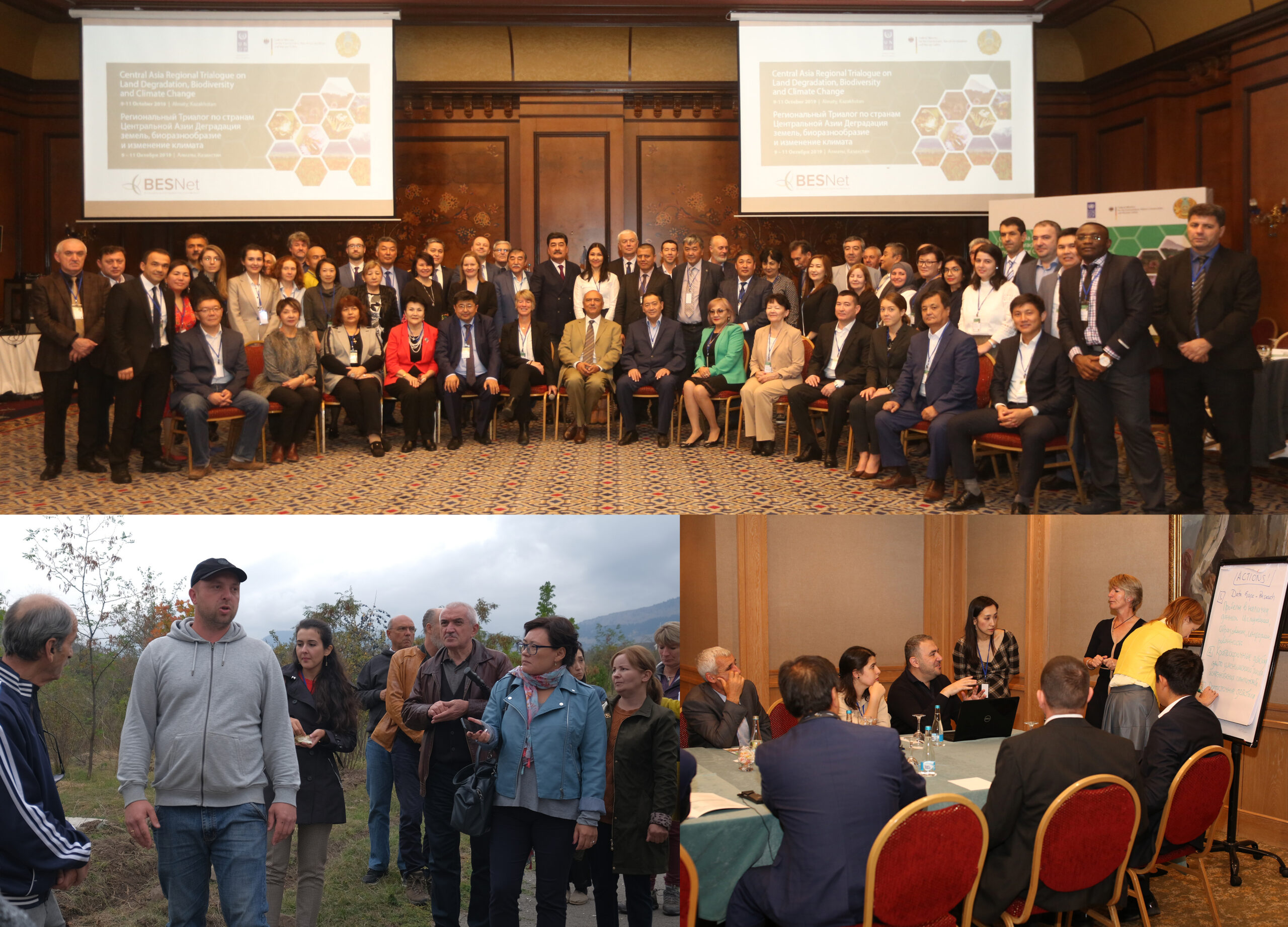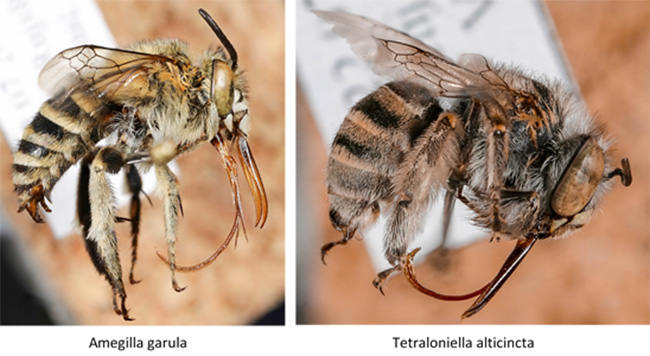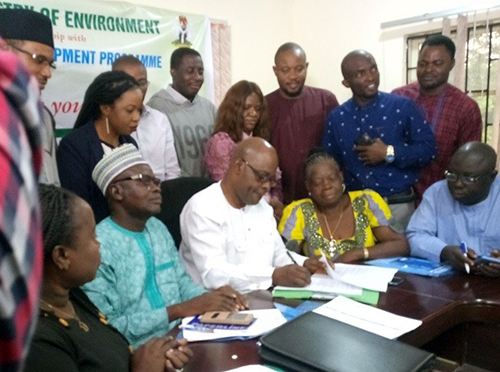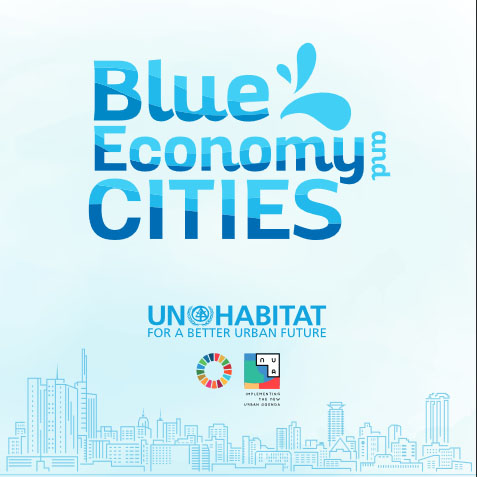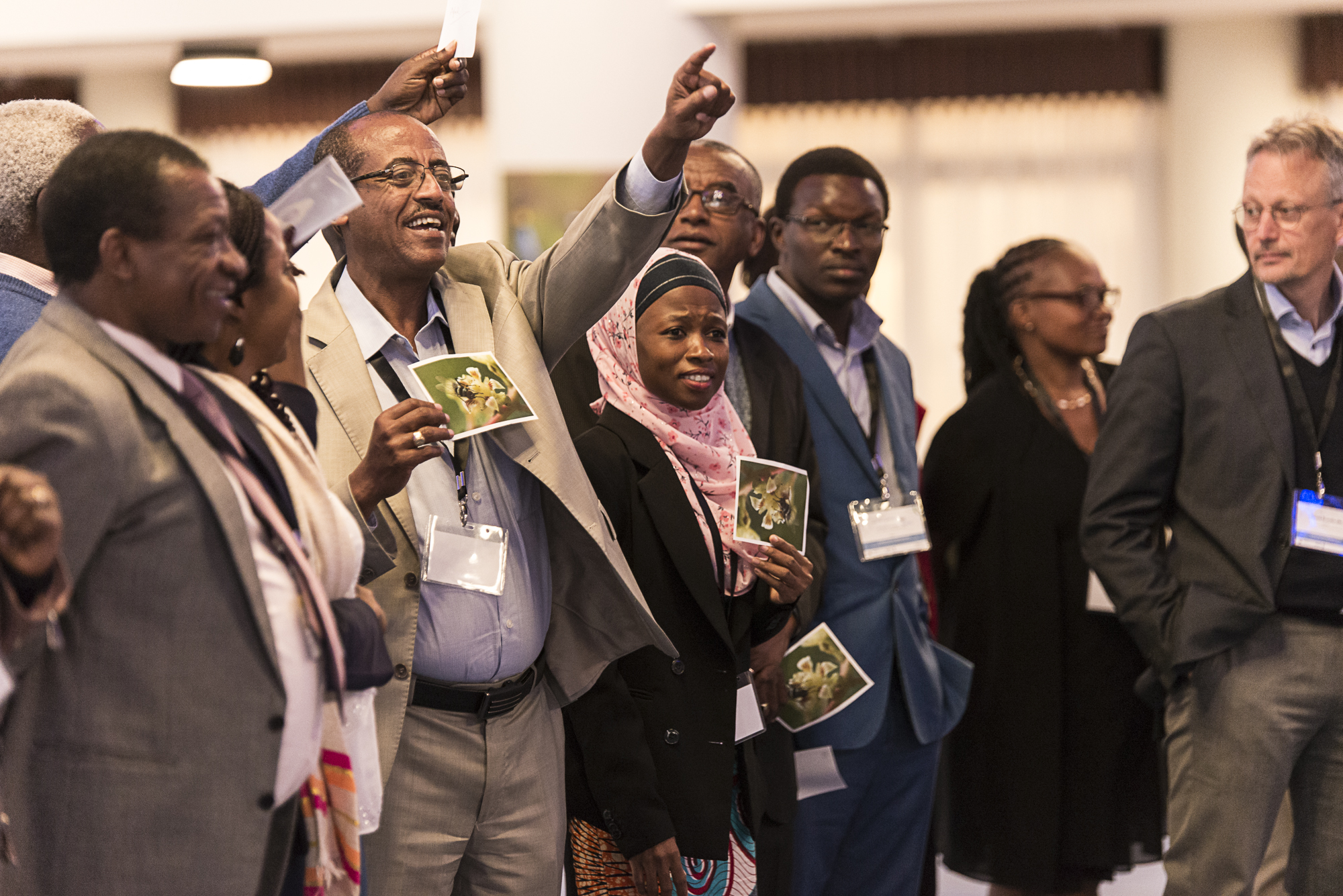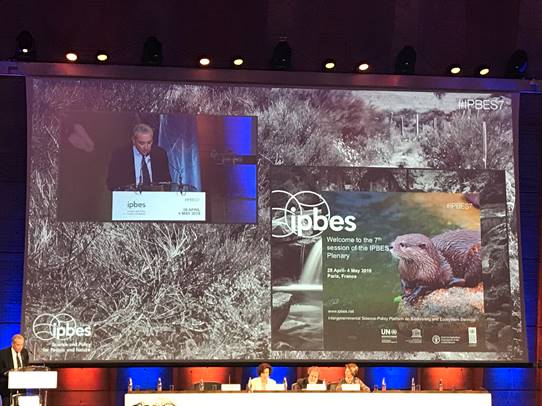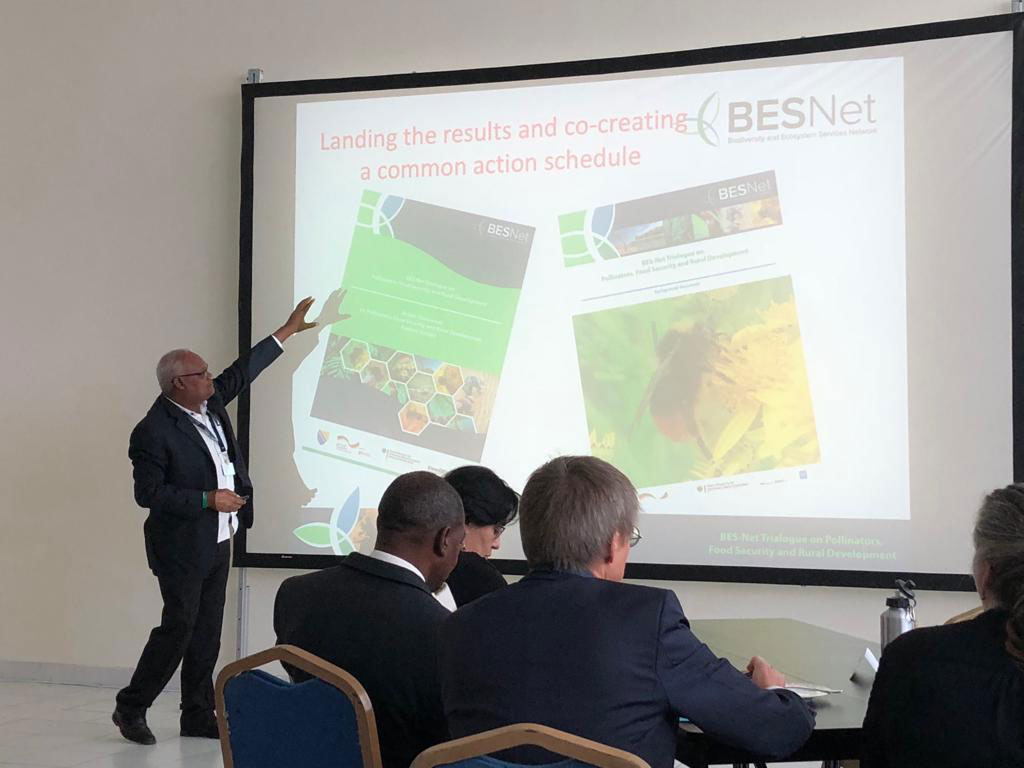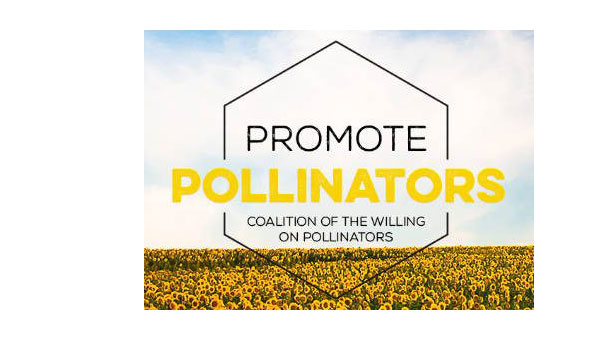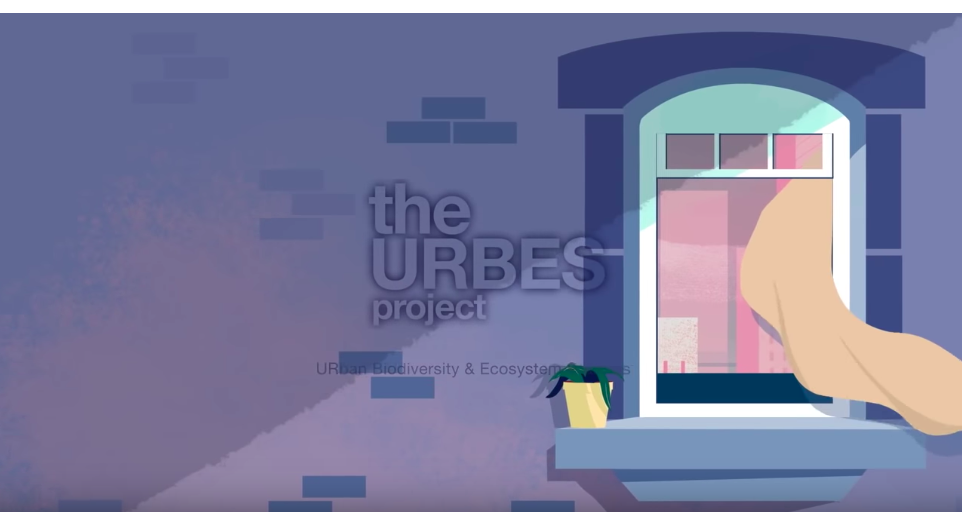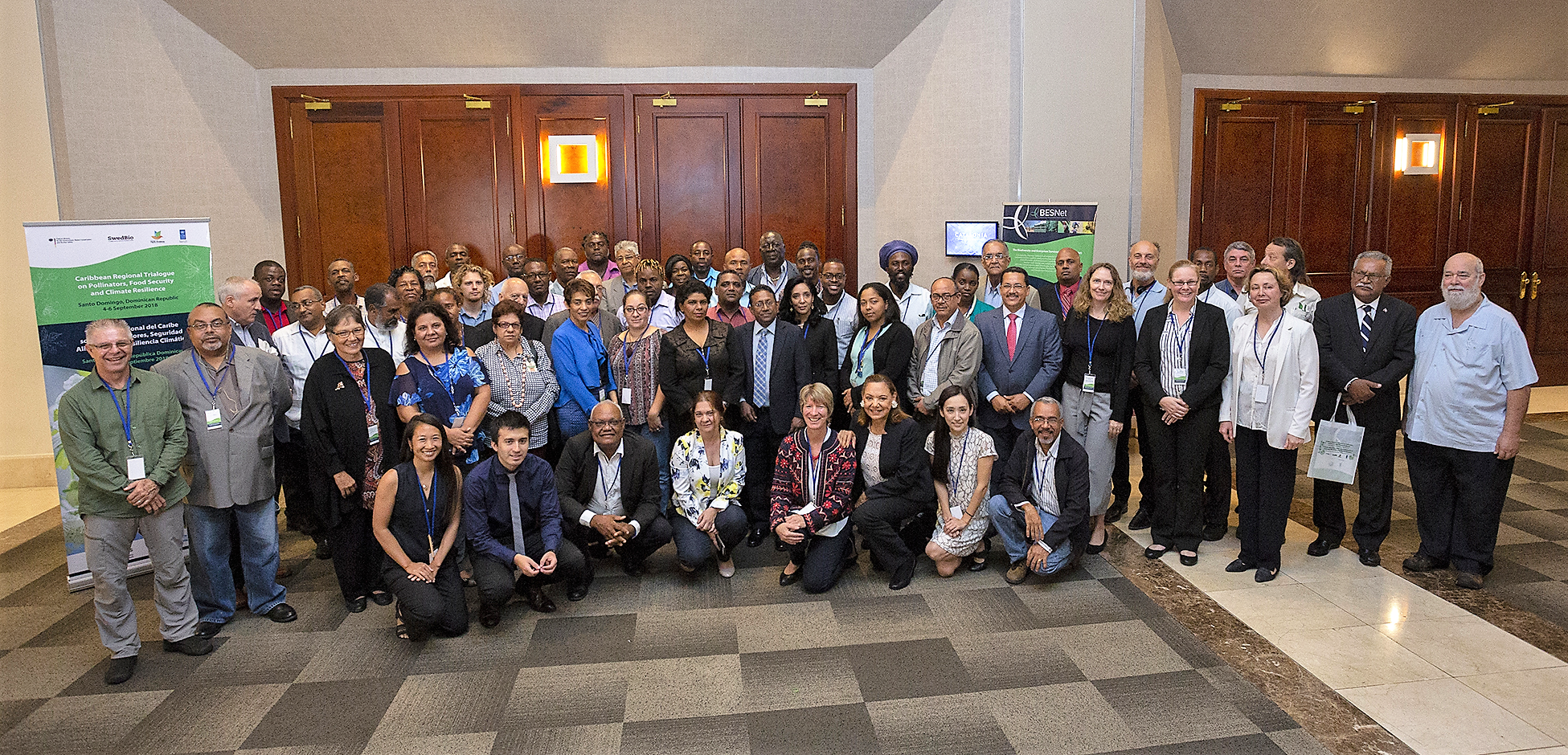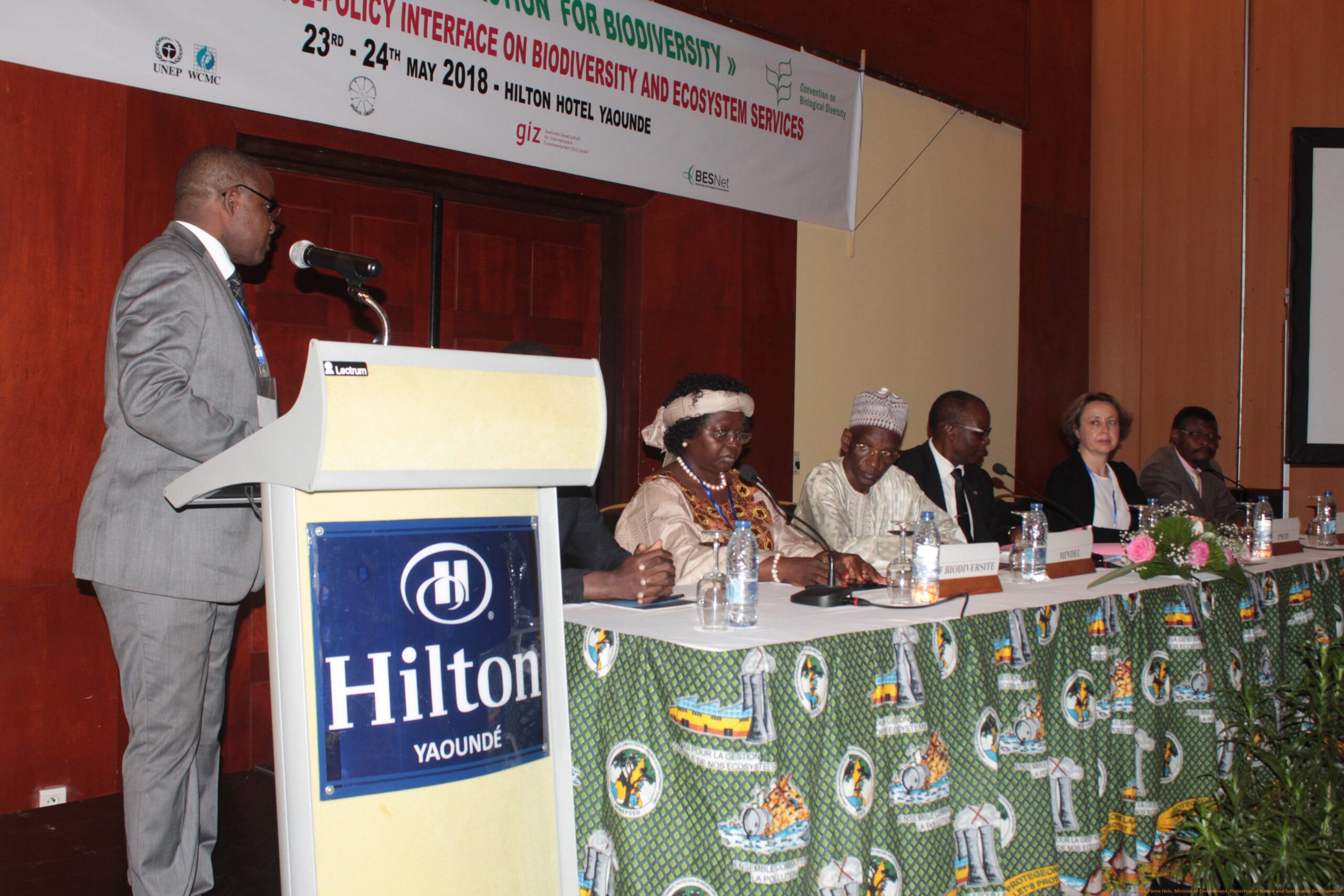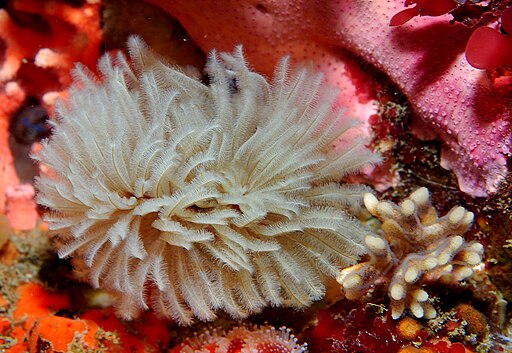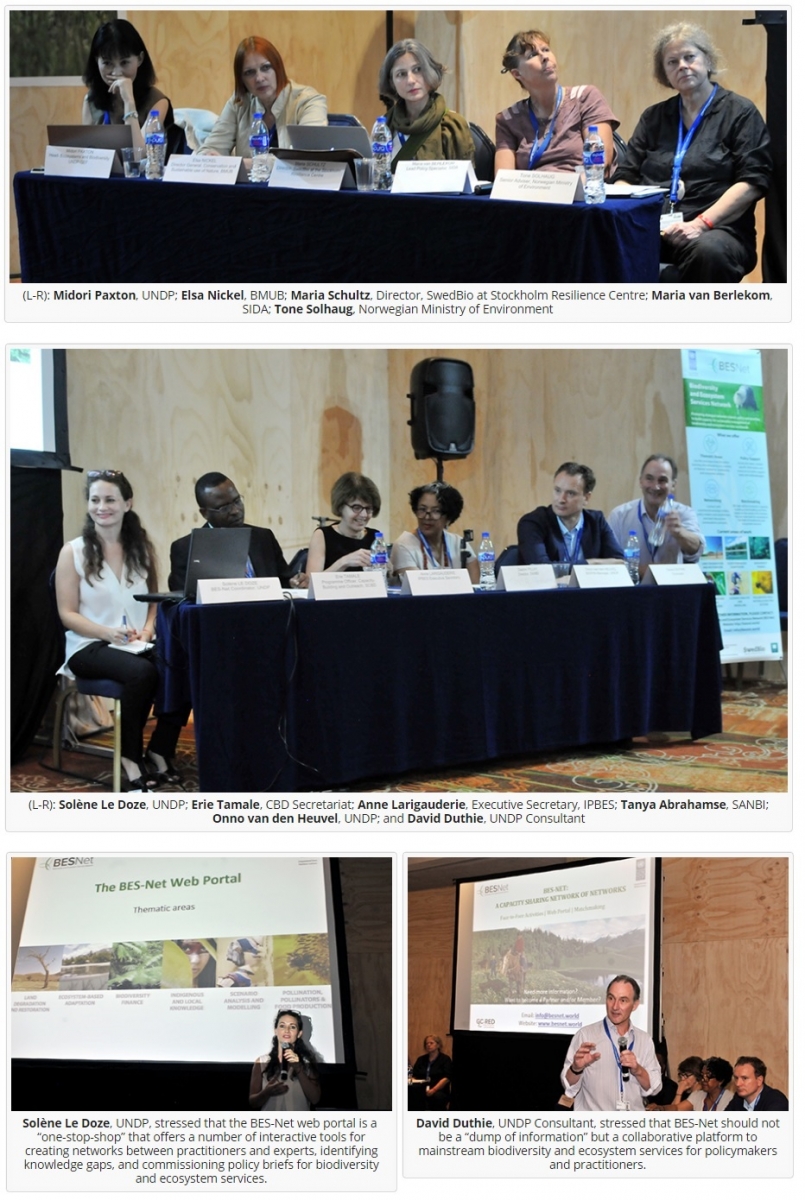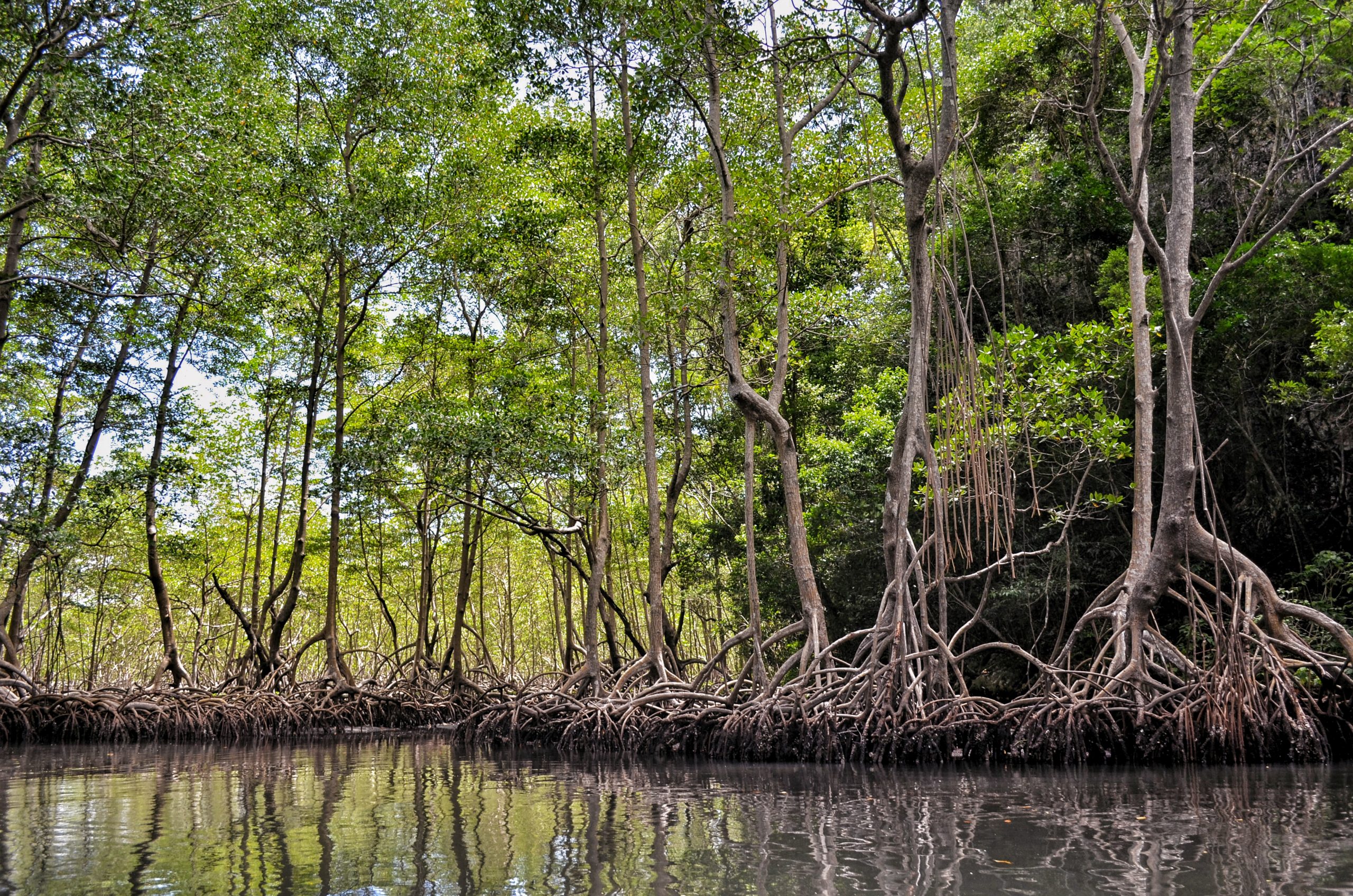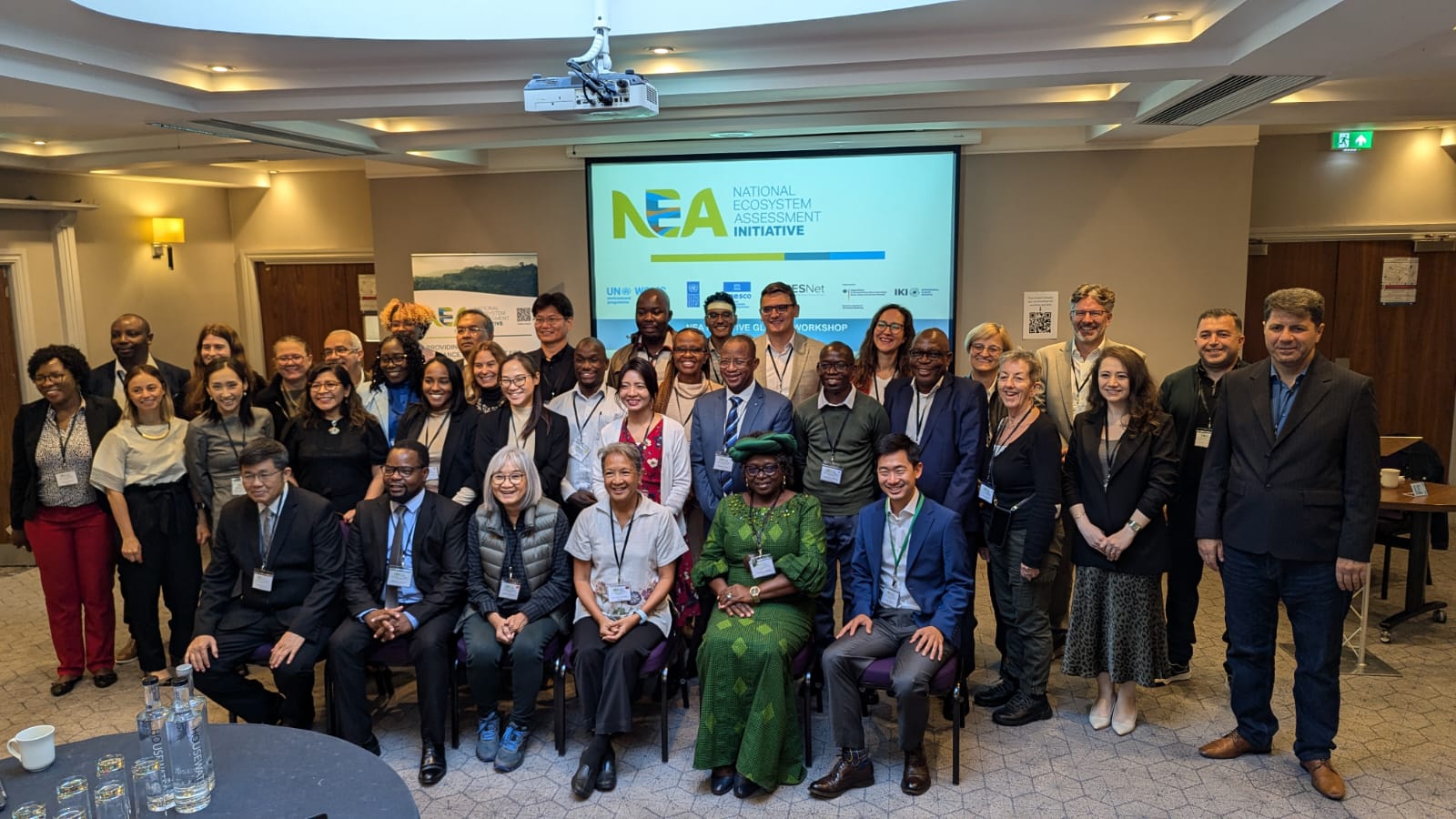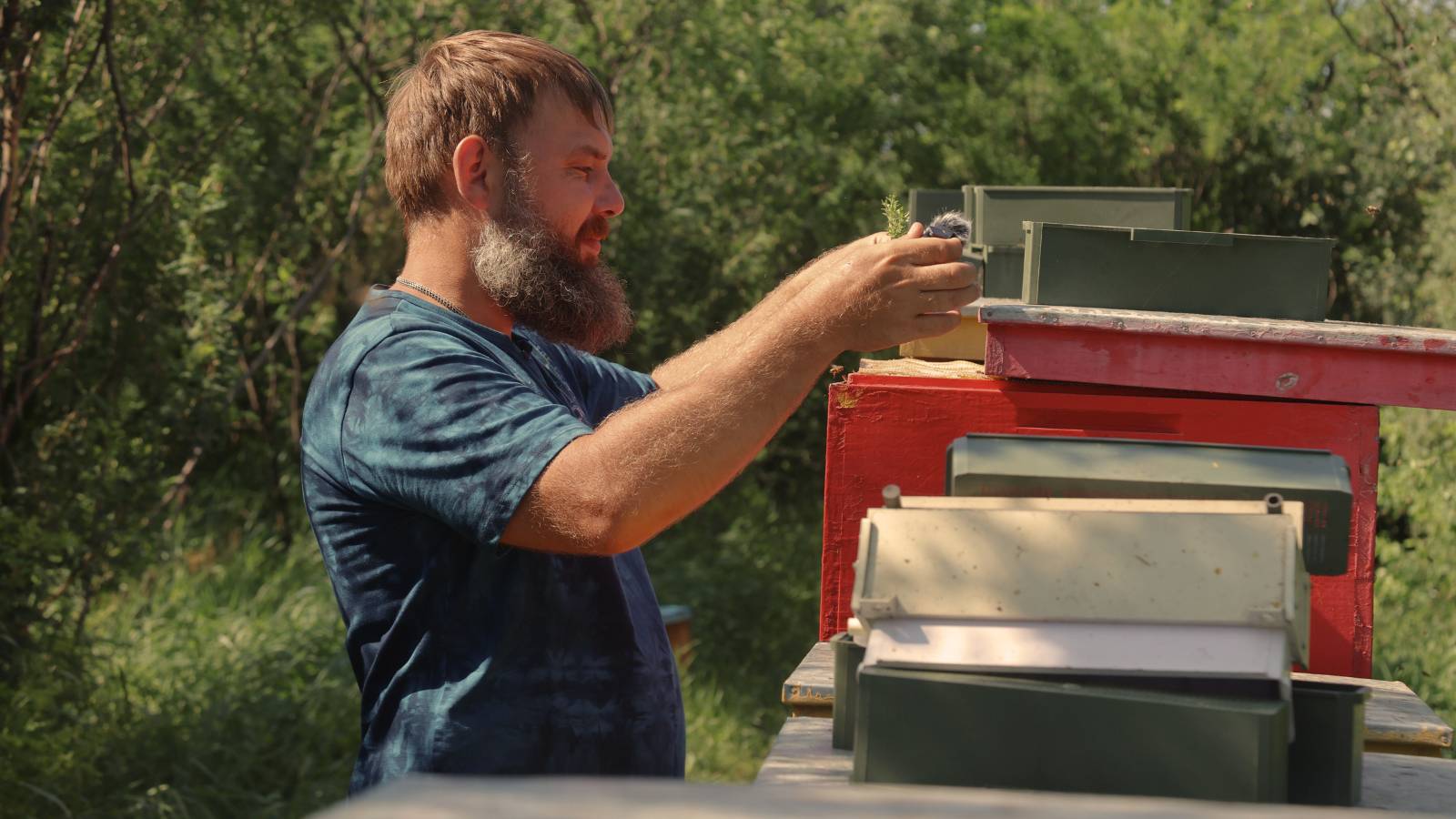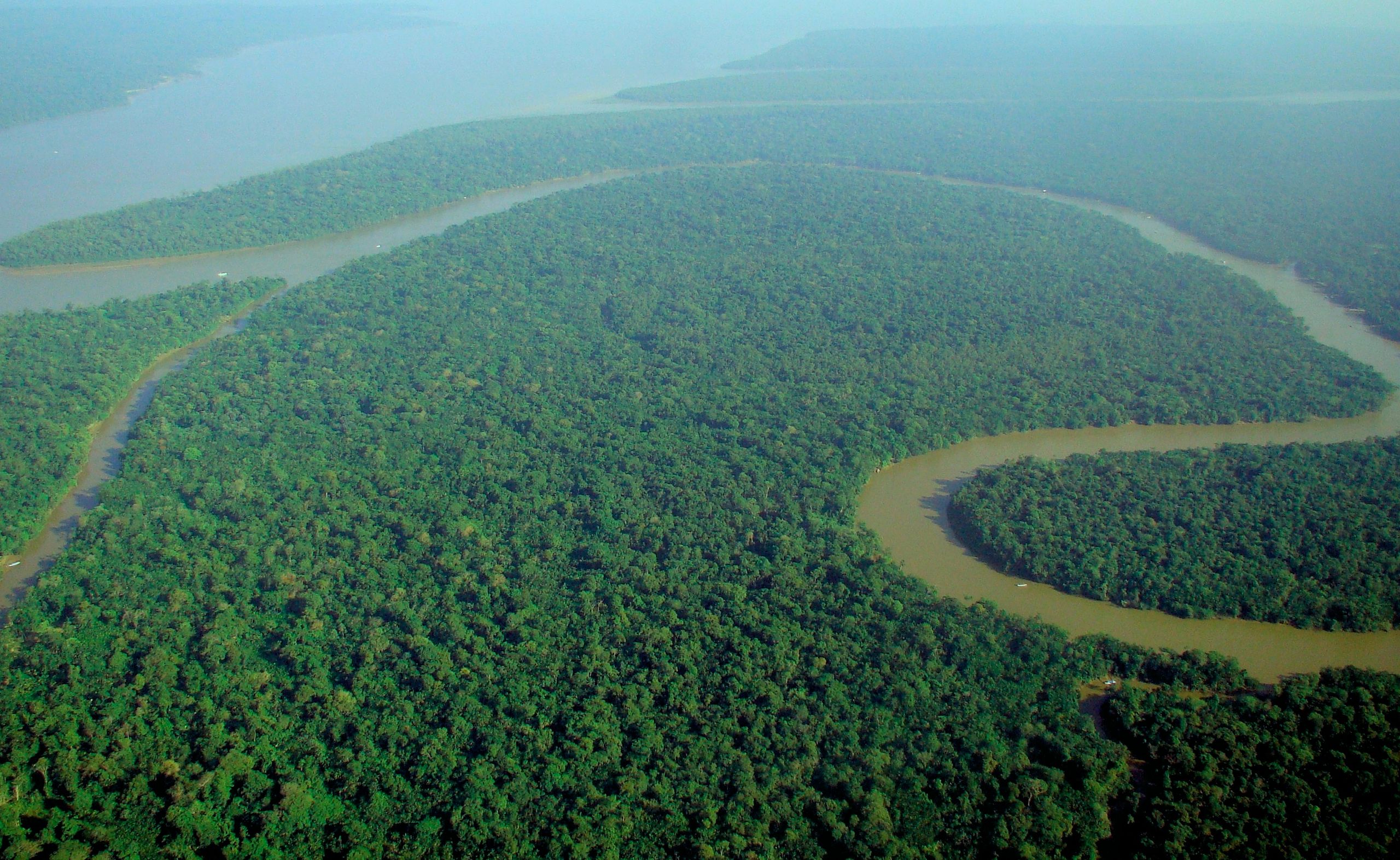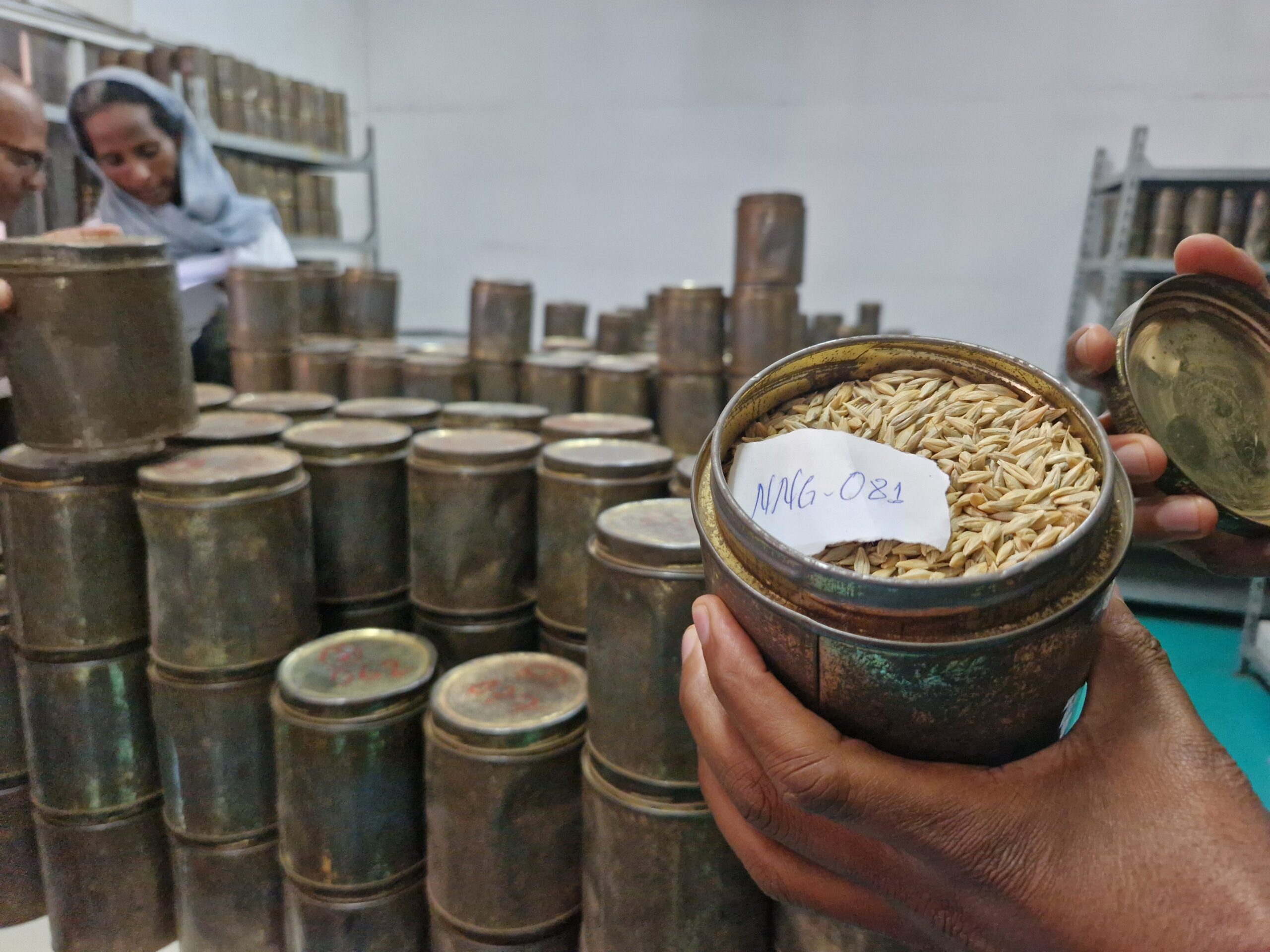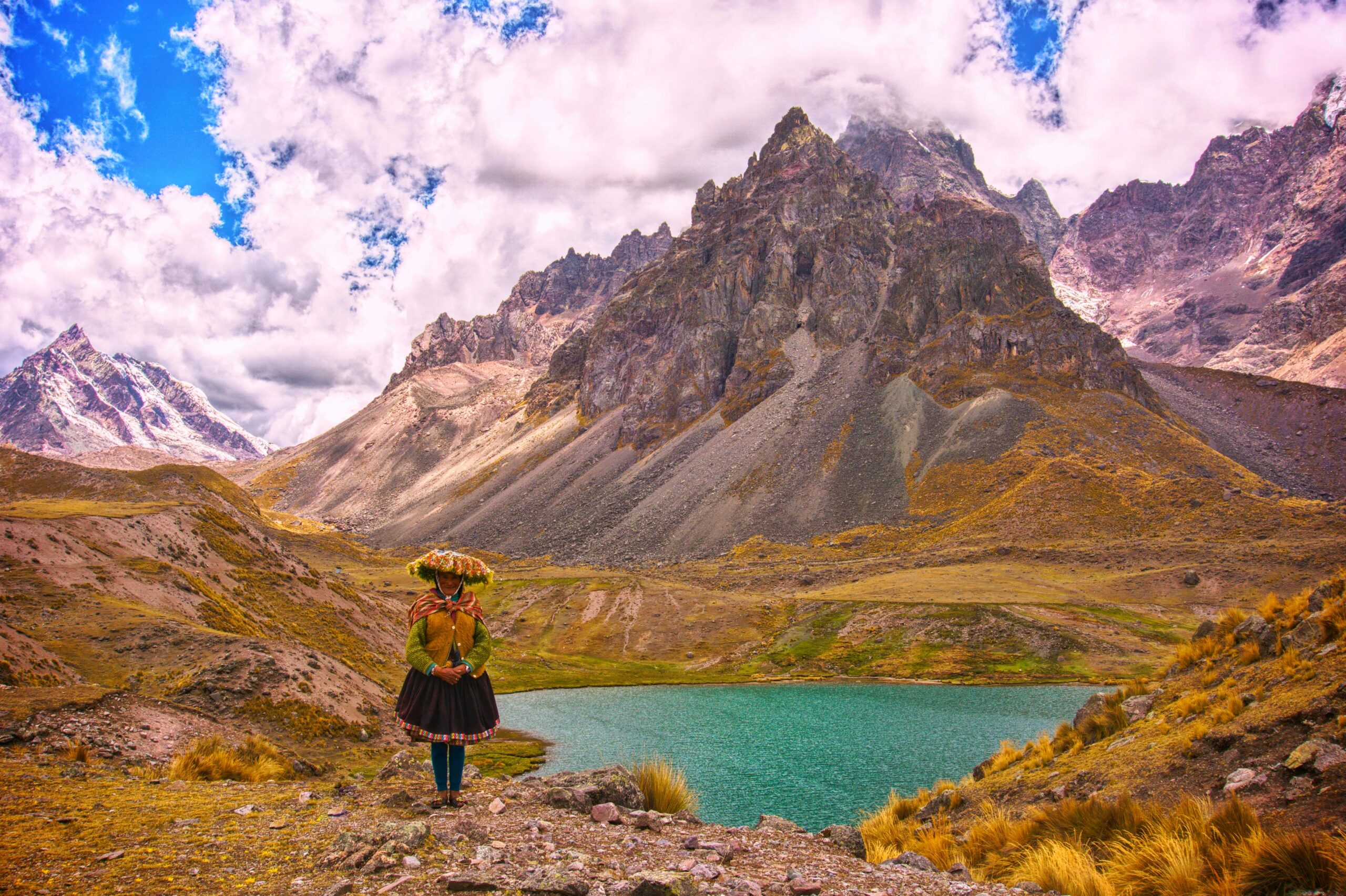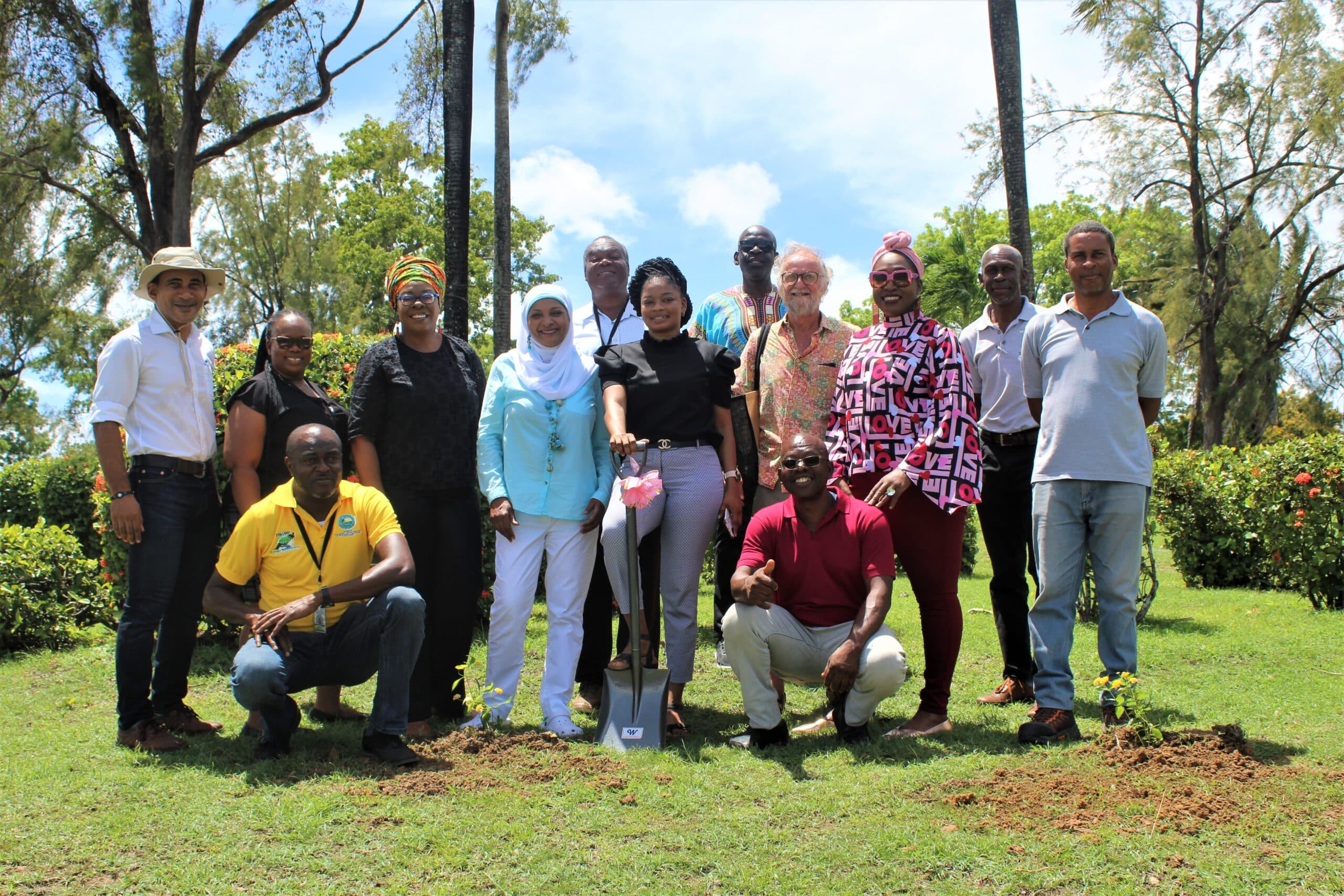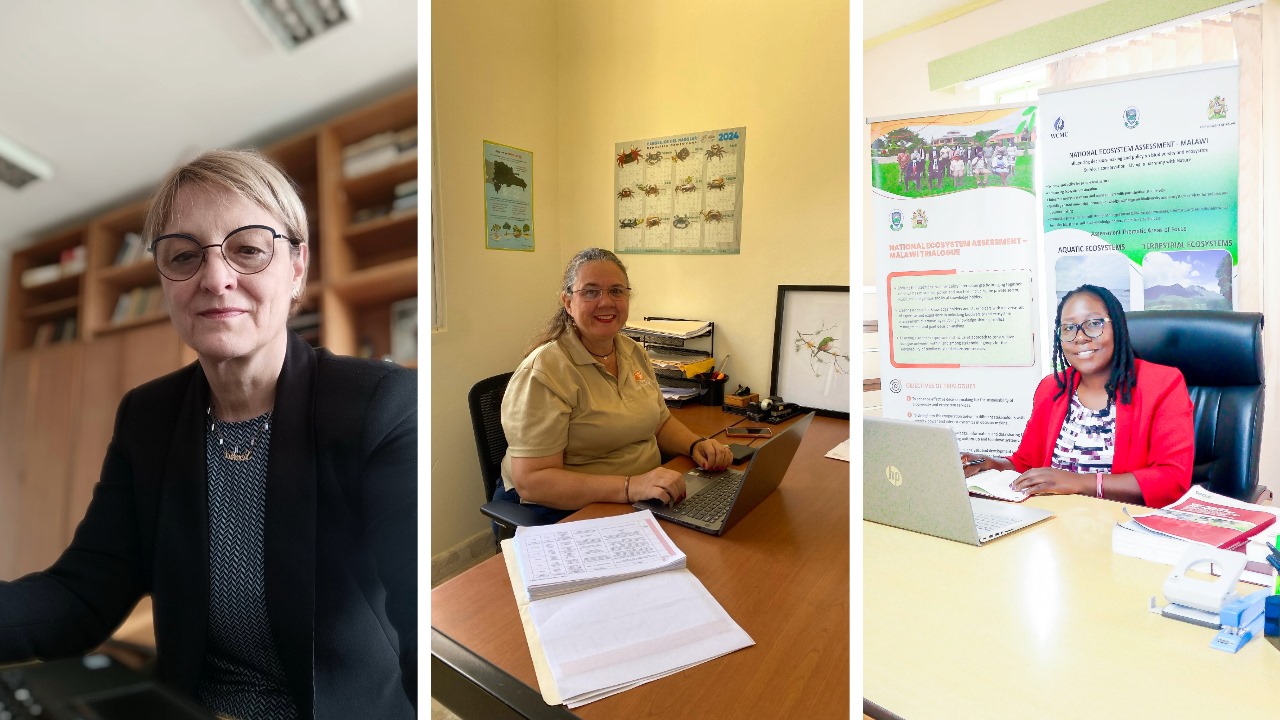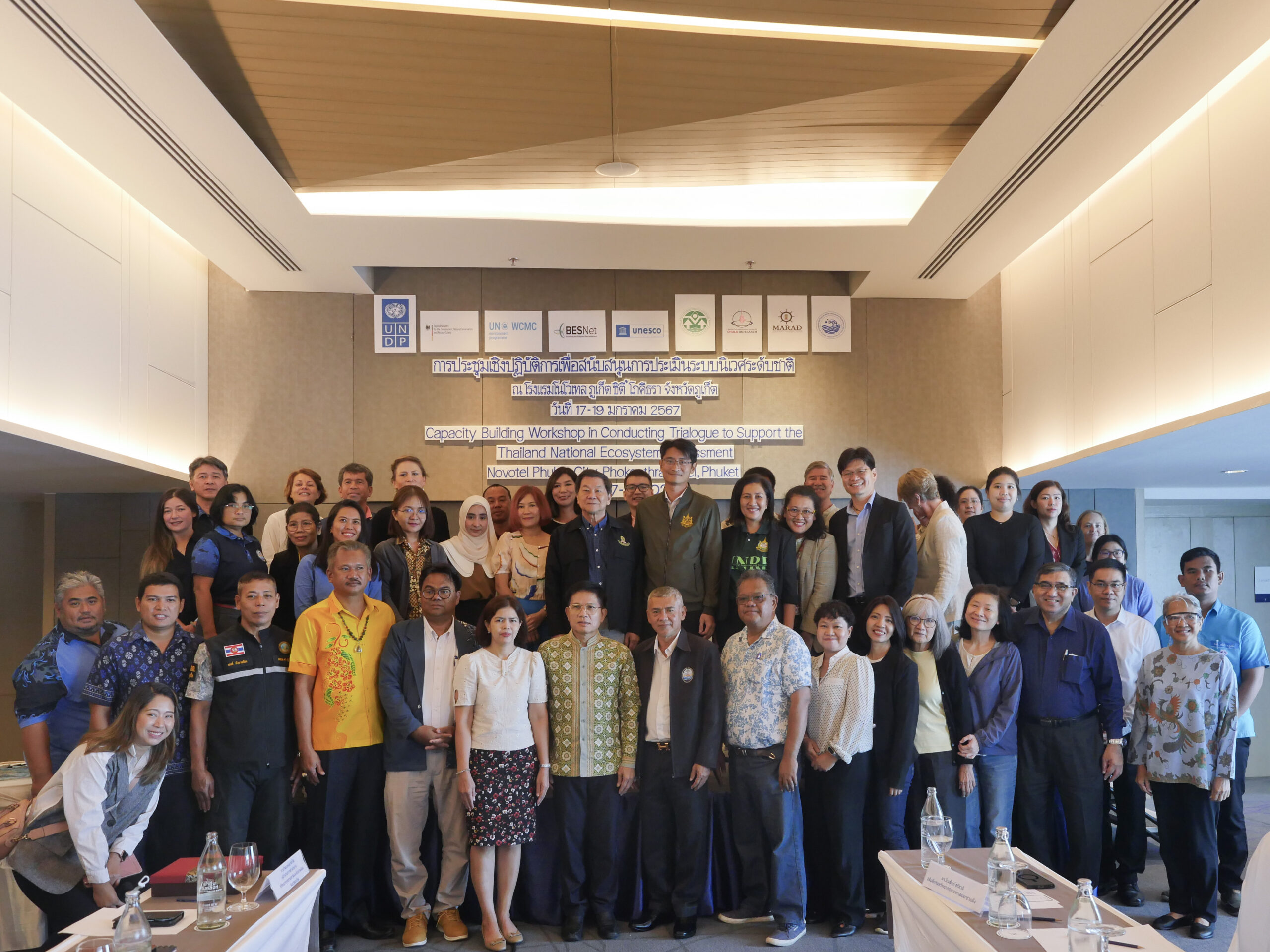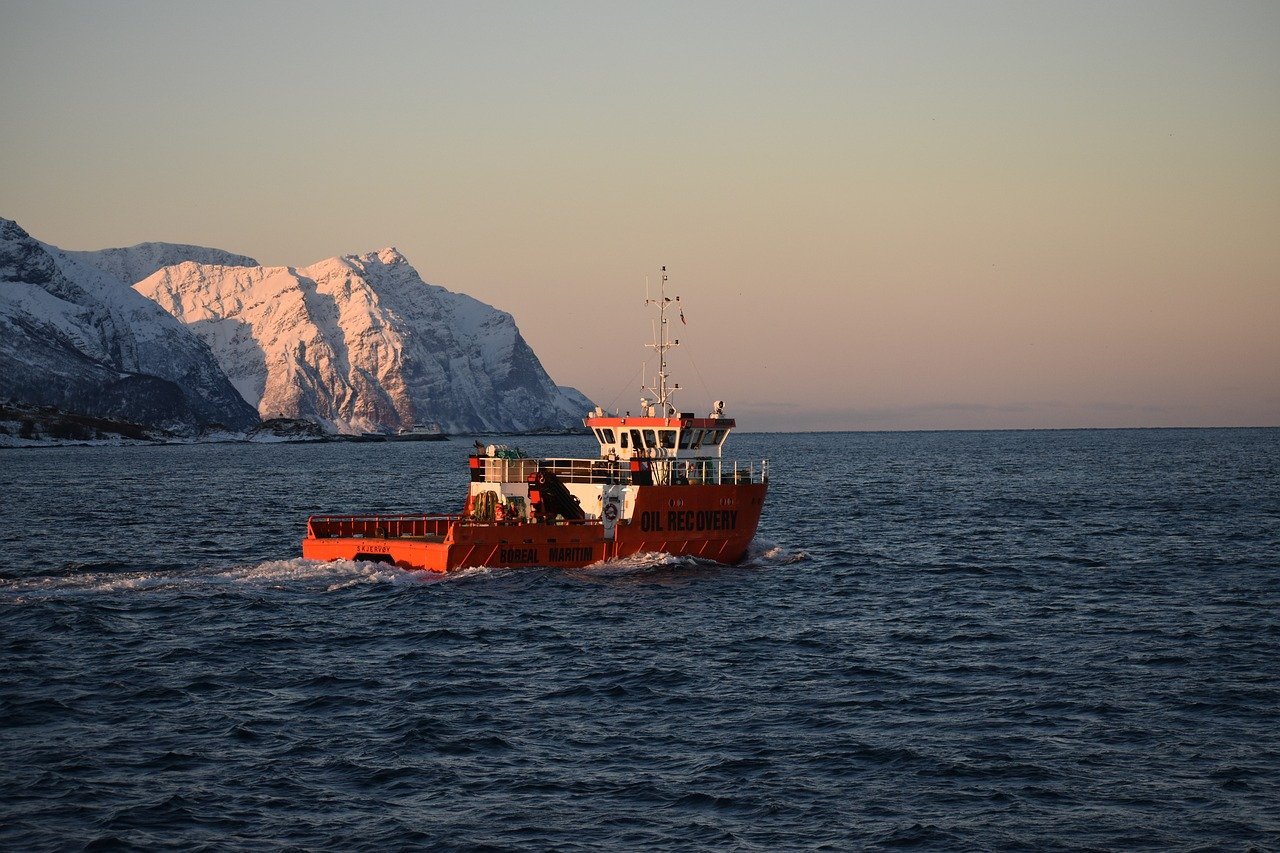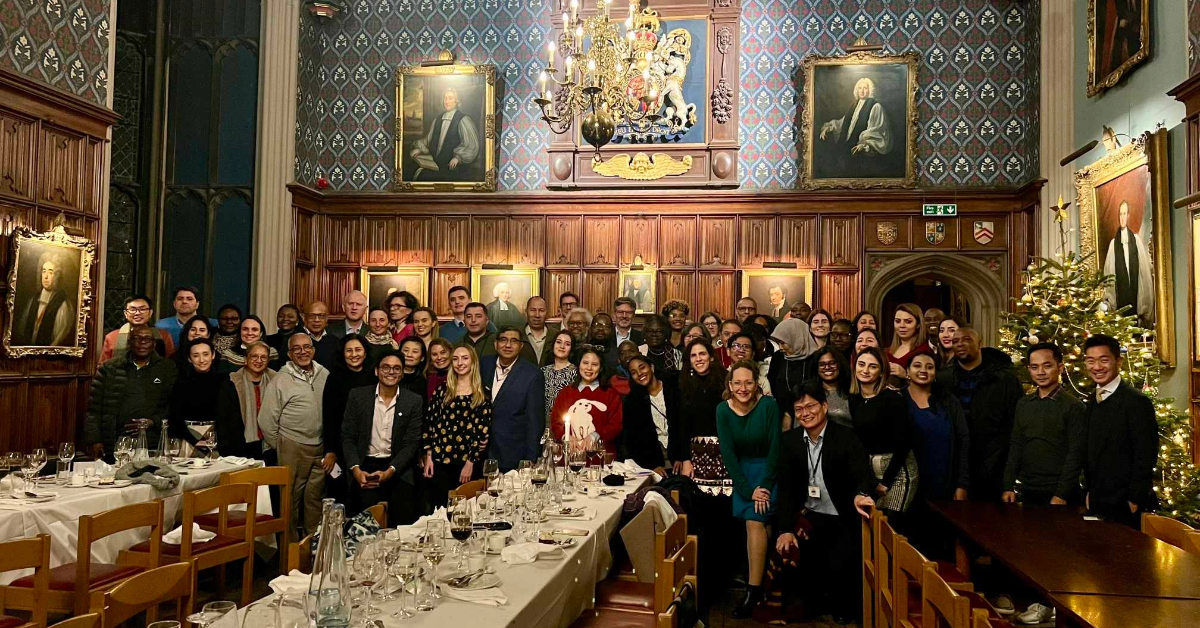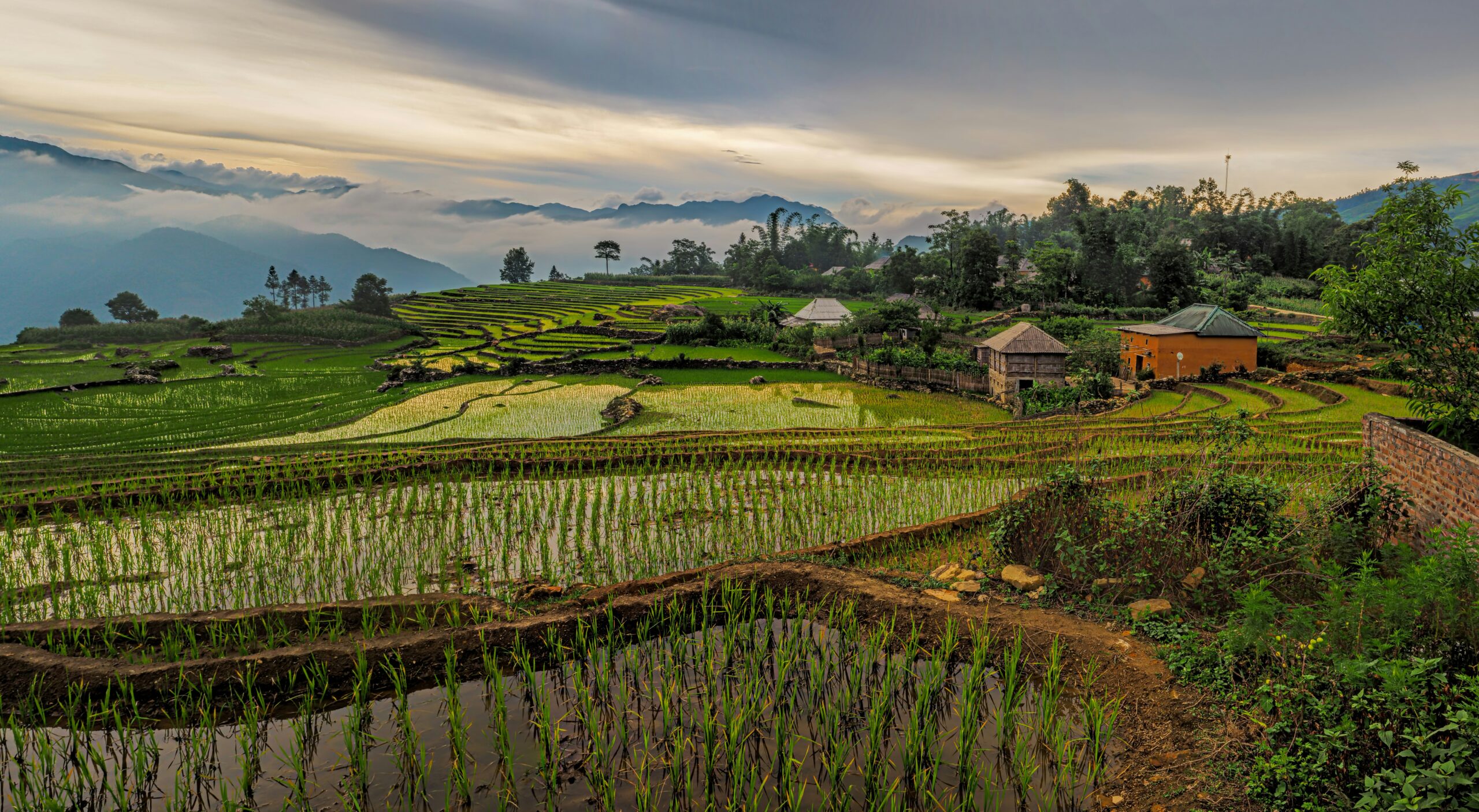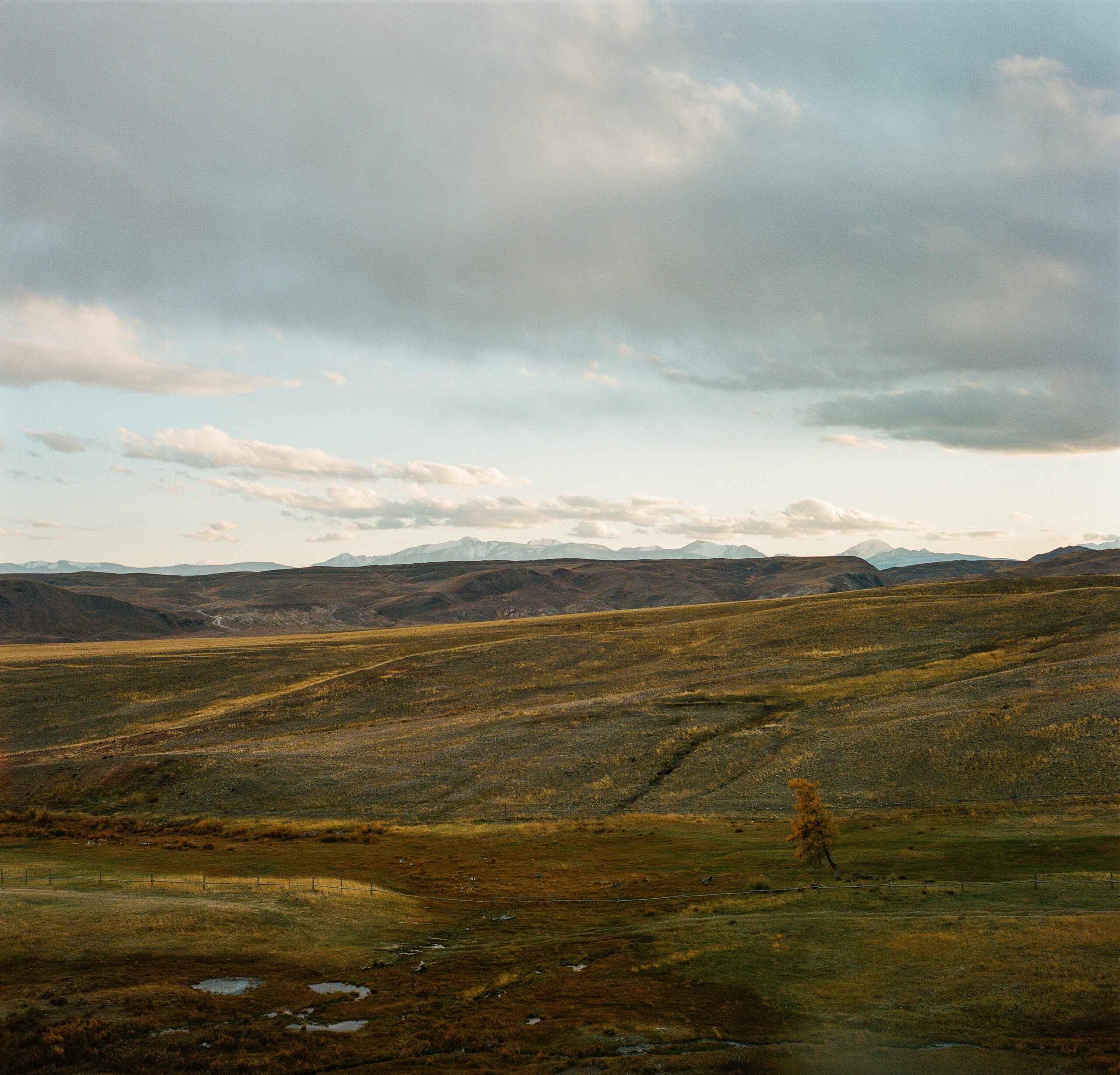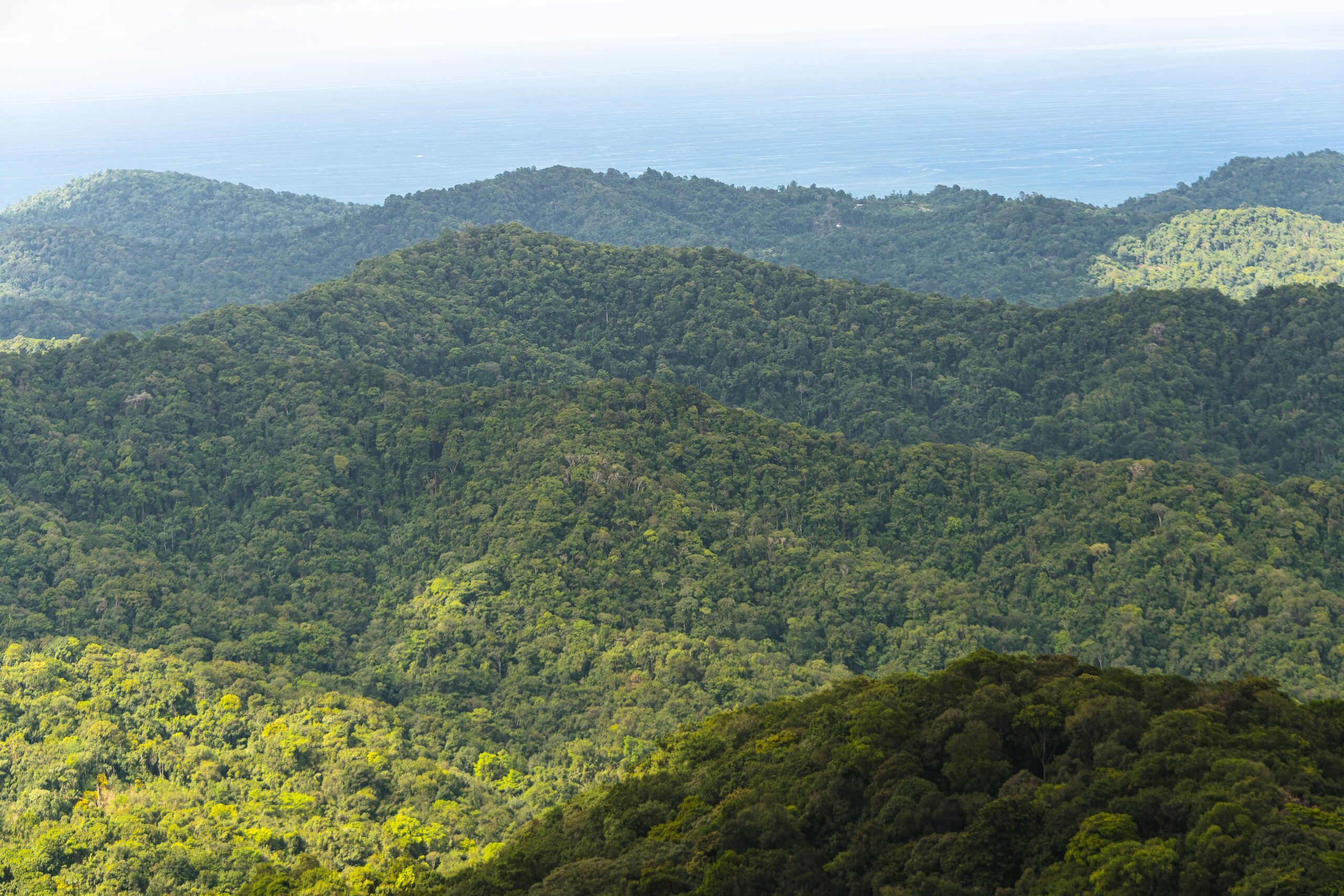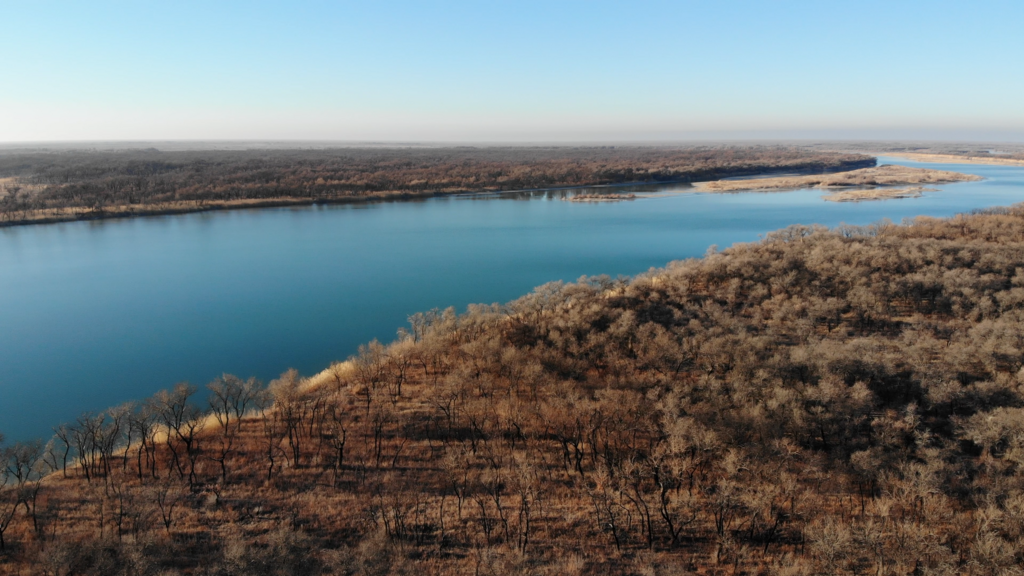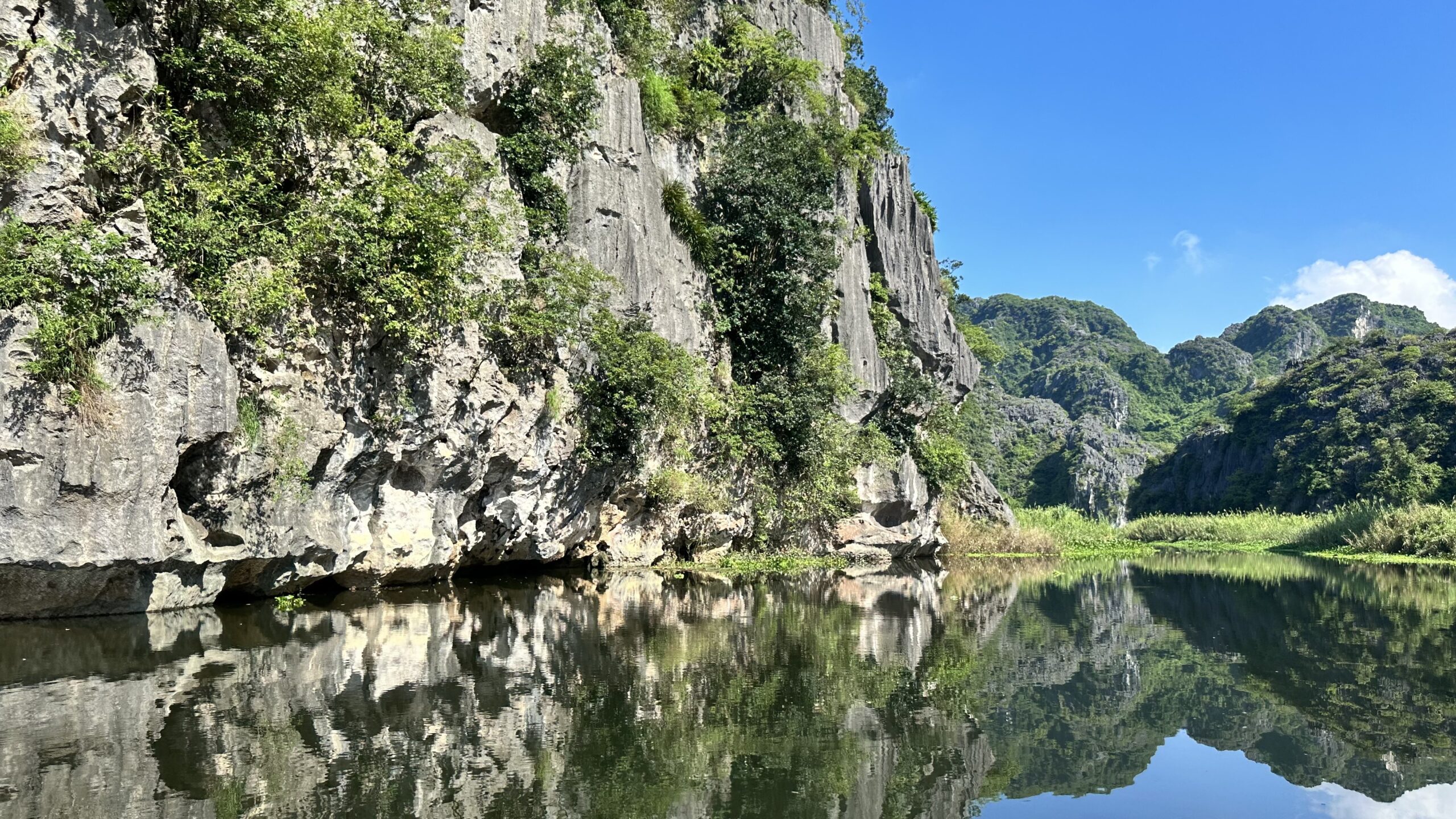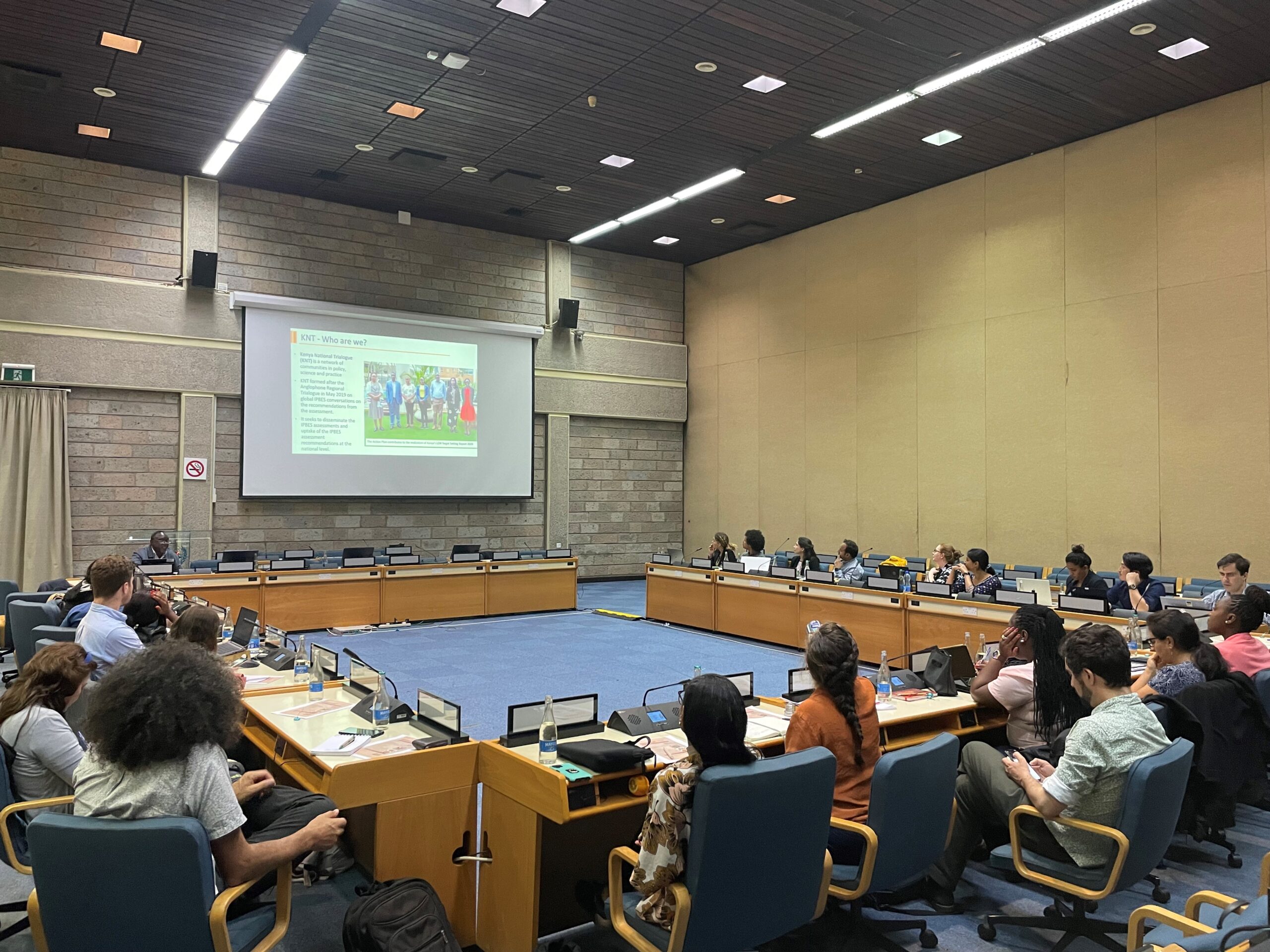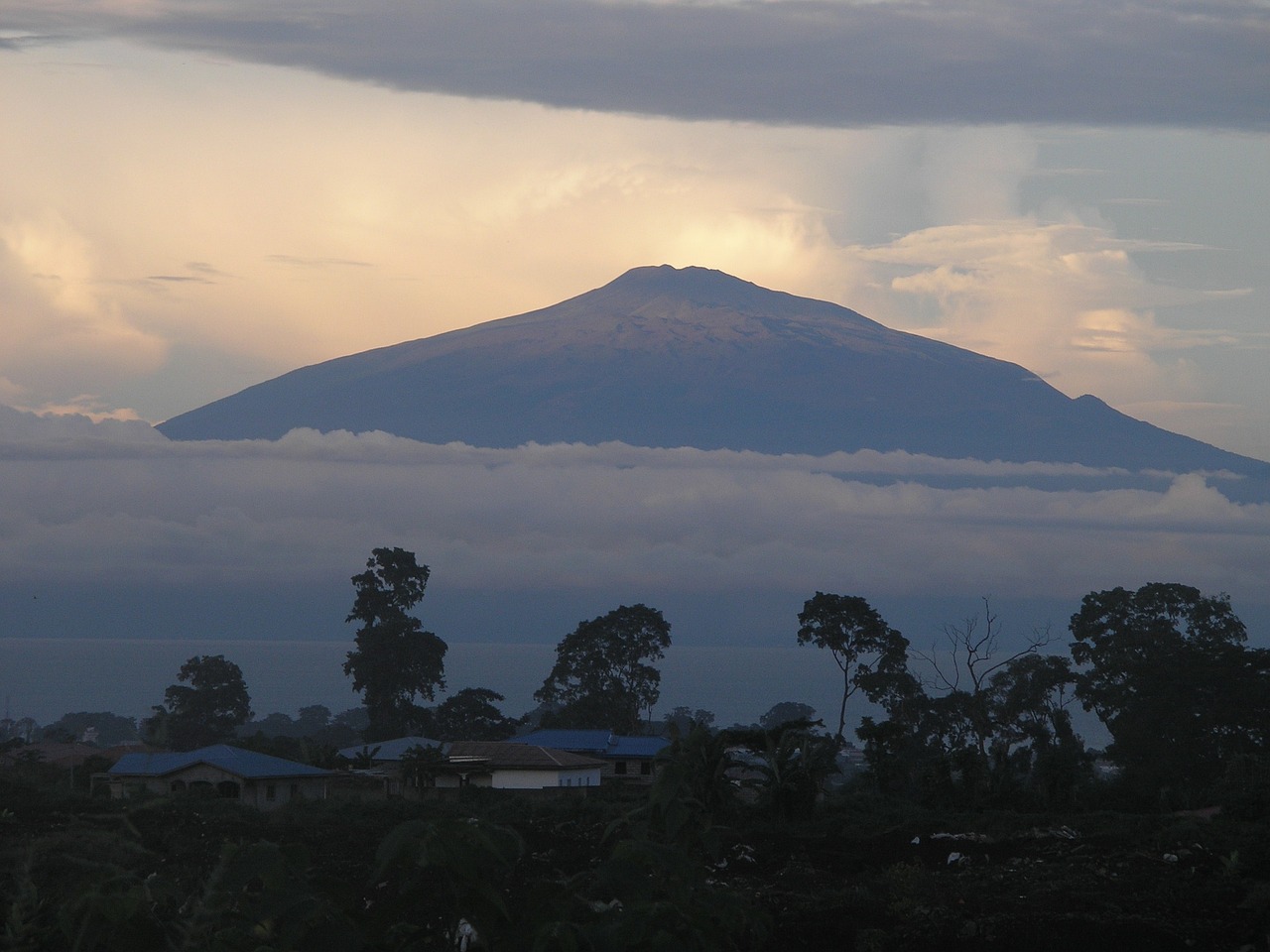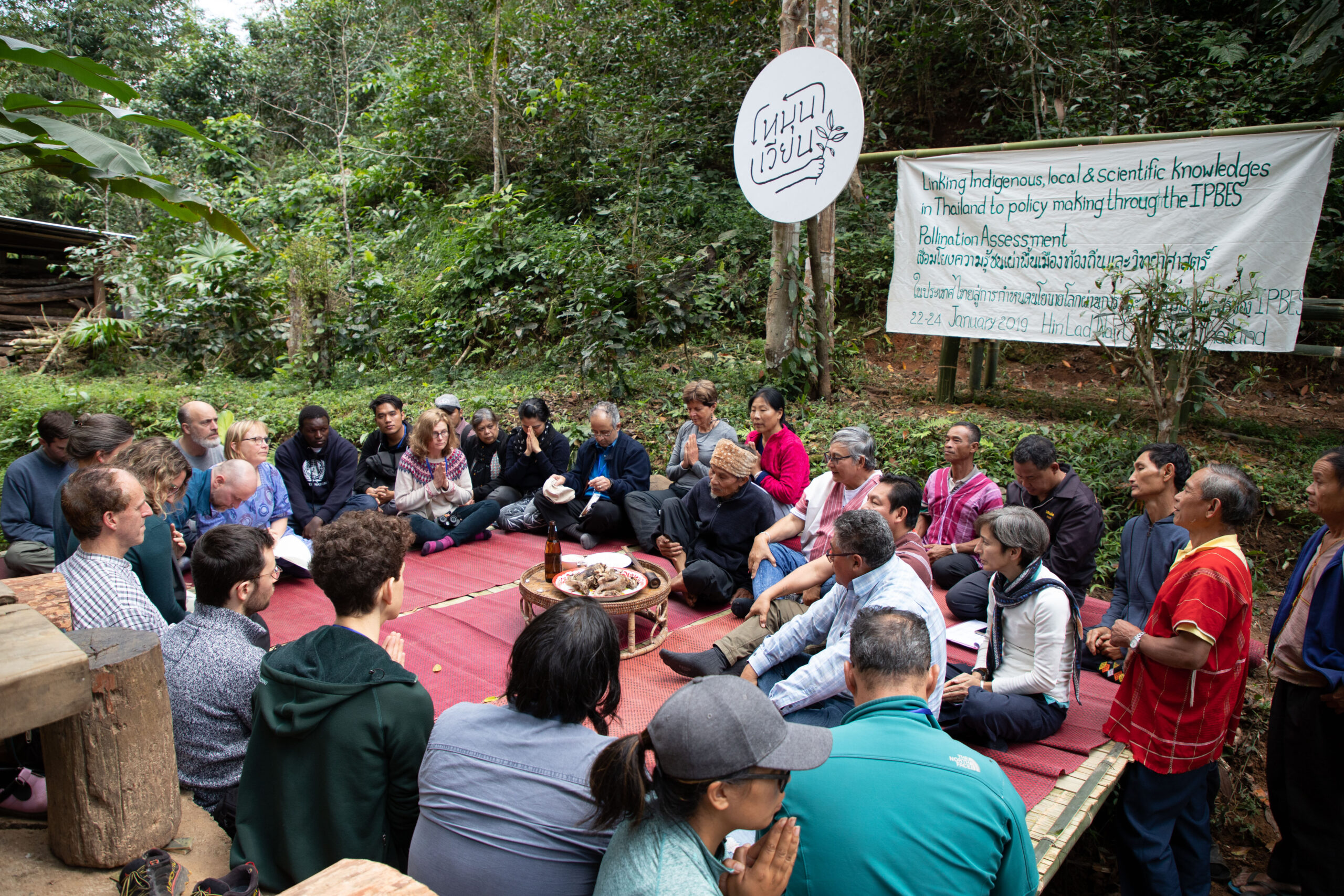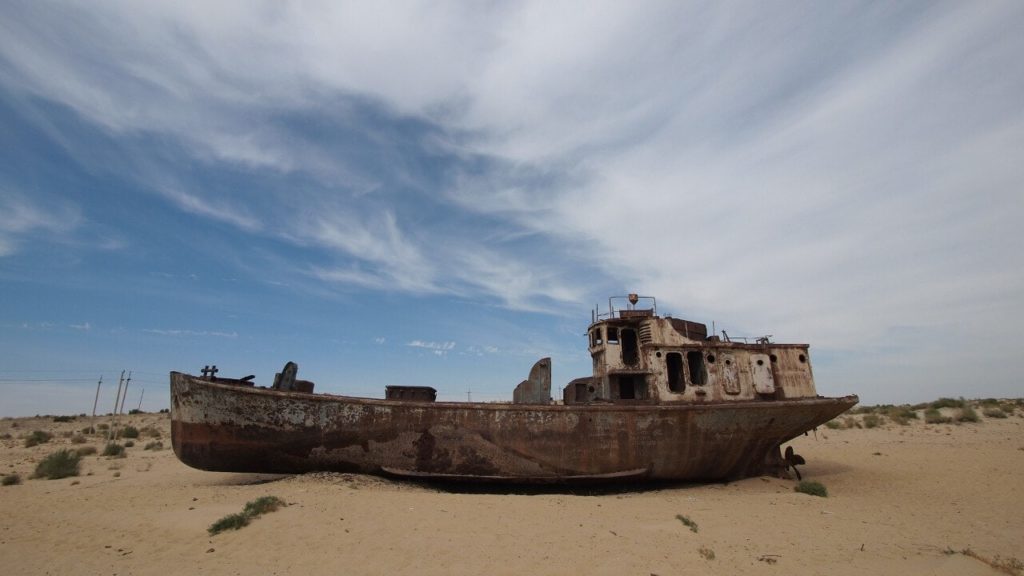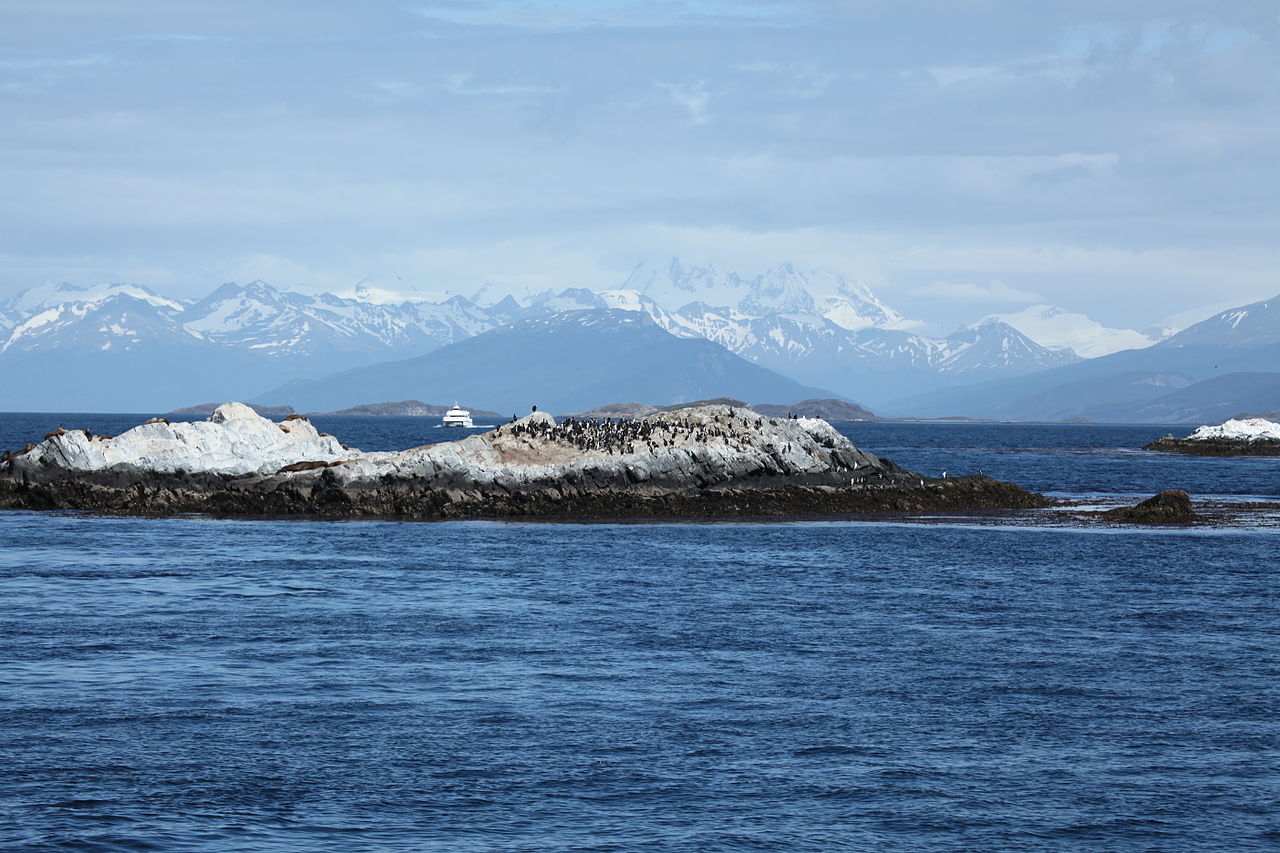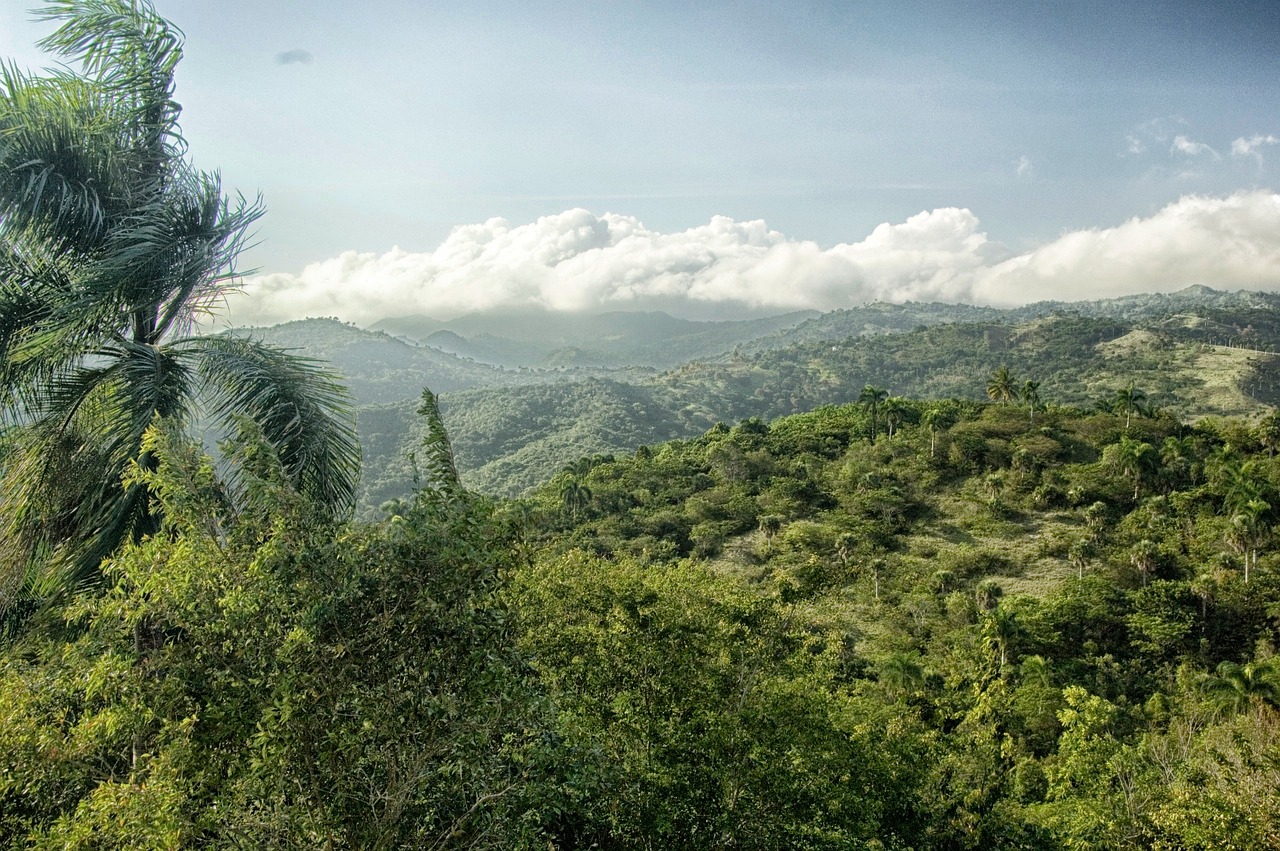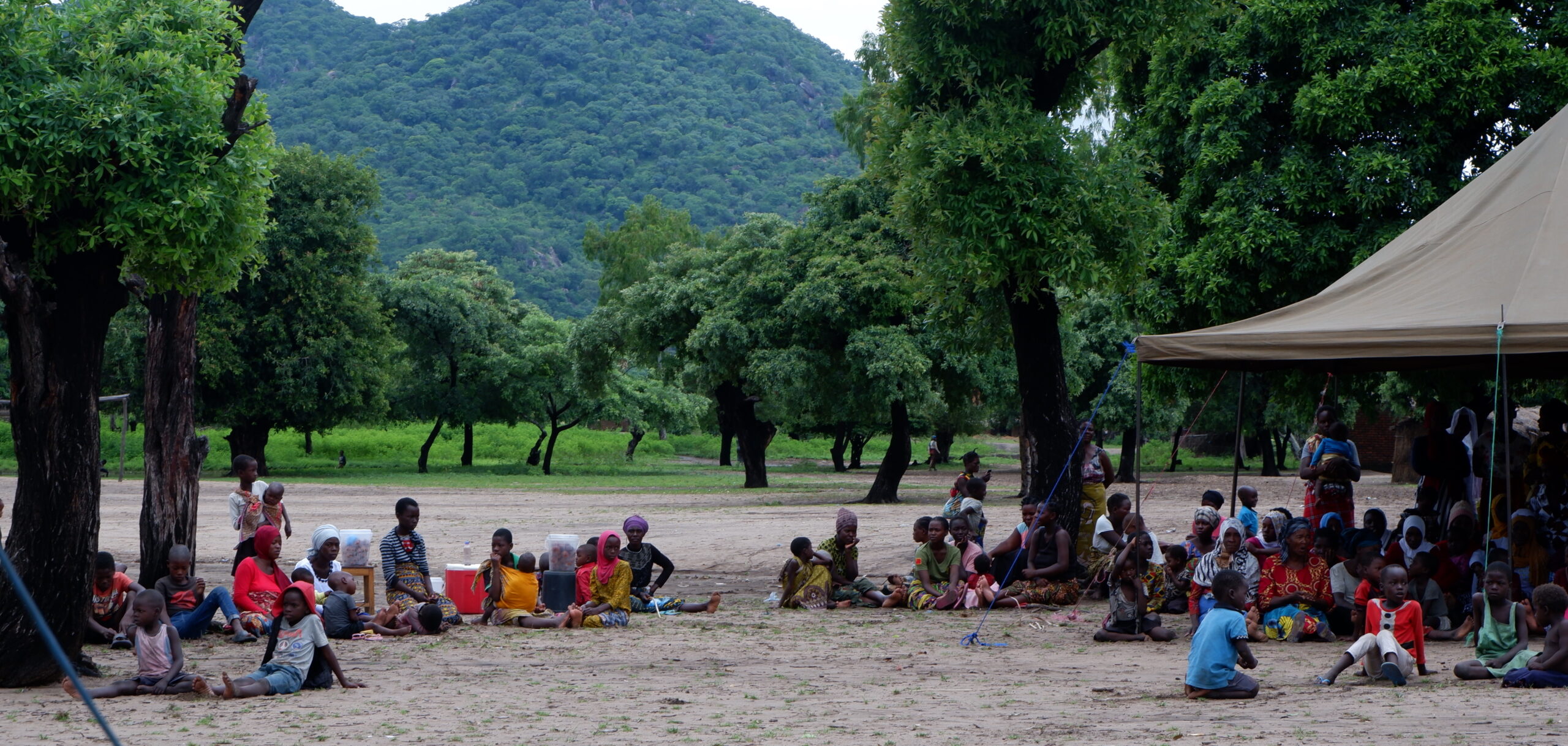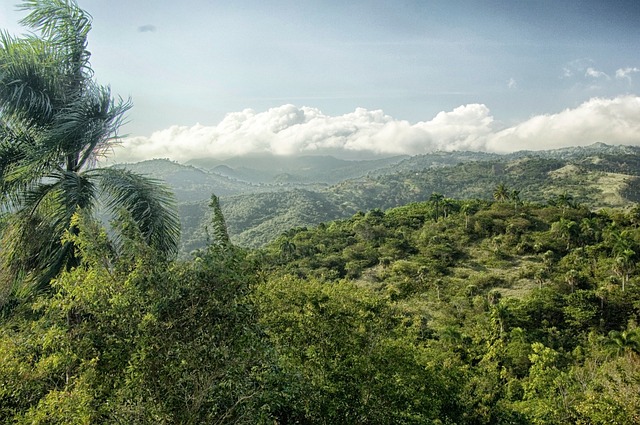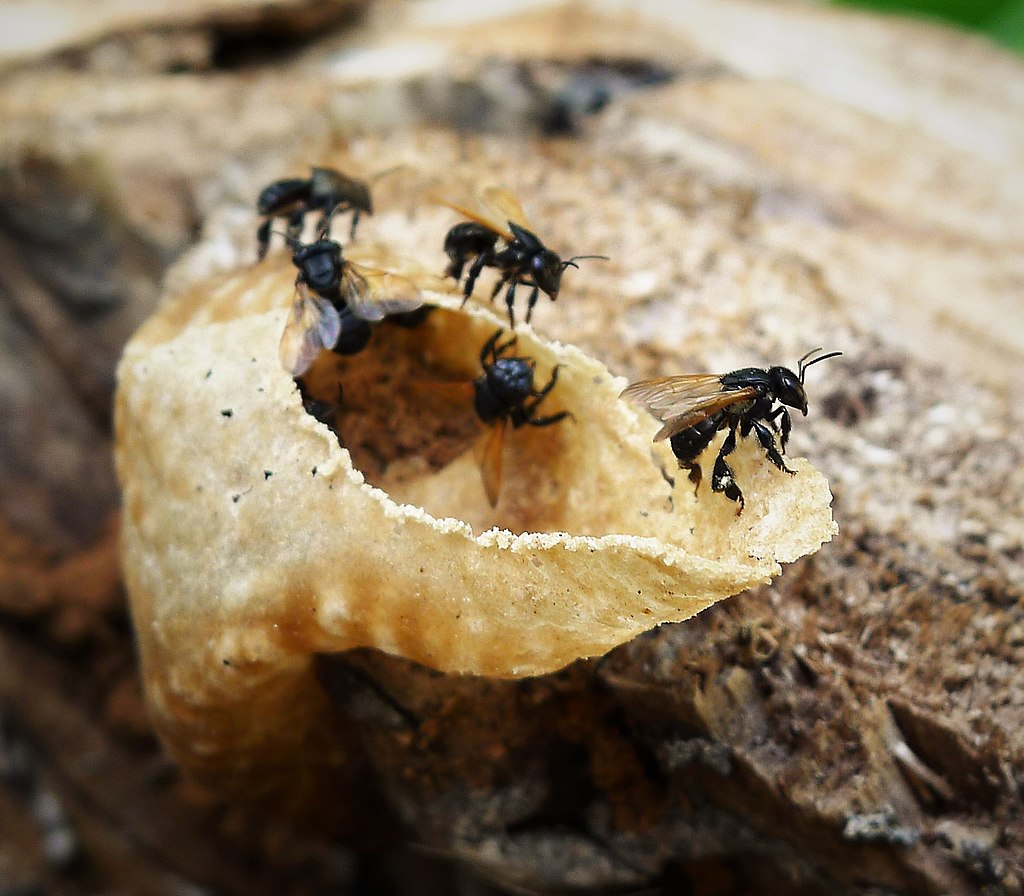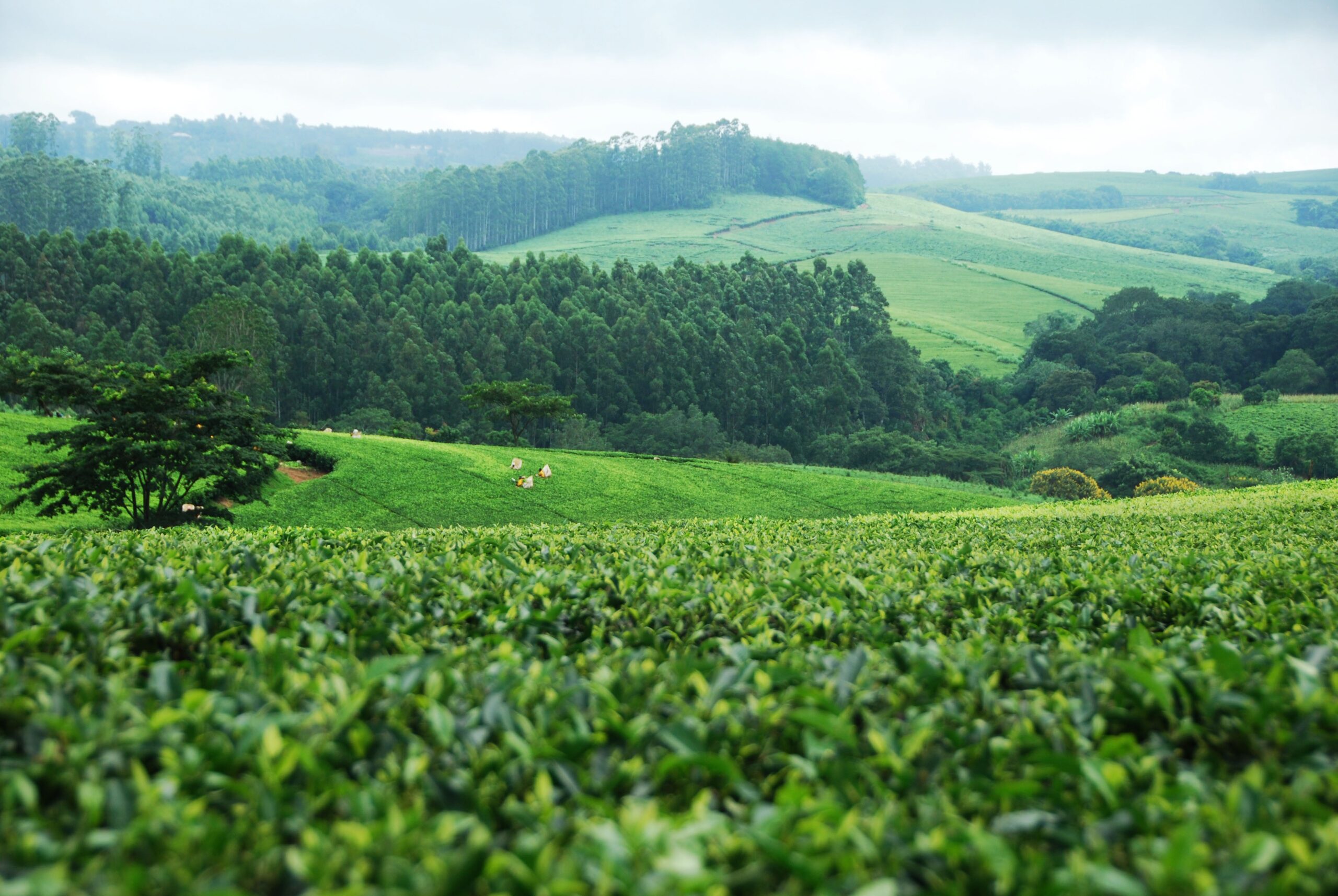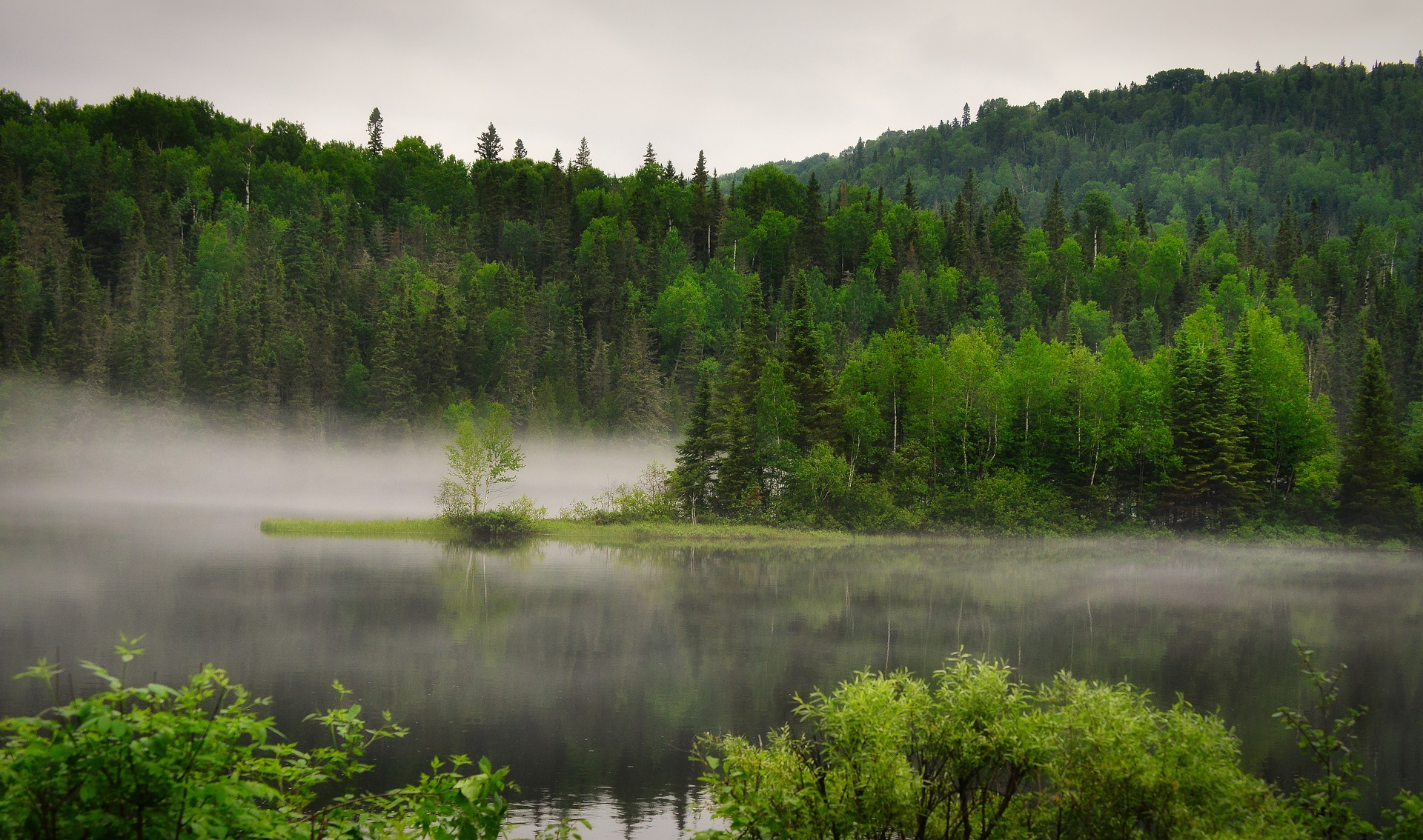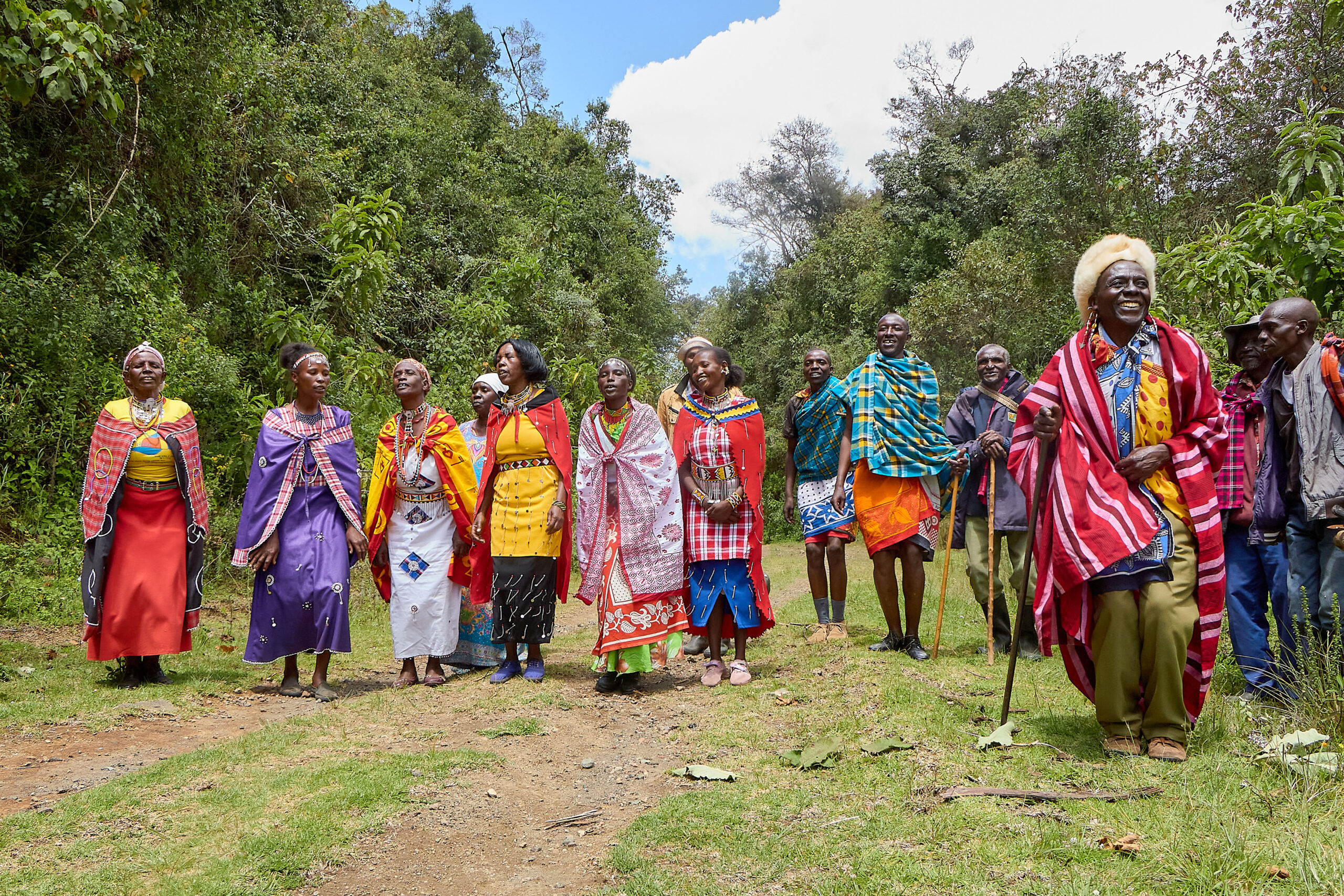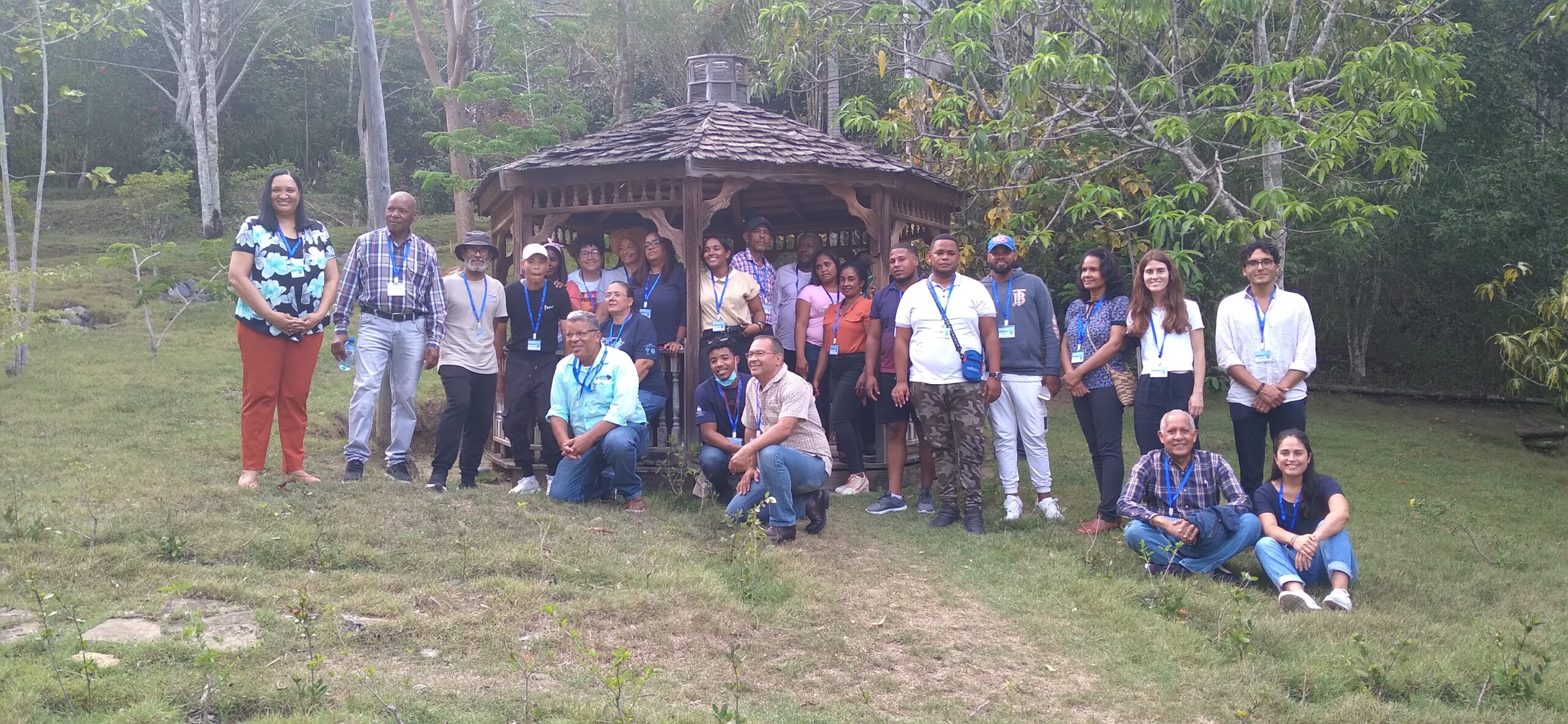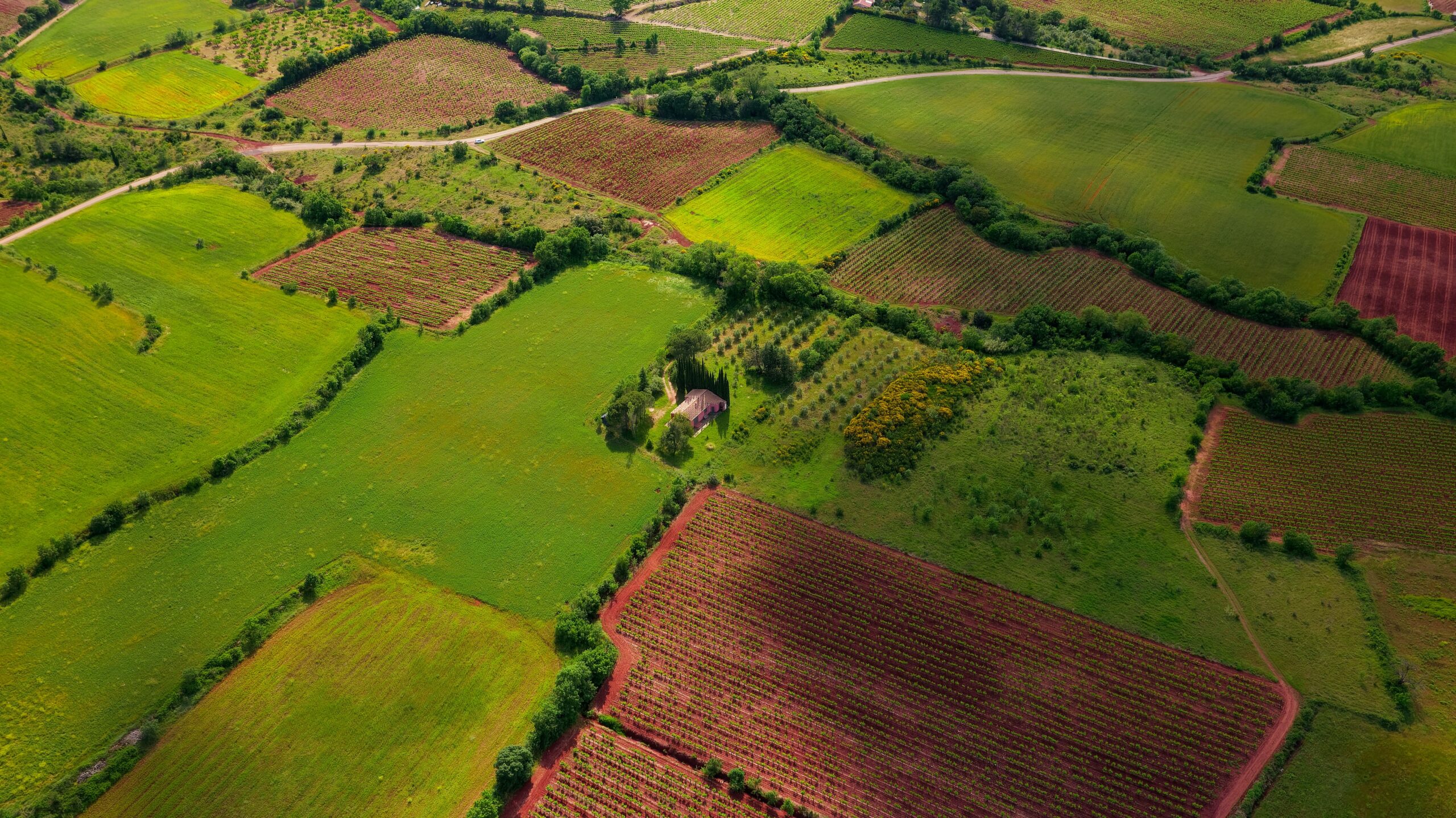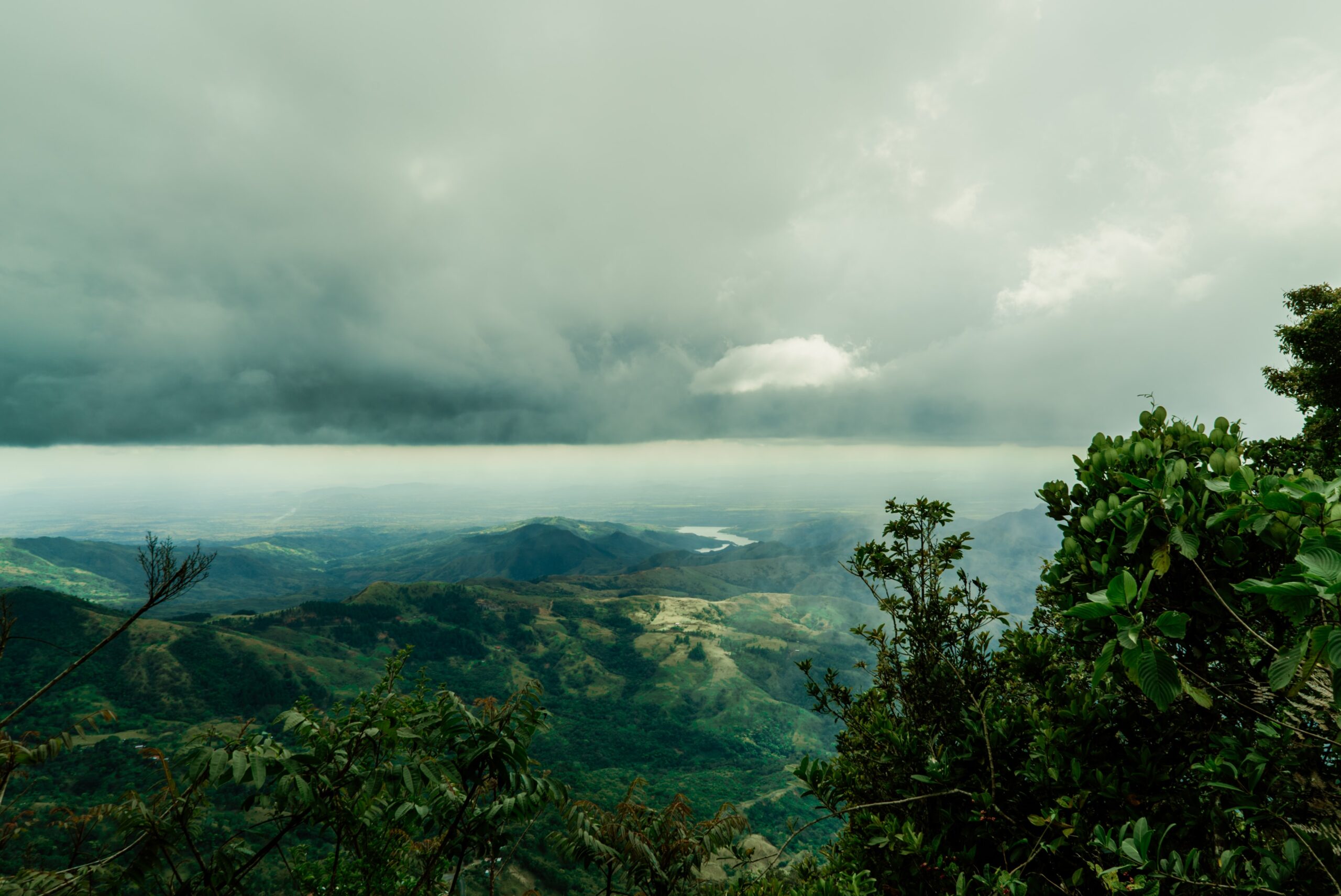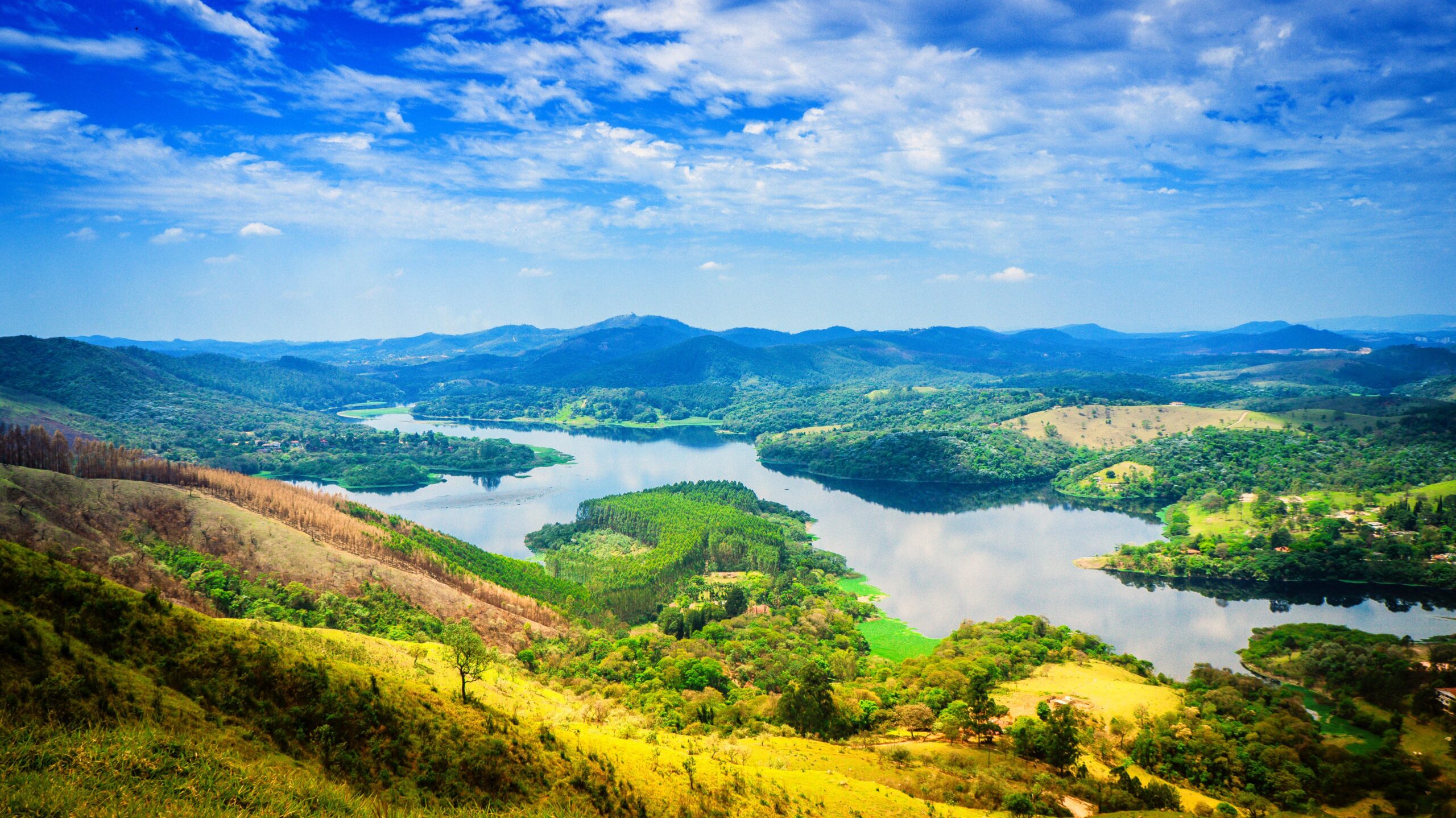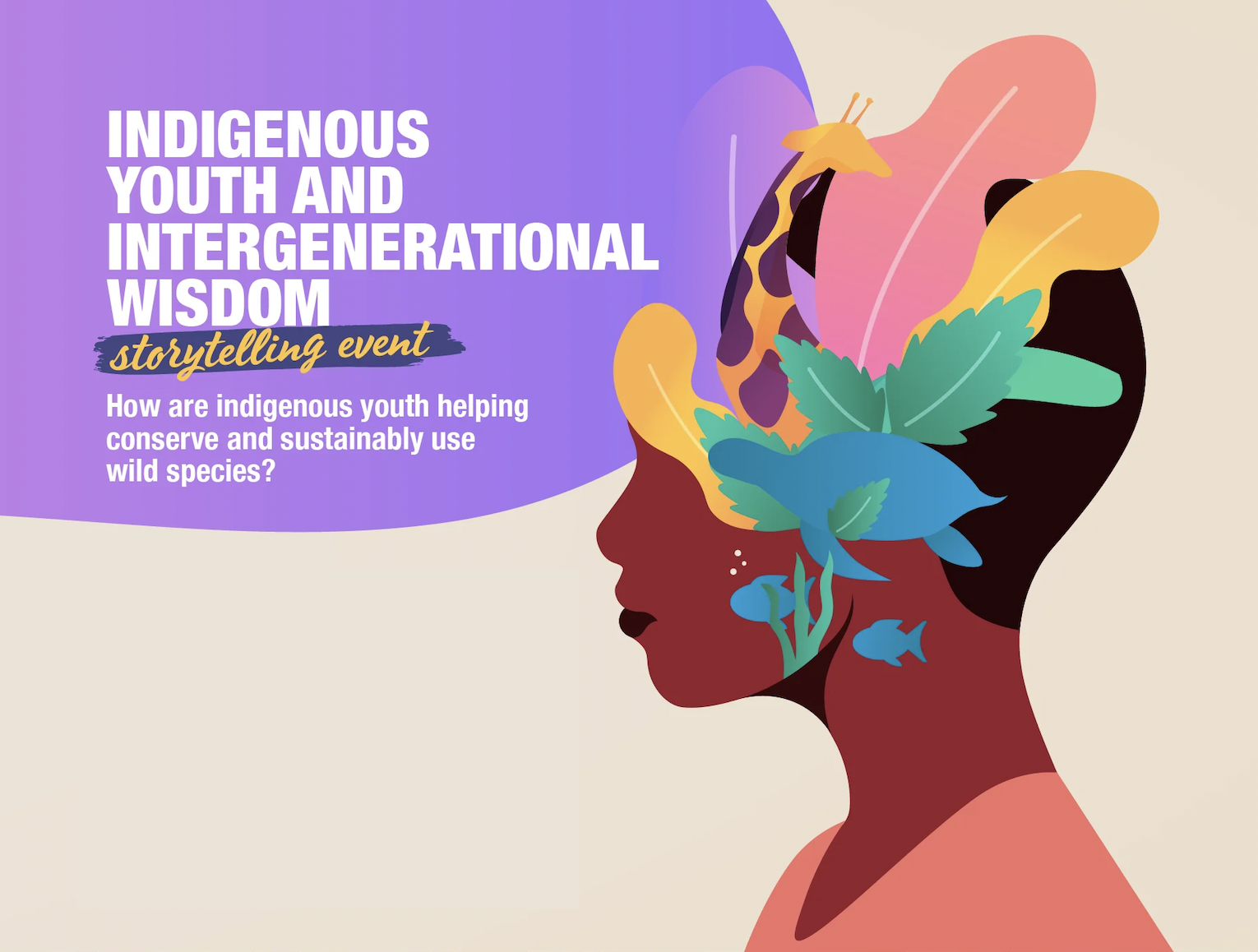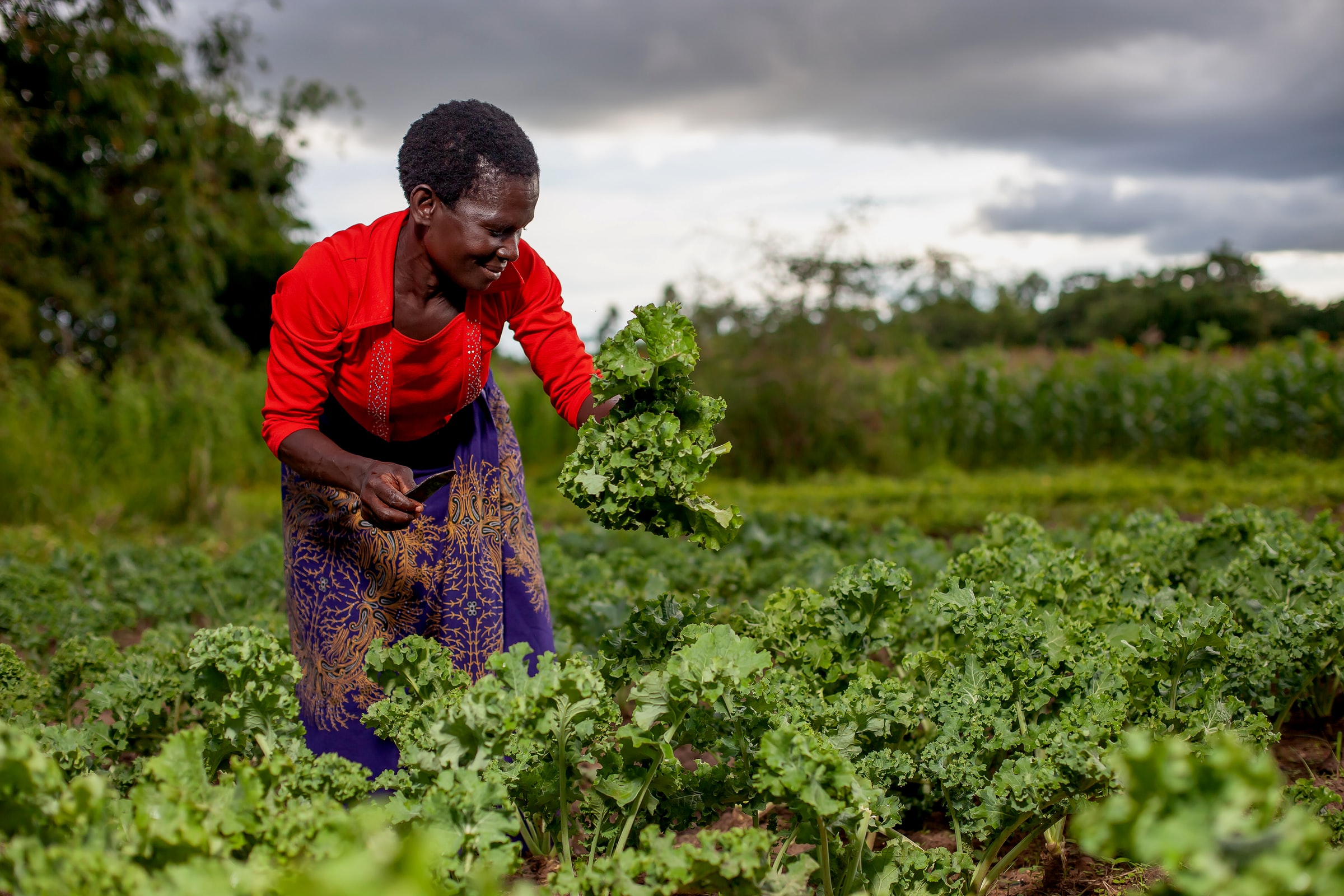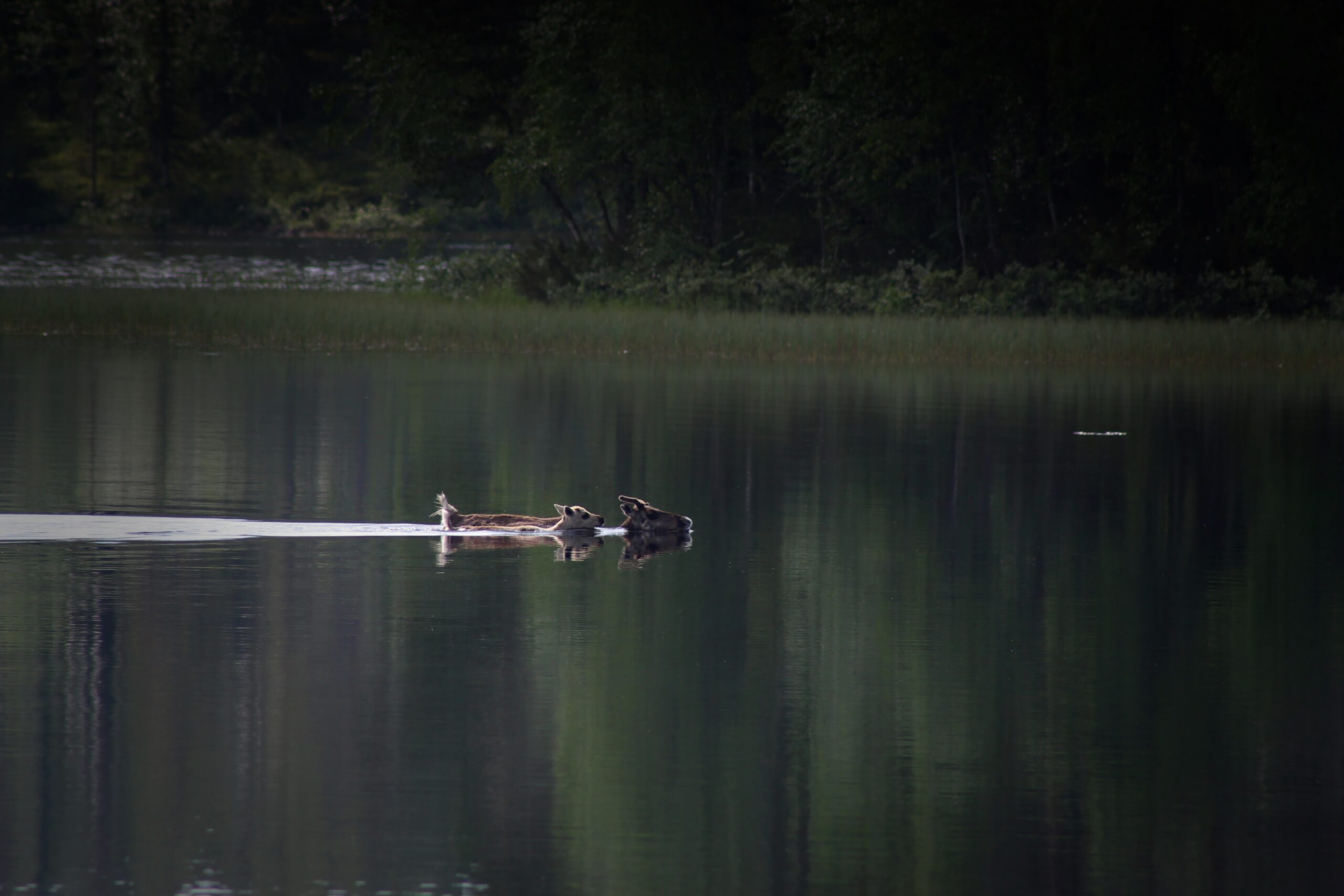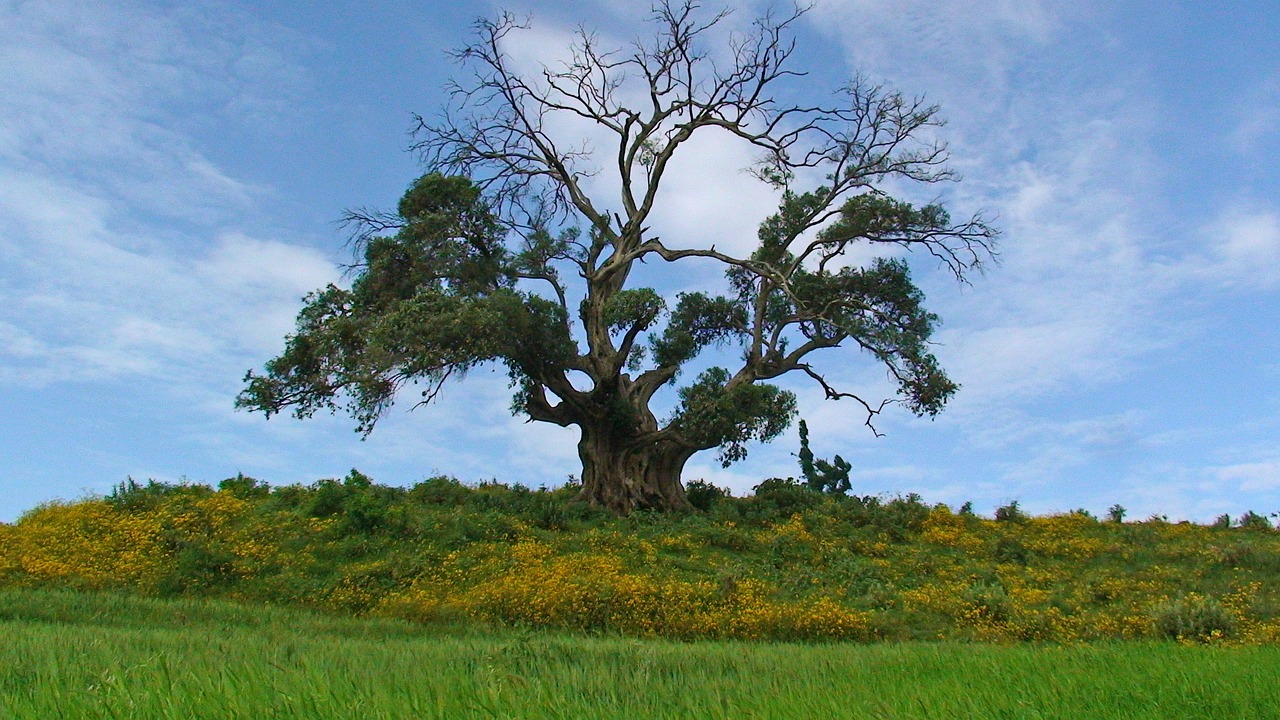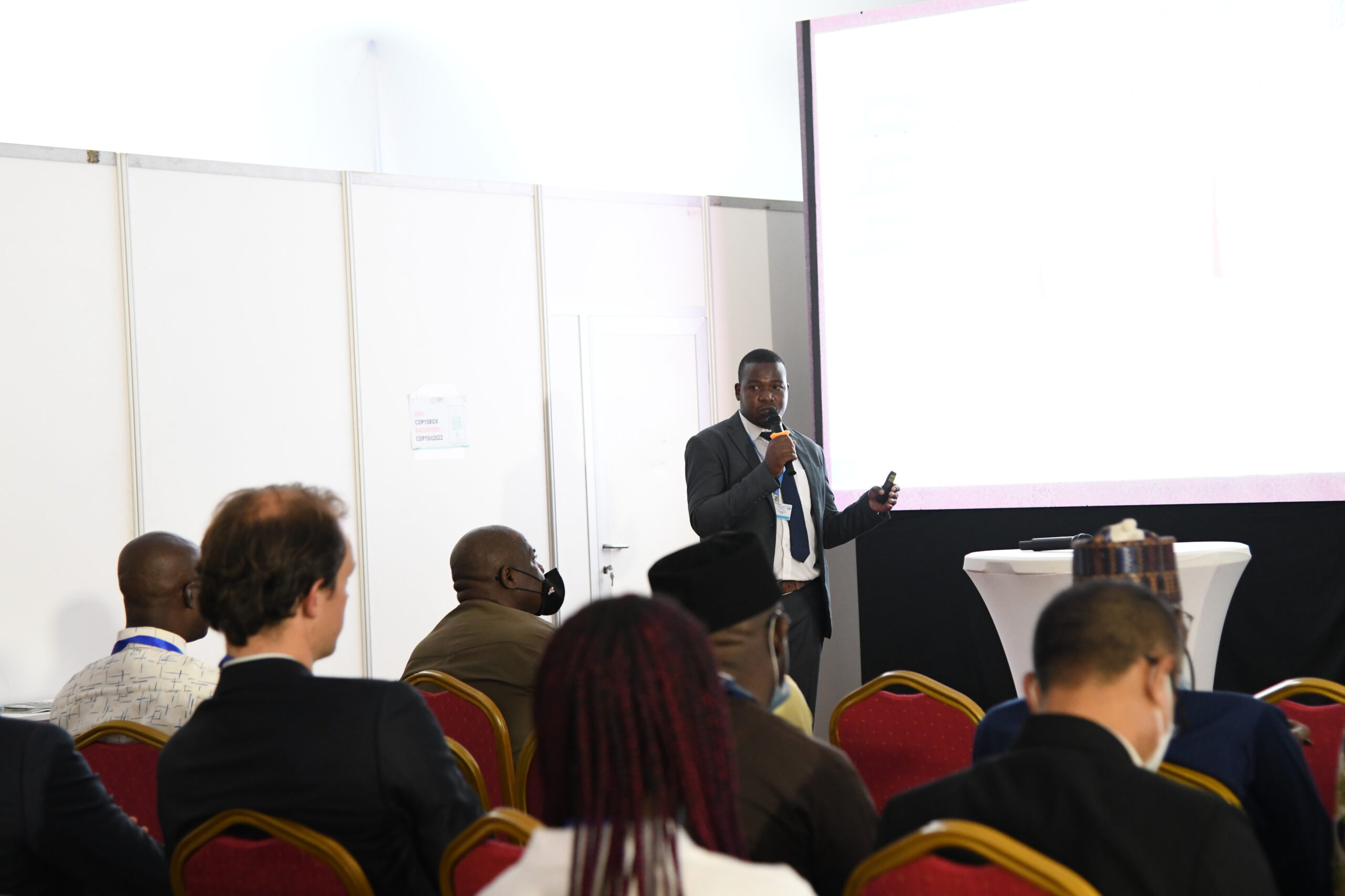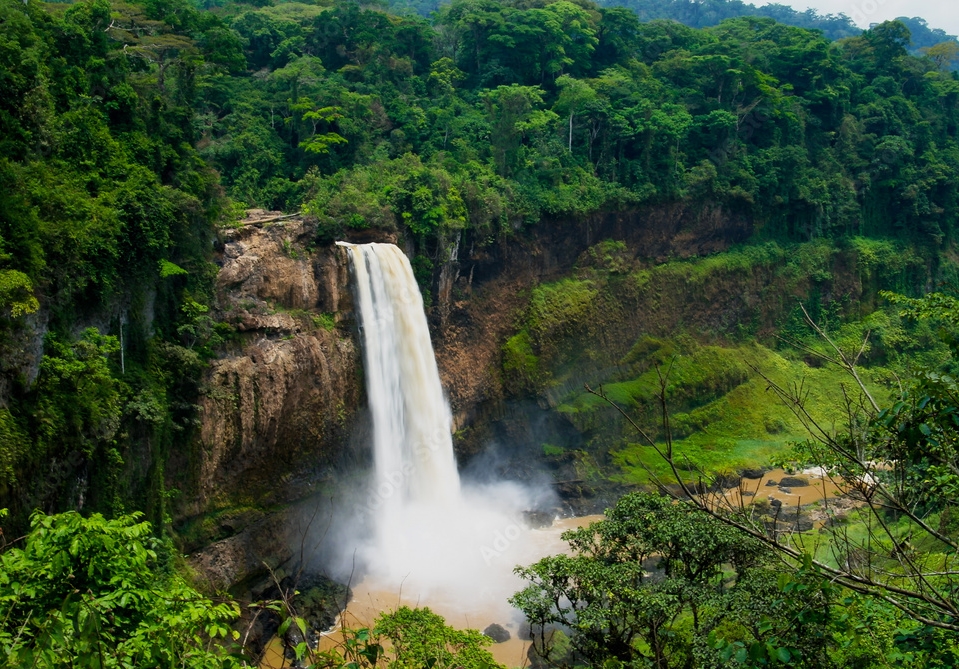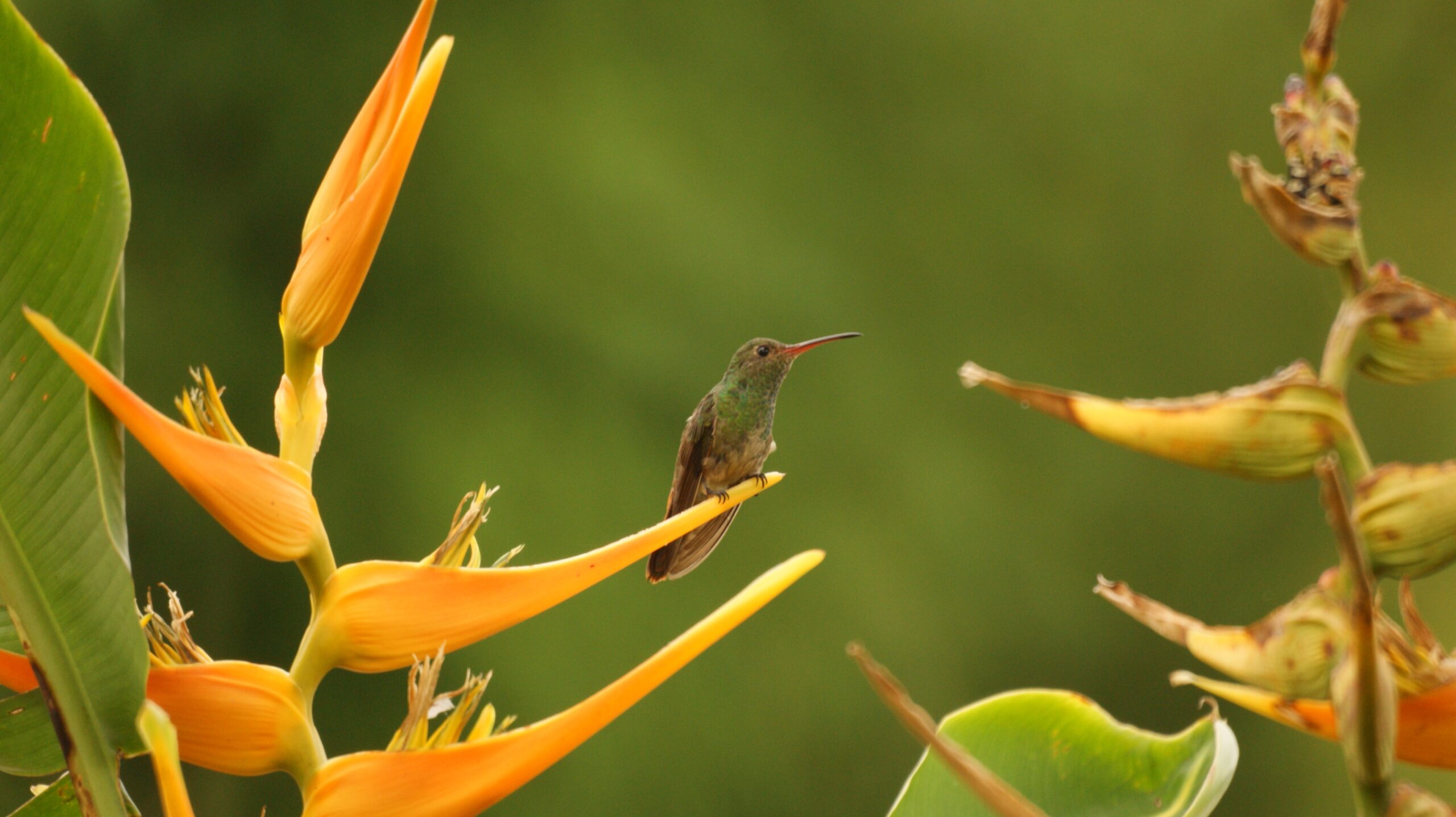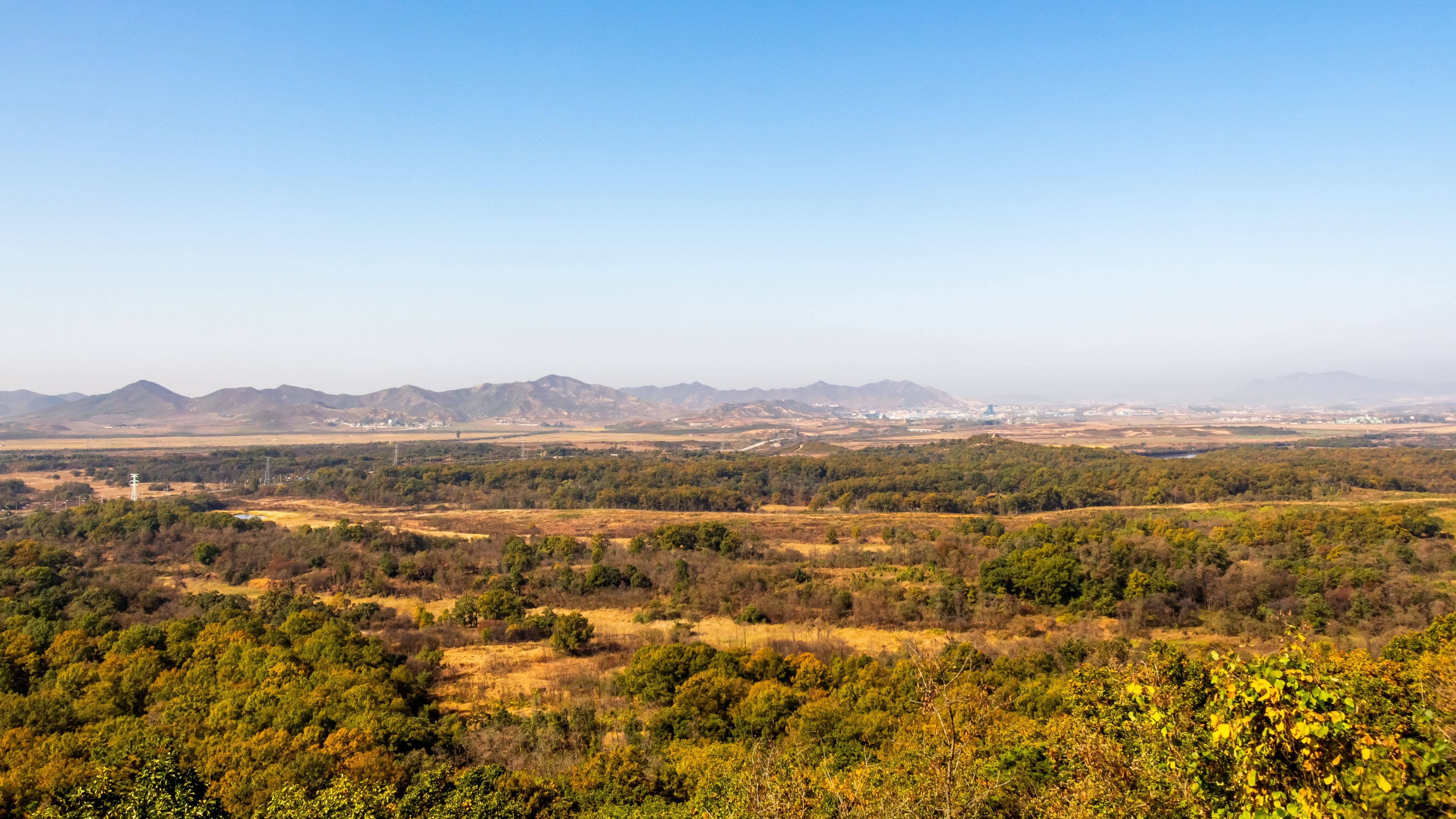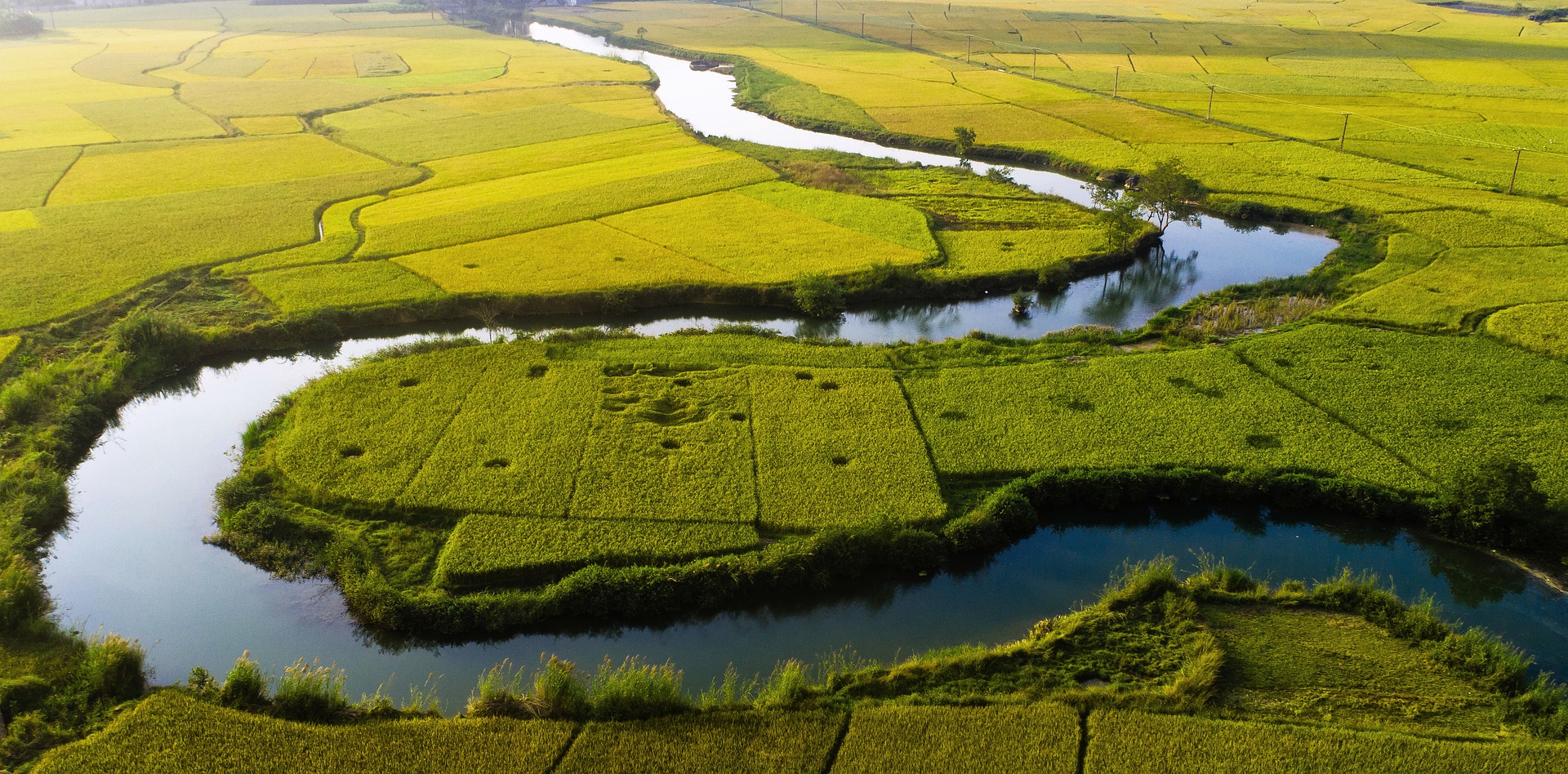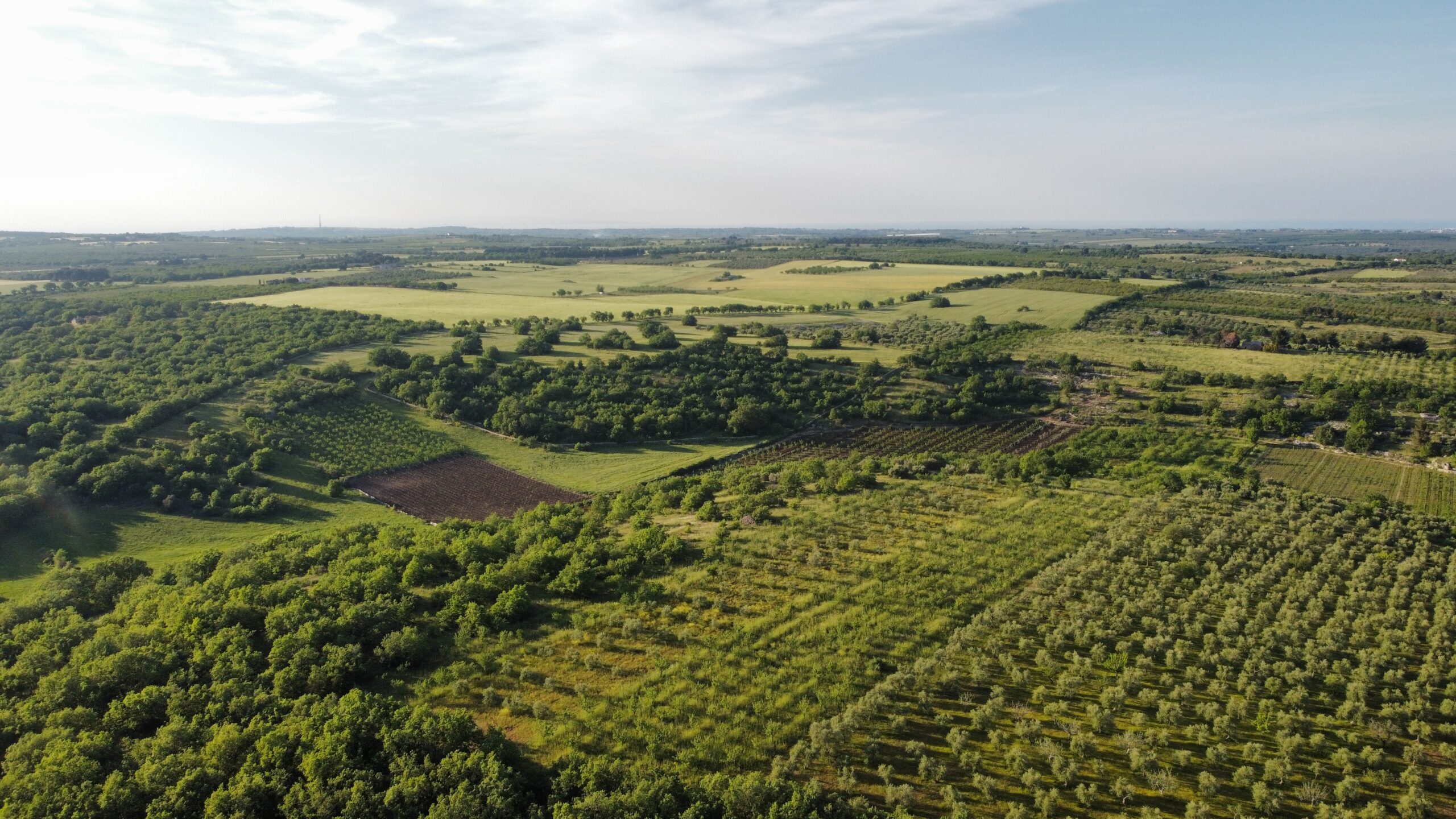FIRE: Igniting Opportunities for All to Tackle Biodiversity Loss
by Saadet Müge Ülkü

Photo by Saad Alaiyadhi on Pexels
Photo by Saad Alaiyadhi on Pexels
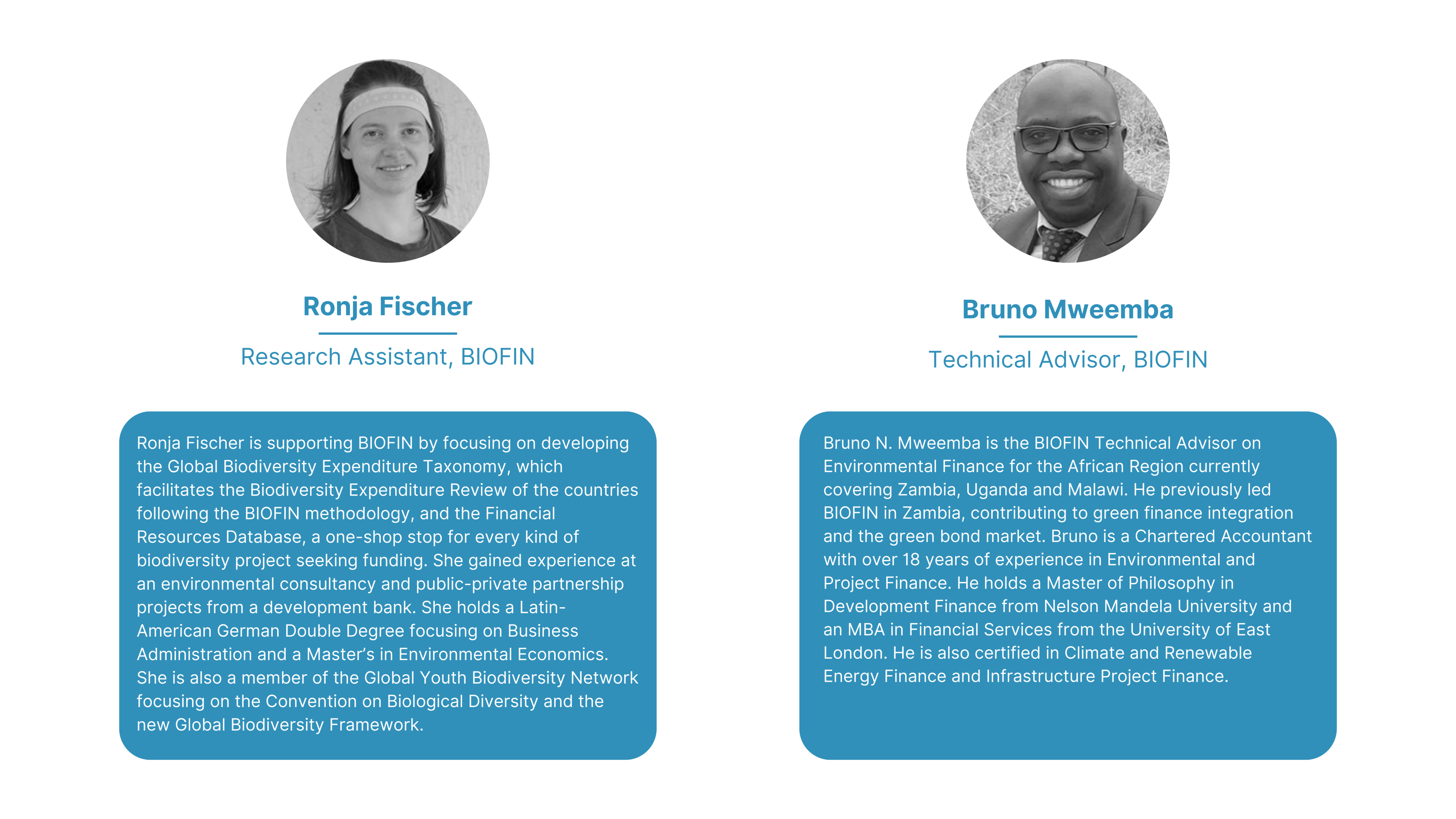
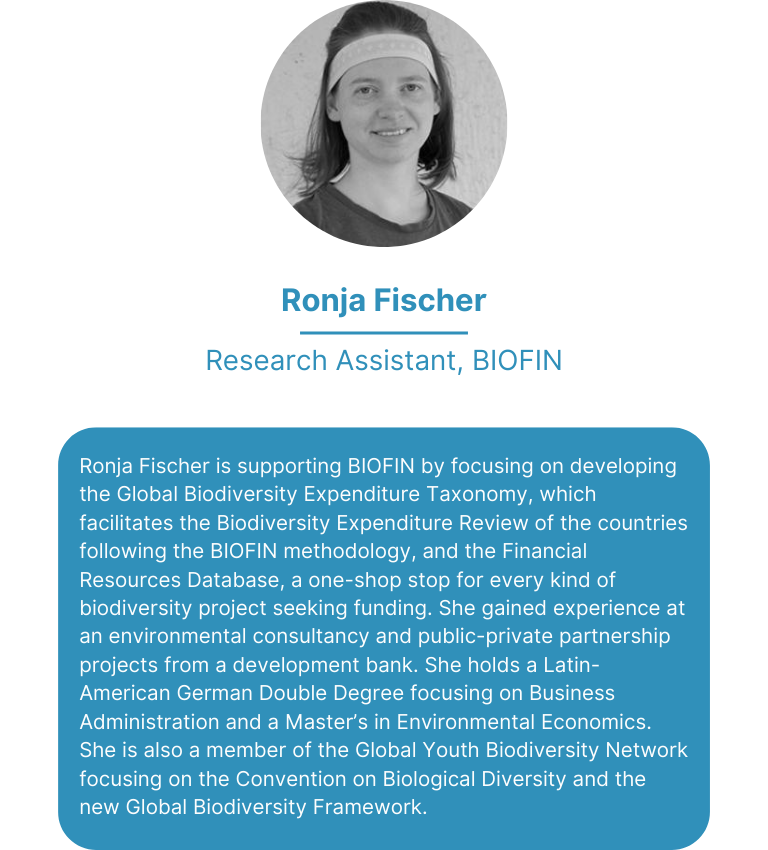
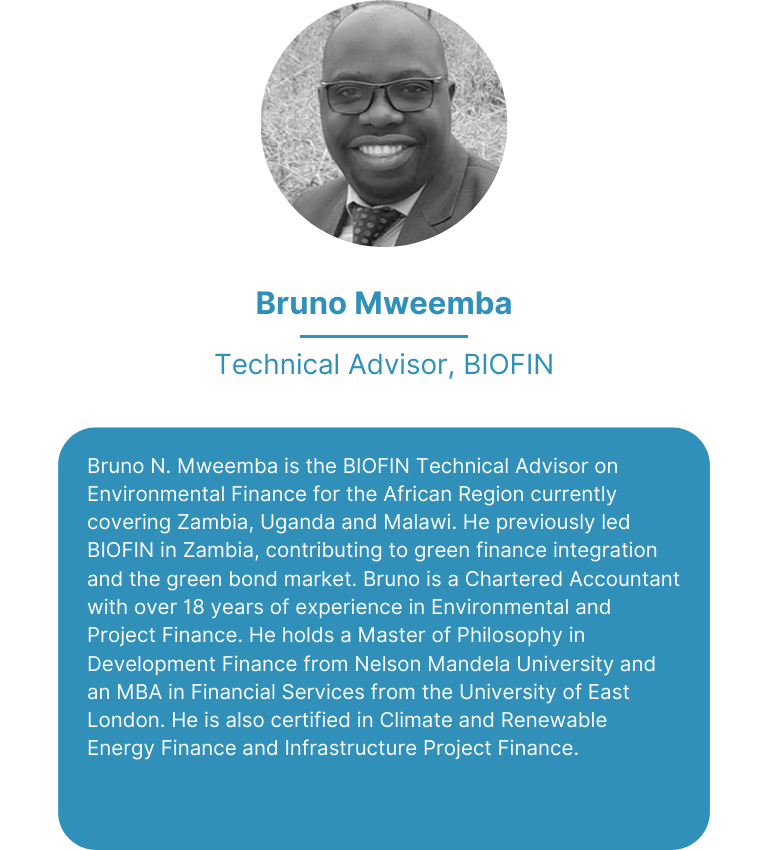
As the world grapples with the mounting crisis of biodiversity loss, the demand for funding to address these issues remains critical. However, funding biodiversity protection involves more than simply making funds available. Biodiversity conservation is a complex challenge that requires collaboration among various stakeholders and the use of diverse tools to achieve tangible and sustainable results.
FIRE aims to offer a single platform to connect funding solutions and those seeking funds for biodiversity projects.
To be effective, biodiversity finance must embrace this complexity by establishing inclusive structures to accommodate multiple stakeholders, meeting the demand for diverse solutions and maintaining the flexibility that traditional financial methods often lack. In response to this, there has been a growing effort in biodiversity finance to introduce new tools and mechanisms. The challenge now is to match these new instruments with the right stakeholders on the ground to achieve tangible results.
The Finance Resources for Database (FIRE) was created by UNDP’s Biodiversity Finance Initiative (BIOFIN) to facilitate this process. FIRE aims to offer a single platform to connect funding solutions and those seeking funds for biodiversity projects.
To provide more details about FIRE, we interviewed Ronja Fischer and Bruno Mweemba on how this platform can support biodiversity conservation efforts globally.
As the world grapples with the mounting crisis of biodiversity loss, the demand for funding to address these issues remains critical. However, funding biodiversity protection involves more than simply making funds available.
Biodiversity conservation is a complex challenge that requires collaboration among various stakeholders and the use of diverse tools to achieve tangible and sustainable results. To be effective, biodiversity finance must embrace this complexity by establishing inclusive structures to accommodate multiple stakeholders, meeting the demand for diverse solutions and maintaining the flexibility that traditional financial methods often lack. In response to this, there has been a growing effort in biodiversity finance to introduce new tools and mechanisms. The challenge now is to match these new instruments with the right stakeholders on the ground to achieve tangible results.
The Finance Resources for Database (FIRE) was created by UNDP’s Biodiversity Finance Initiative (BIOFIN) to facilitate this process. FIRE aims to offer a single platform to connect funding solutions and those seeking funds for biodiversity projects.
To provide more details about FIRE, we interviewed Ronja Fischer and Bruno Mweemba on how this platform can support biodiversity conservation efforts globally.
FIRE aims to offer a single platform to connect funding solutions and those seeking funds for biodiversity projects.
What is the main objective of FIRE?

Photo by Saad Alaiyadhi on Pexels
Photo by Saad Alaiyadhi on Pexels
Discovering FIRE
FIRE supports anyone needing funding for biodiversity projects, without any geographical or thematic restrictions. Its broad scale and scope are key strengths of the platform. It provides opportunities suitable for individuals, NGOs, civil society groups, companies, universities and governments.
In biodiversity, possibilities are vast. A single individual with a brilliant idea to protect their favourite nature hike spot, non-governmental organizations operating across several regions for the protection of specific marine species, private companies, universities and even governments can find something to fit their needs. FIRE covers a range of financing methods including grants, equity or loans.
As of June 2024, FIRE had 335 opportunities (and counting) – around 60% of which is made up of grants, followed by equity at 18% and loans at 12%. The financial opportunities range from several hundreds to millions of dollars. Ronja Fischer, who manages FIRE under UNDP’s Biodiversity Finance Initiative (BIOFIN), emphasizes that there is much more to come for FIRE, with over 400 new opportunities waiting to be added.
As of June 2024, FIRE had 335 opportunities (and counting) – around 60% of which is made up of grants, followed by equity at 18% and loans at 12%.
FIRE addresses the challenge that lies at the heart of biodiversity financing: matching available funding with people or organizations seeking it. “The problem is that in biodiversity projects, the people who offer funds and the people who want funds often don’t easily find one another,” Fischer notes. “Consequently, the transaction cost involved is huge.”
It is precisely this transaction cost that FIRE aims to eliminate. It offers a single, free platform with various filtering options for prospective projects to seek suitable funding.
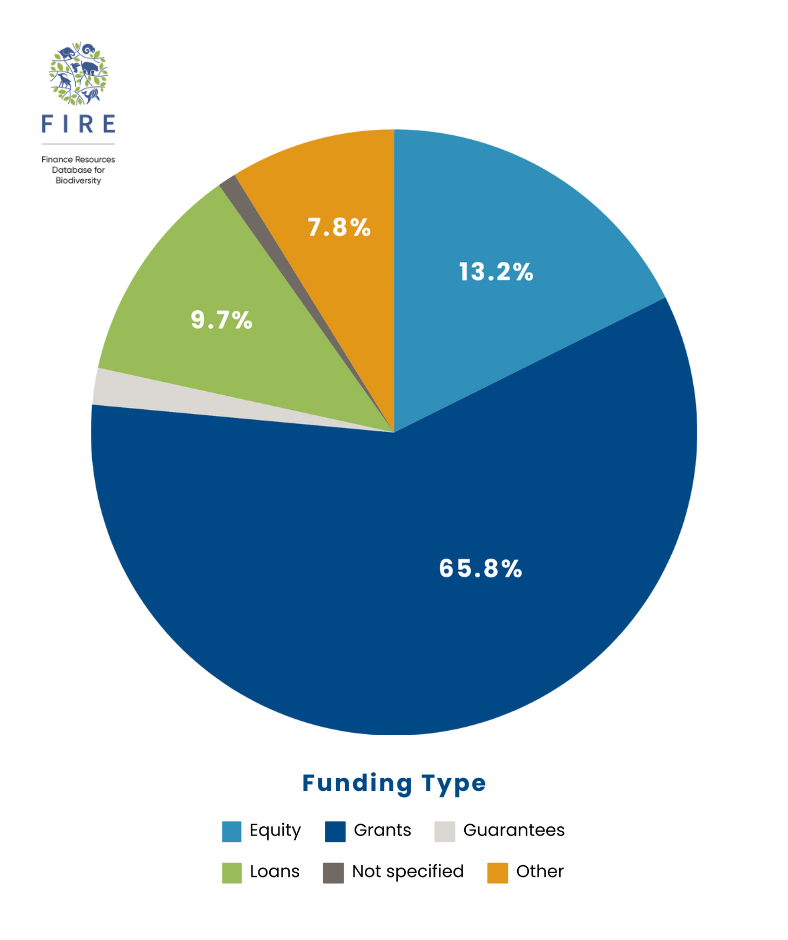
Produced using data from BIOFIN FIRE
Produced using data from BIOFIN FIRE
Discovering FIRE
FIRE supports anyone needing funding for biodiversity projects, without any geographical or thematic restrictions. Its broad scale and scope are key strengths of the platform. It provides opportunities suitable for individuals, NGOs, civil society groups, companies, universities and governments.
In biodiversity, possibilities are vast. A single individual with a brilliant idea to protect their favourite nature hike spot, non-governmental organizations operating across several regions for the protection of specific marine species, private companies, universities and even governments can find something to fit their needs. FIRE covers a range of financing methods including grants, equity or loans.
As of June 2024, FIRE had 335 opportunities (and counting) – around 60% of which is made up of grants, followed by equity at 18% and loans at 12%. The financial opportunities range from several hundreds to millions of dollars. Ronja Fischer, who manages FIRE under UNDP’s Biodiversity Finance Initiative (BIOFIN), emphasizes that there is much more to come for FIRE, with over 400 new opportunities waiting to be added.

Produced using data from BIOFIN FIRE
Produced using data from BIOFIN FIRE
As of June 2024, FIRE had 335 opportunities (and counting) – around 60% of which is made up of grants, followed by equity at 18% and loans at 12%.
FIRE addresses the challenge that lies at the heart of biodiversity financing: matching available funding with people or organizations seeking it. “The problem is that in biodiversity projects, the people who offer funds and the people who want funds often don’t easily find one another,” Fischer notes. “Consequently, the transaction cost involved is huge.”
It is precisely this transaction cost that FIRE aims to eliminate. It offers a single, free platform with various filtering options for prospective projects to seek suitable funding.
The problem is that in biodiversity projects, the people who offer funds and the people who want funds often don’t easily find one another.
The problem is that in biodiversity projects, the people who offer funds and the people who want funds often don’t easily find one another.
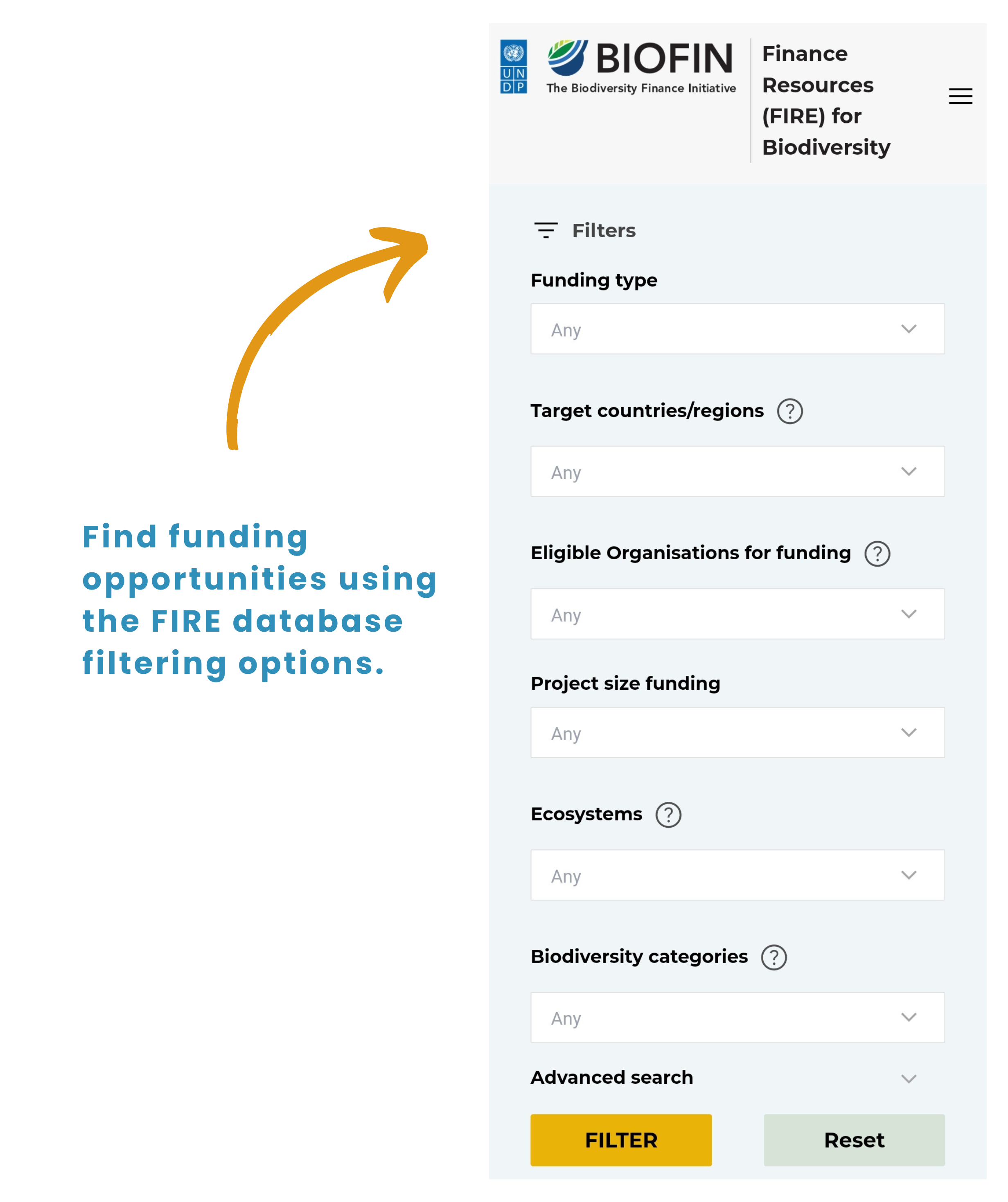
How to Use FIRE
With these many options, the first question is how to start using FIRE for funding your idea.
FIRE offers 10 filtering options to narrow down the database to opportunities you are eligible for. These filters include target countries/regions, funding type, applicant eligibility, specific ecosystems and those that prioritize underrepresented groups such as Indigenous Peoples.
FIRE continues to expand and improve based on user feedback and developments in biodiversity financing. Despite its broad scope, the database still requires constant updates and expansions to capture the biodiversity finance landscape and keep it comprehensive. Since its launch, several updates have already been made to incorporate feedback from users, including expansions to filtering options for more detailed searches.
How to Use FIRE
With these many options, the first question is how to start using FIRE for funding your idea.
FIRE offers 10 filtering options to narrow down the database to opportunities you are eligible for. These filters include target countries/regions, funding type, applicant eligibility, specific ecosystems and those that prioritize underrepresented groups such as Indigenous Peoples.

FIRE continues to expand and improve based on user feedback and developments in biodiversity financing. Despite its broad scope, the database still requires constant updates and expansions to capture the biodiversity finance landscape and keep it comprehensive. Since its launch, several updates have already been made to incorporate feedback from users, including expansions to filtering options for more detailed searches.
The Future of FIRE
Looking ahead, FIRE aims to expand and incorporate more funding options at the national level. However, unlocking FIRE's full potential will require clearer funding plans and efforts to make projects investment-ready. Bruno Mweemba, BIOFIN Technical Advisor, stresses the importance of “bankability” and capacity-building for prospective projects – a challenge at all levels.
“When you're engaging with countries, you find that what most of them call ‘investable projects’ are merely concepts that have not even gone through feasibility or even pre-feasibility studies,” Mweemba notes. He explains that this means many stakeholders request funding without clear plans on the amount needed or how it will be spent. “If you don't know exactly how much you need, then where the money is going becomes a very difficult conversation with the potential funders. Right now, when potential funders get to a country to offer finance, they are met with ideas that lack many of the necessary early steps to make it investible. When the gestation period for the investment decision is still three years away, a lot of potential investors just simply check out.”
If you don't know exactly how much you need, then where the money is going becomes a very difficult conversation with the potential funders.
Capacity issues are also a major challenge in the field. “It is very tough for a conservation project in the rural parts of a country, for example, to know where to start and how to access FIRE, find the right opportunities, follow the right links and put together a convincing concept that could stand out to the funders,” Mweemba points out. “We need a middle person to help with all these steps so that FIRE can reach its full potential.”
However, both Fischer and Mweemba take pride in the accomplishment of setting up FIRE. “There's been this conviction over the years that there aren’t enough financing resources for biodiversity and that the designated financial mechanisms, such as the Convention on Biological Diversity and the Global Environment Facility, are not adequate. What we are demonstrating with FIRE is that there's more beyond these designated finance mechanisms. We are debunking these arguments and demonstrating that there's a lot of fish out there,” Mweemba adds,” So, get your fishing rods and let's fish.”
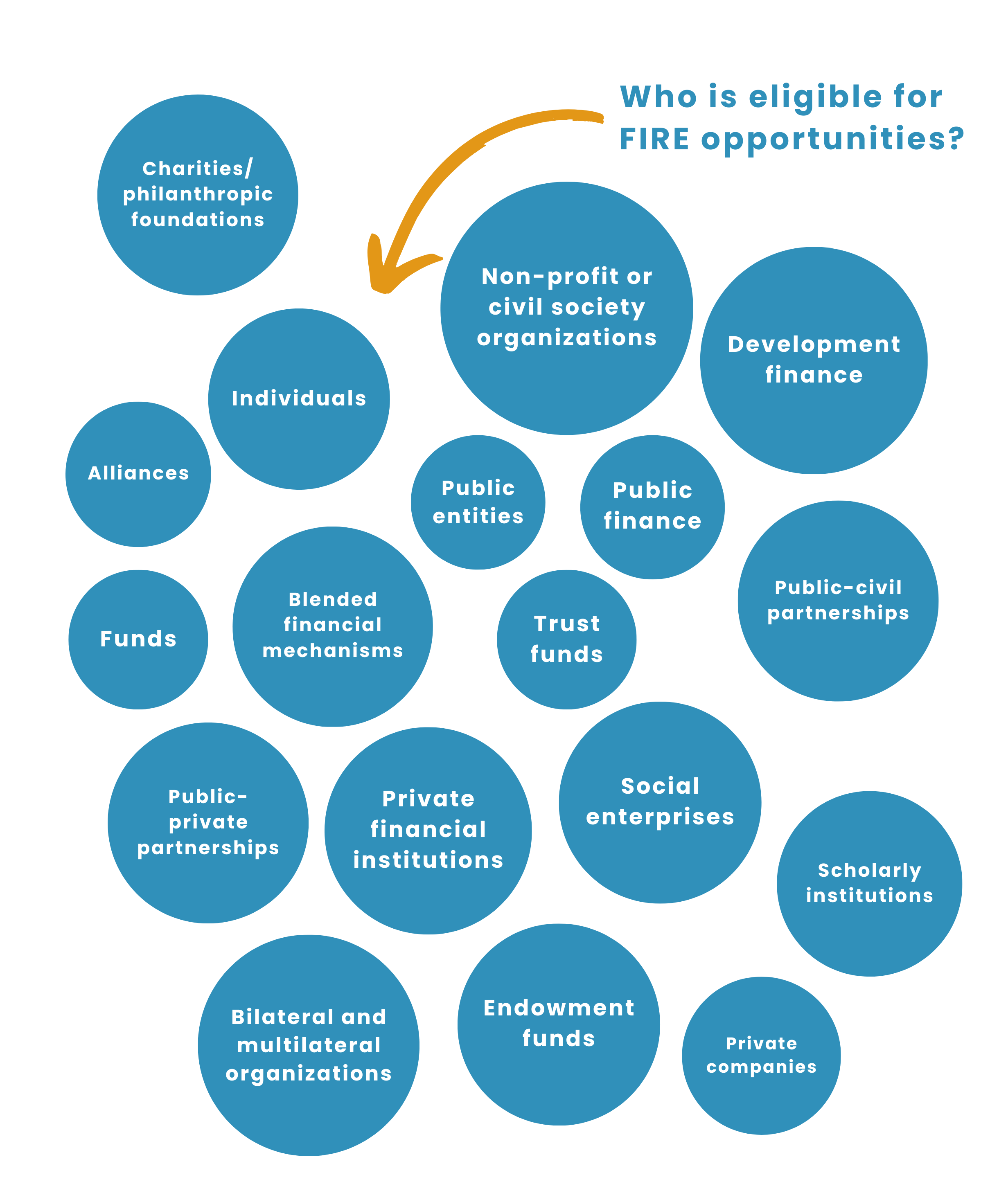
The Future of FIRE

Looking ahead, FIRE aims to expand and incorporate more funding options at the national level. However, unlocking FIRE's full potential will require clearer funding plans and efforts to make projects investment-ready. Bruno Mweemba, BIOFIN Technical Advisor, stresses the importance of “bankability” and capacity-building for prospective projects – a challenge at all levels.
“When you're engaging with countries, you find that what most of them call ‘investable projects’ are merely concepts that have not even gone through feasibility or even pre-feasibility studies,” Mweemba notes. He explains that this means many stakeholders request funding without clear plans on the amount needed or how it will be spent. “If you don't know exactly how much you need, then where the money is going becomes a very difficult conversation with the potential funders. Right now, when potential funders get to a country to offer finance, they are met with ideas that lack many of the necessary early steps to make it investible. When the gestation period for the investment decision is still three years away, a lot of potential investors just simply check out.”
If you don't know exactly how much you need, then where the money is going becomes a very difficult conversation with the potential funders.
Capacity issues are also a major challenge in the field. “It is very tough for a conservation project in the rural parts of a country, for example, to know where to start and how to access FIRE, find the right opportunities, follow the right links and put together a convincing concept that could stand out to the funders,” Mweemba points out. “We need a middle person to help with all these steps so that FIRE can reach its full potential.”
However, both Fischer and Mweemba take pride in the accomplishment of setting up FIRE. “There's been this conviction over the years that there aren’t enough financing resources for biodiversity and that the designated financial mechanisms, such as the Convention on Biological Diversity and the Global Environment Facility, are not adequate. What we are demonstrating with FIRE is that there's more beyond these designated finance mechanisms. We are debunking these arguments and demonstrating that there's a lot of fish out there,” Mweemba adds,” So, get your fishing rods and let's fish.”


